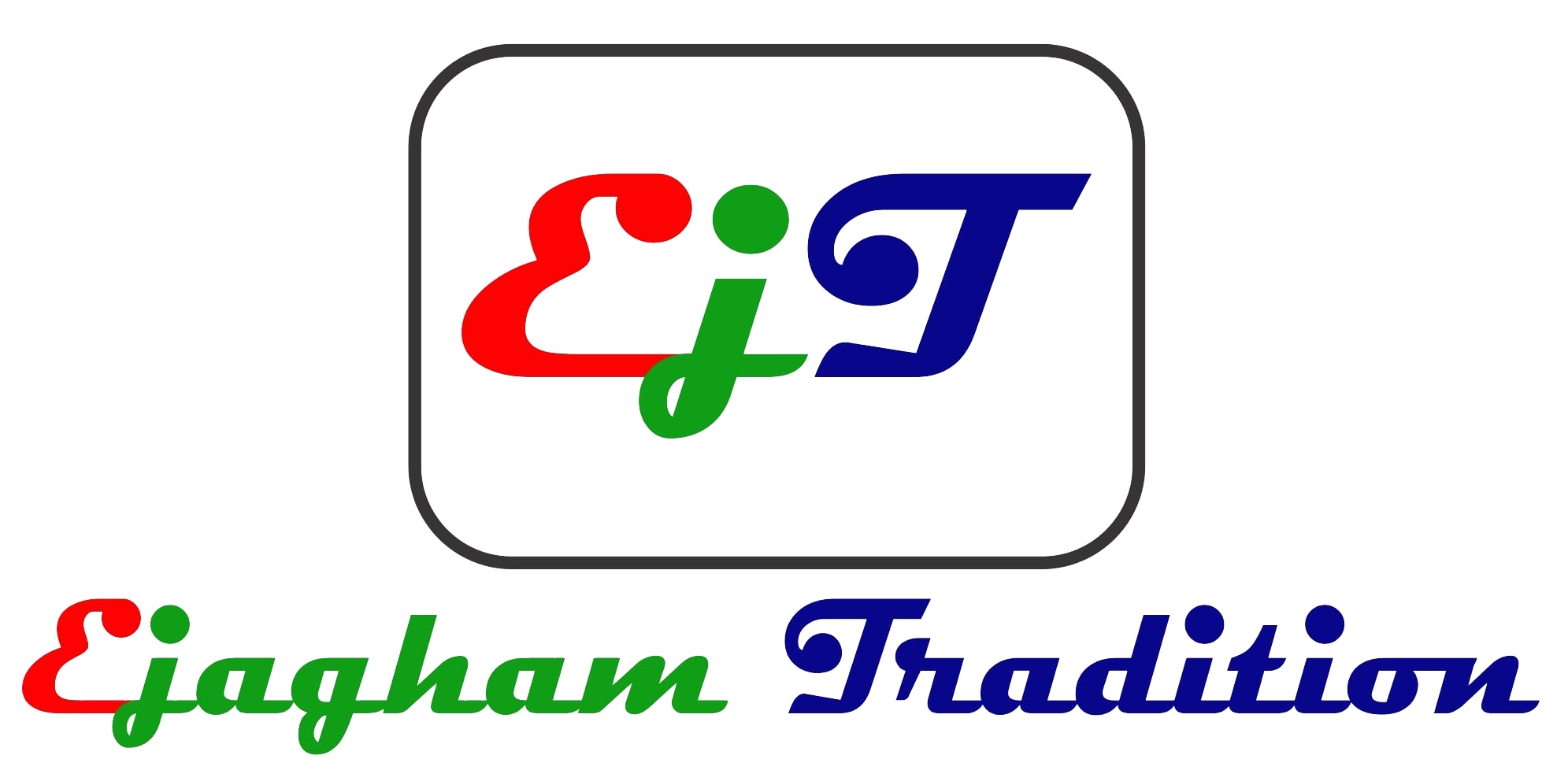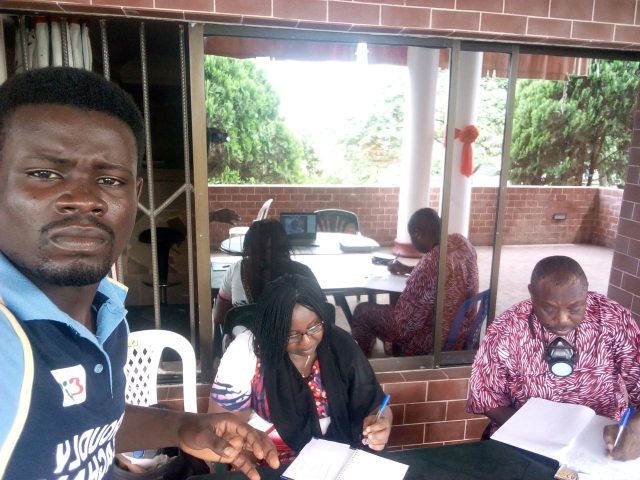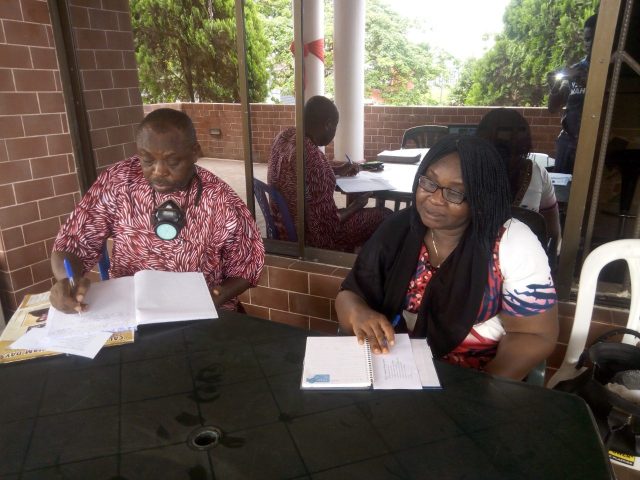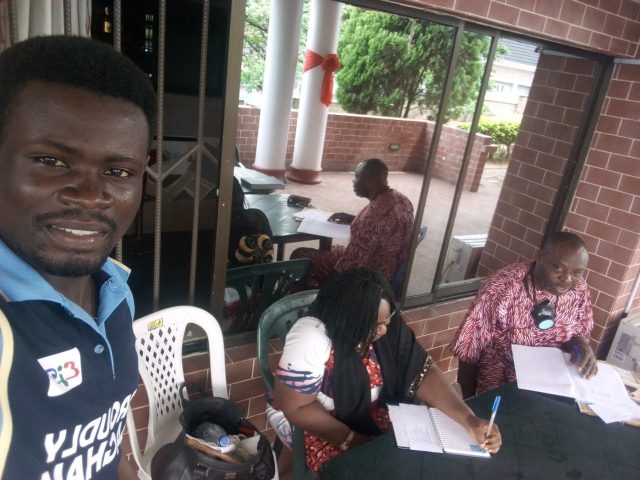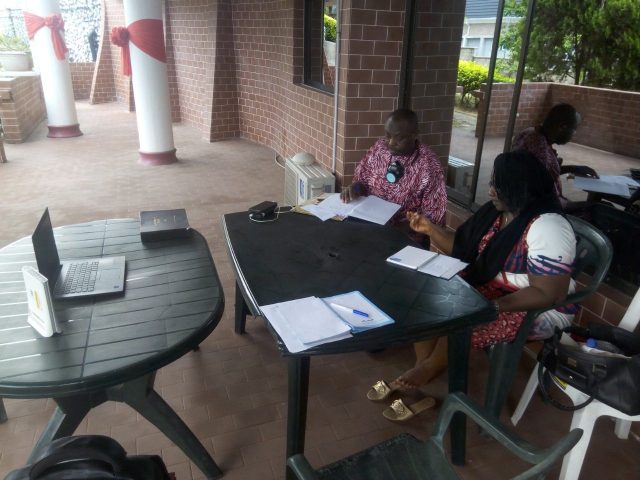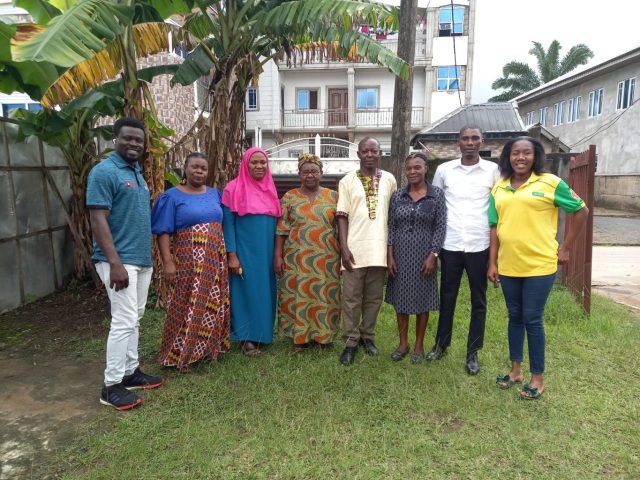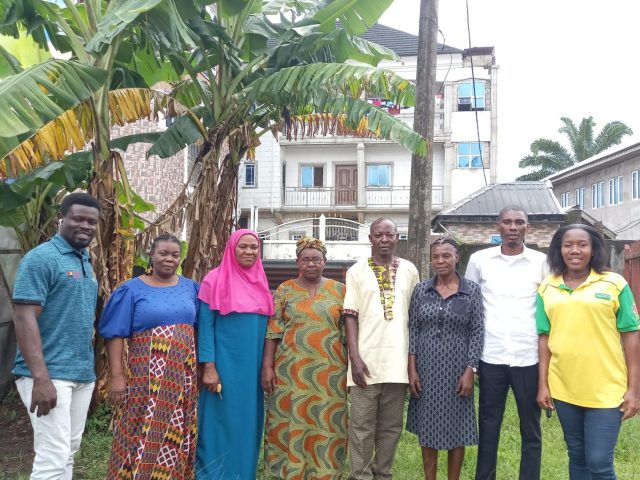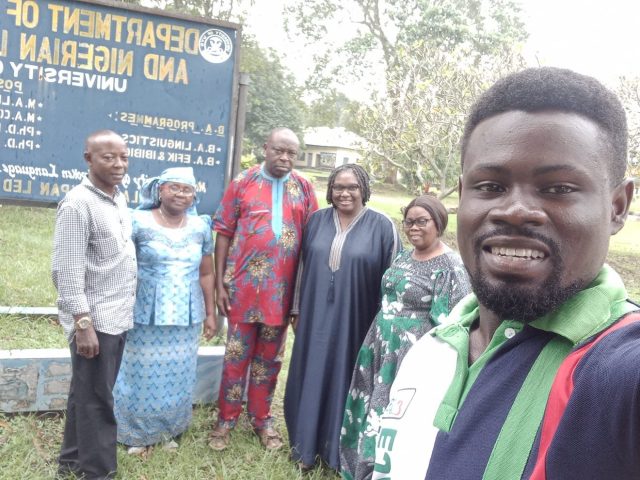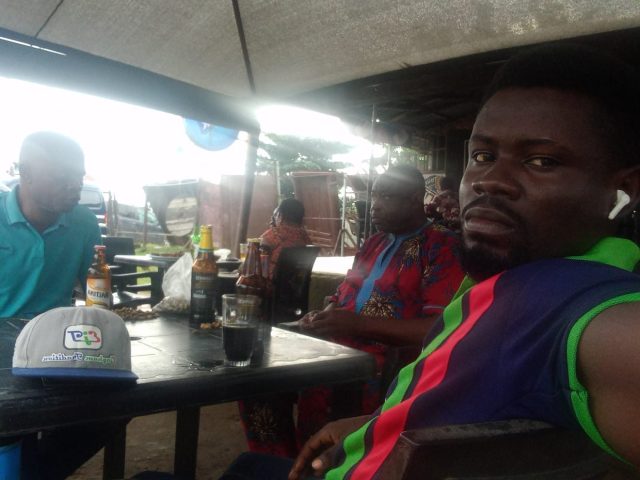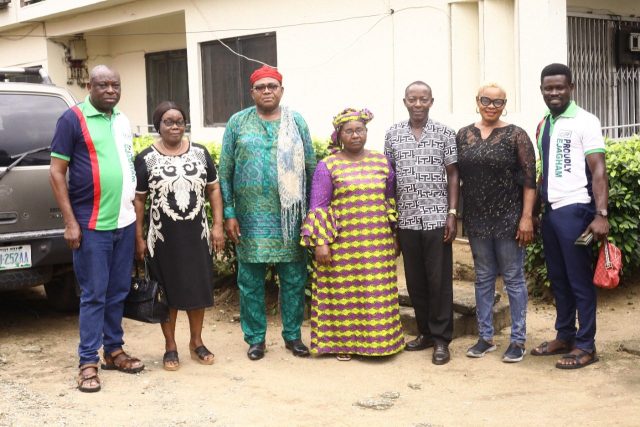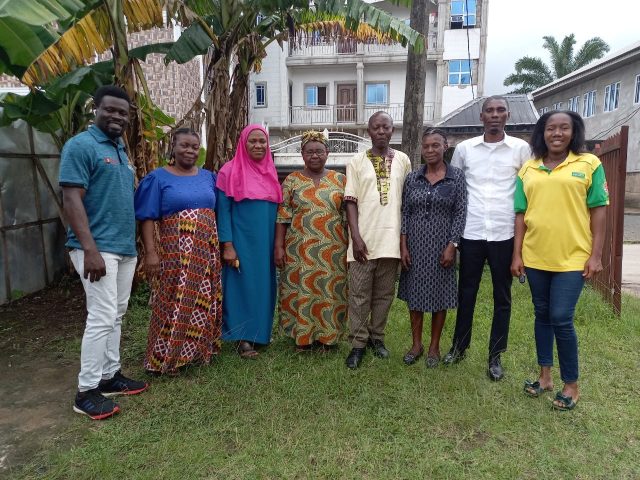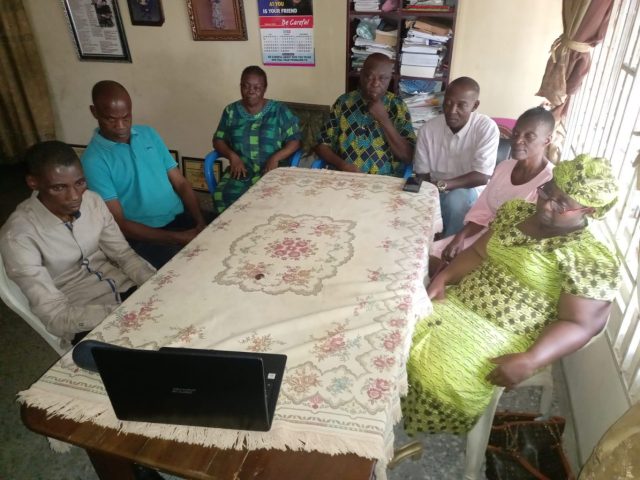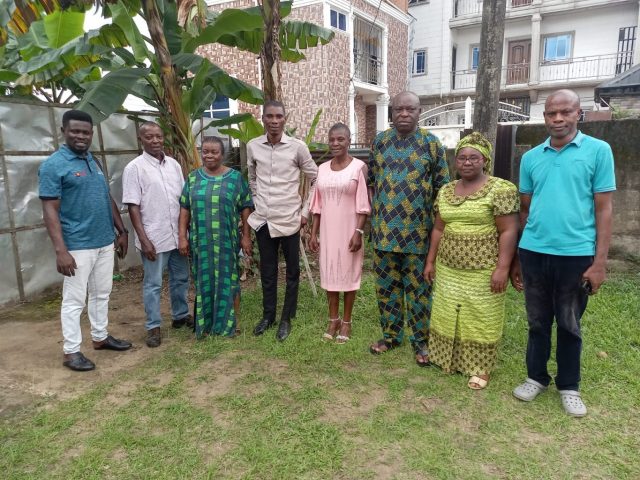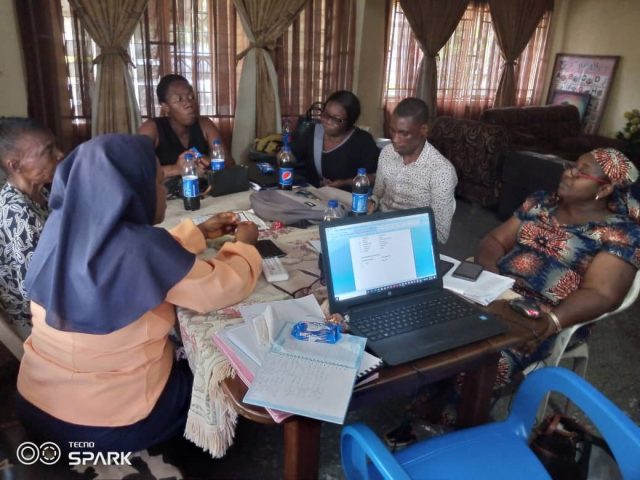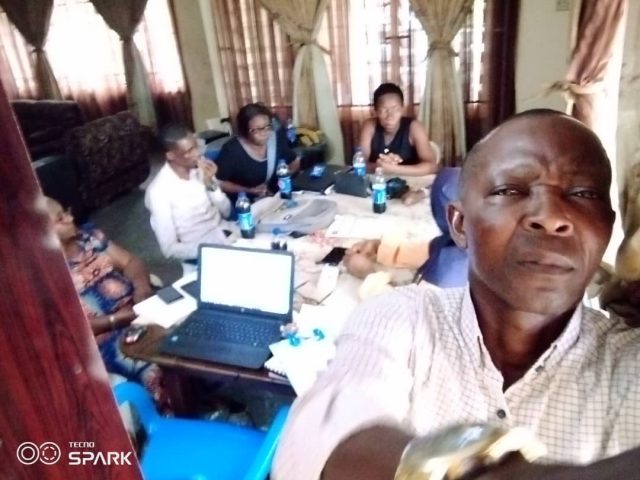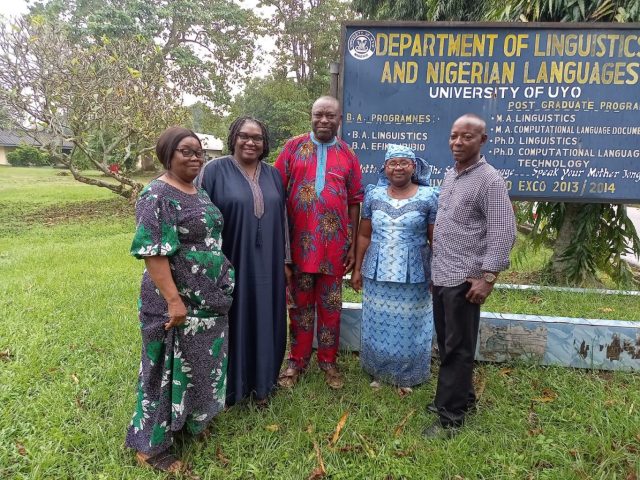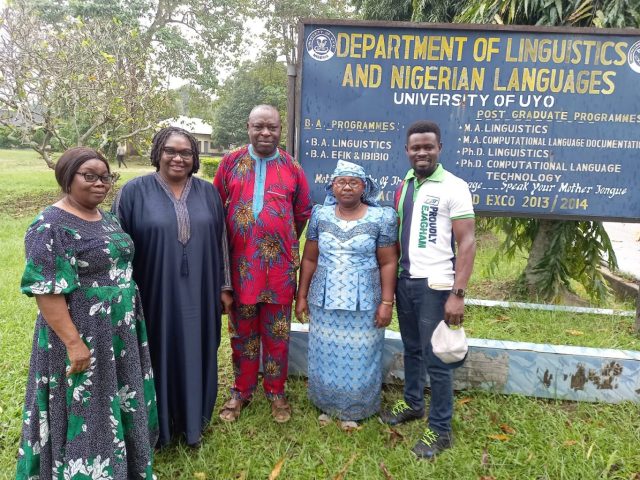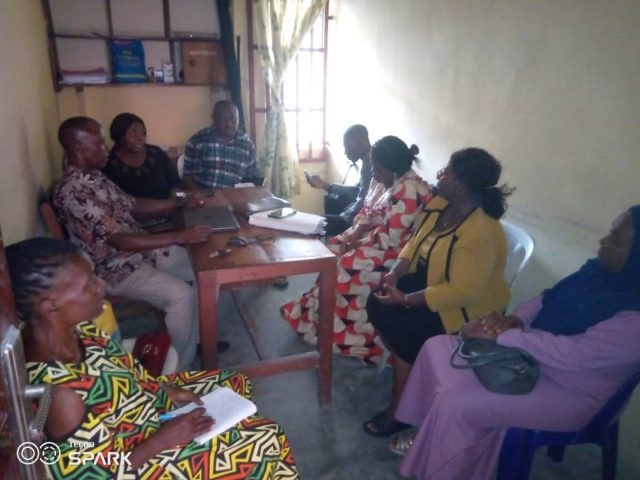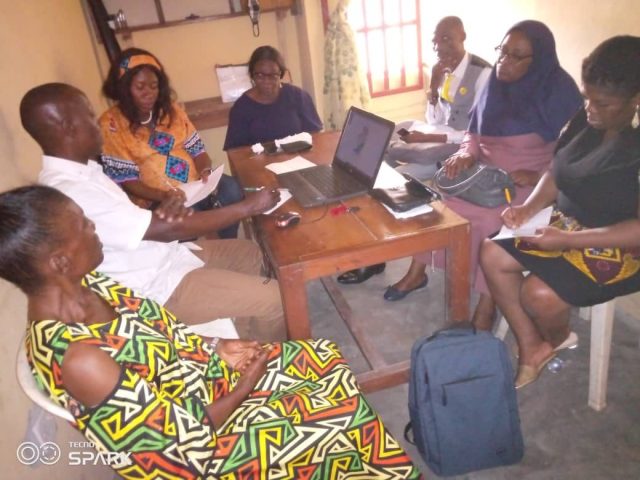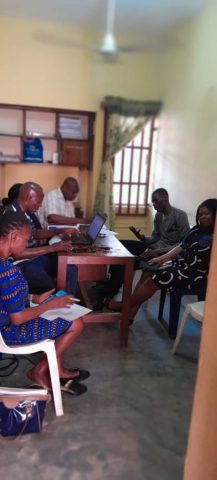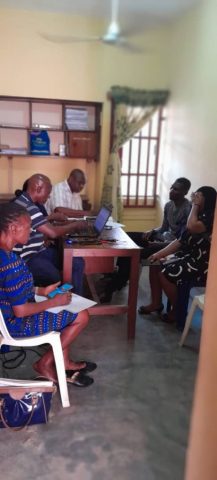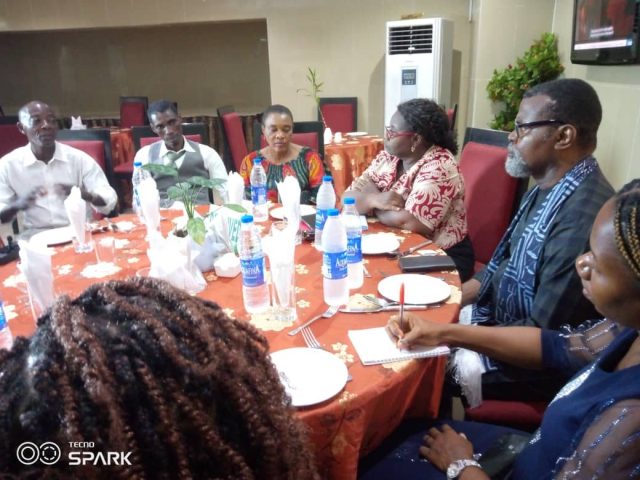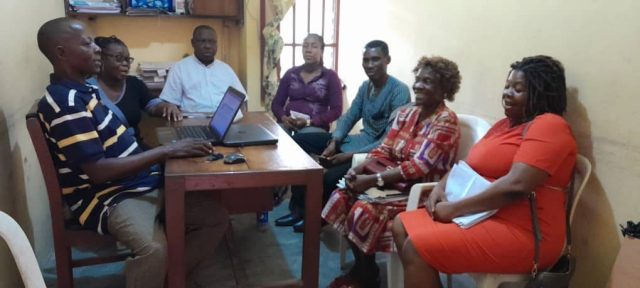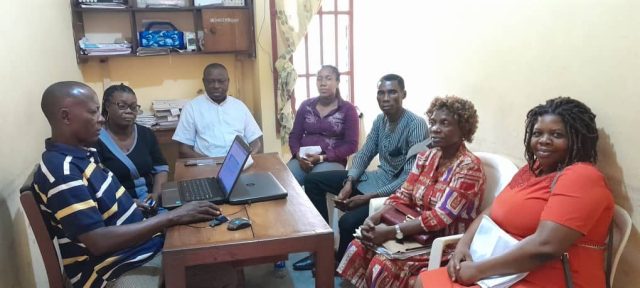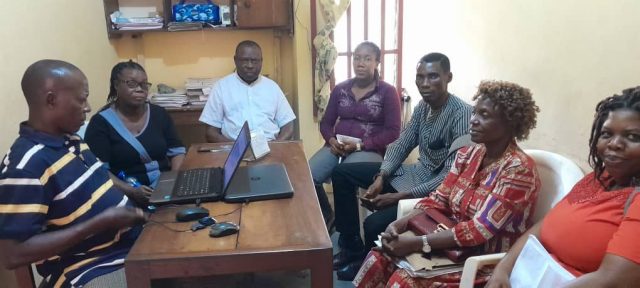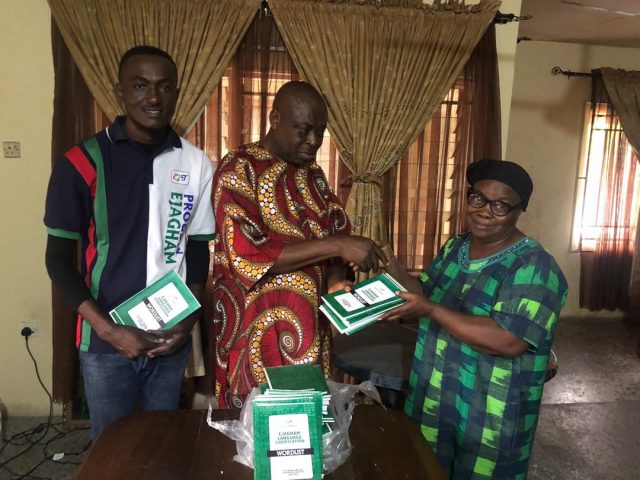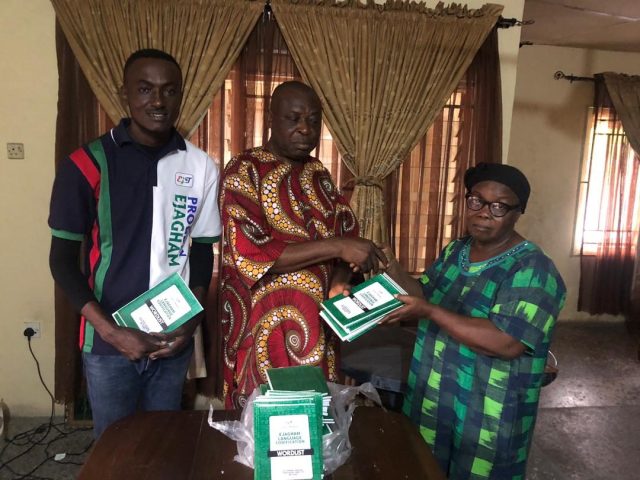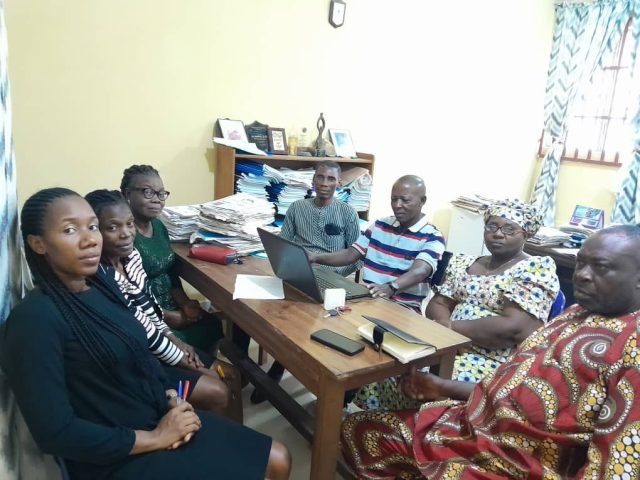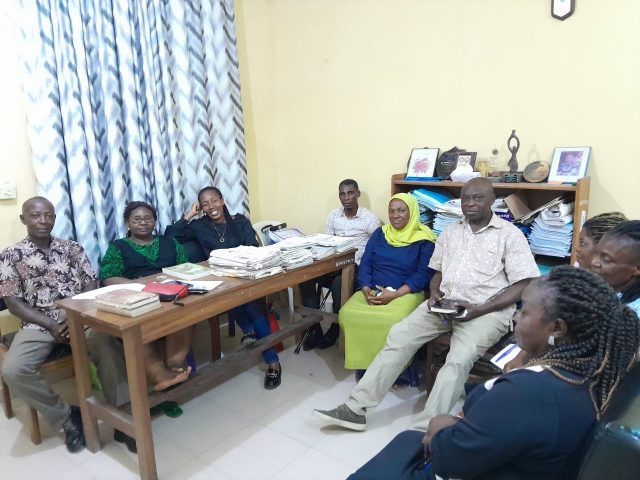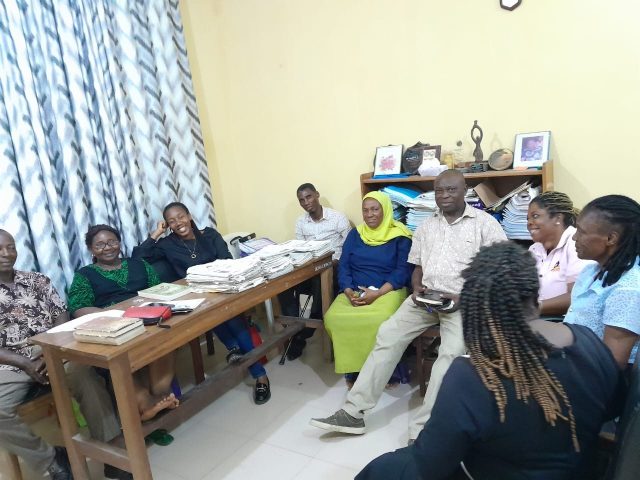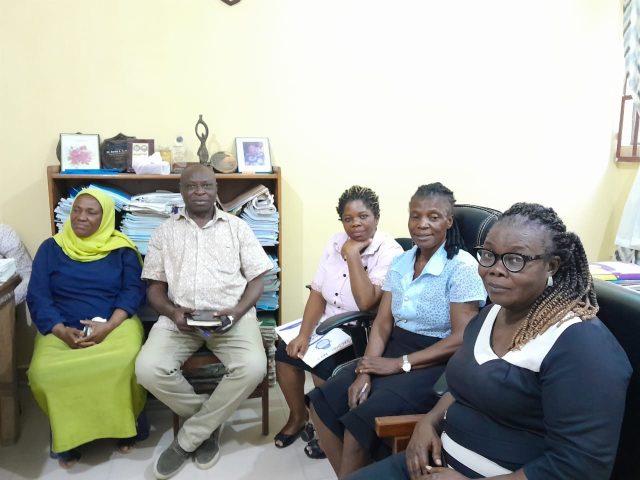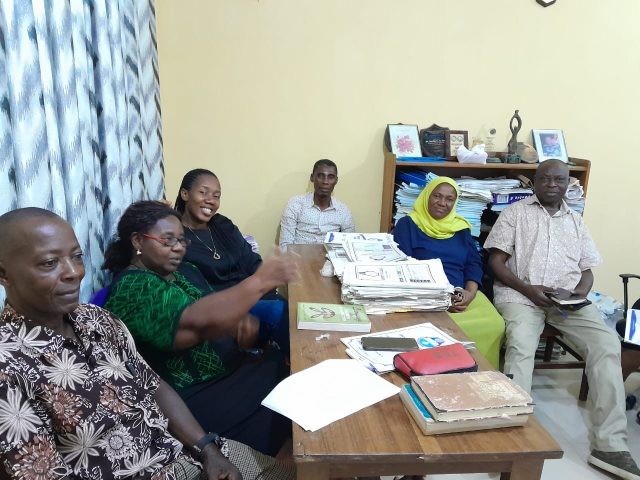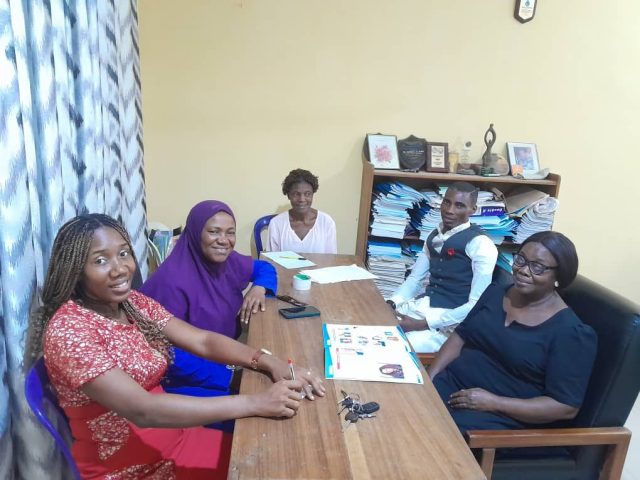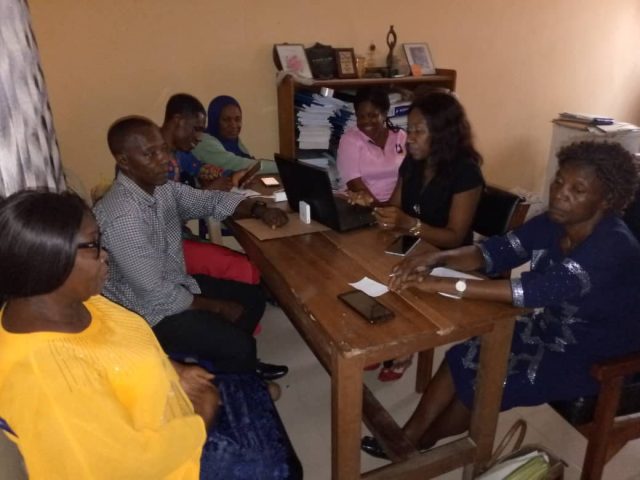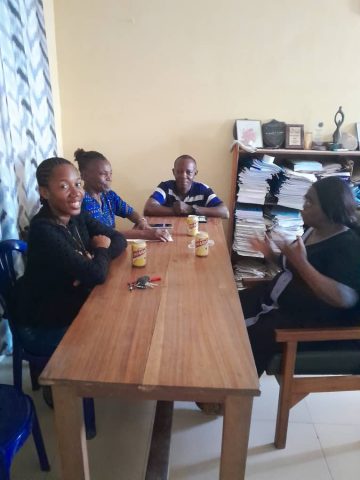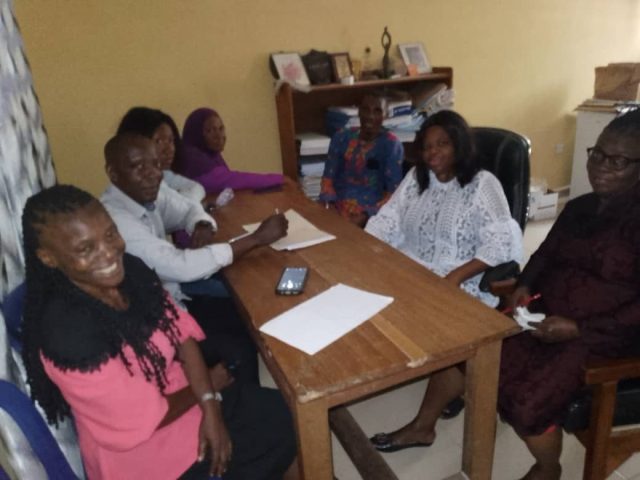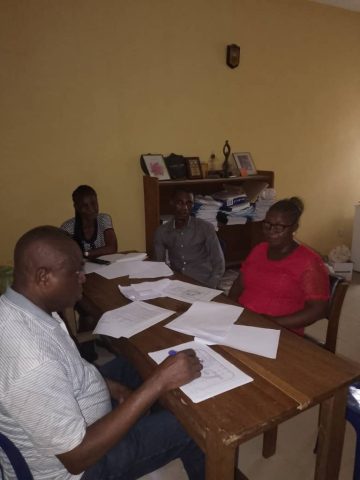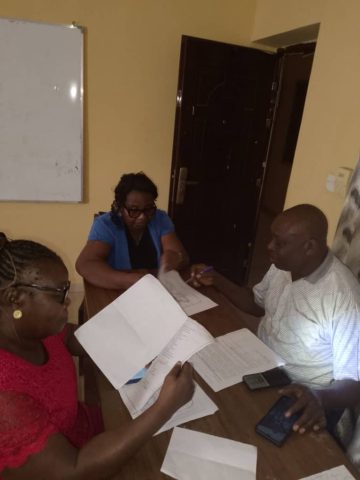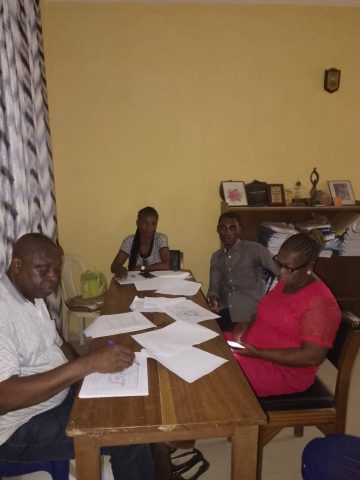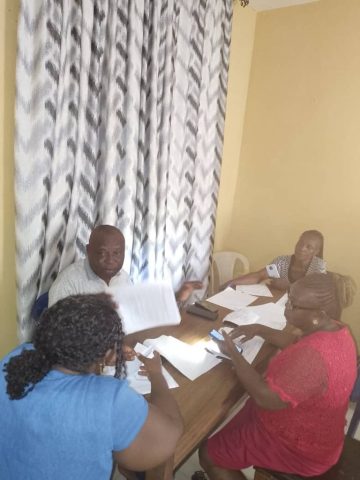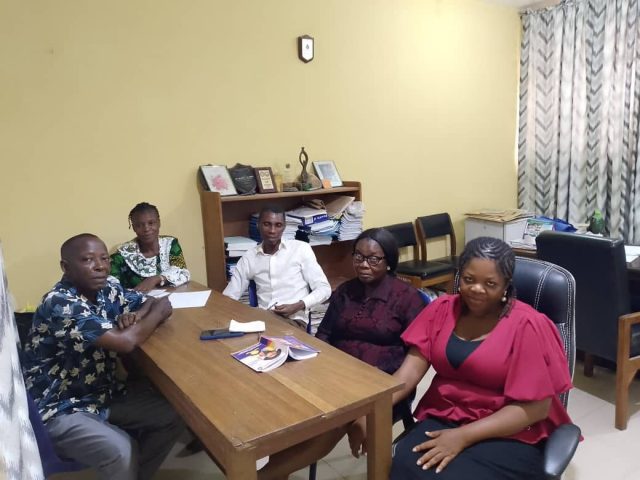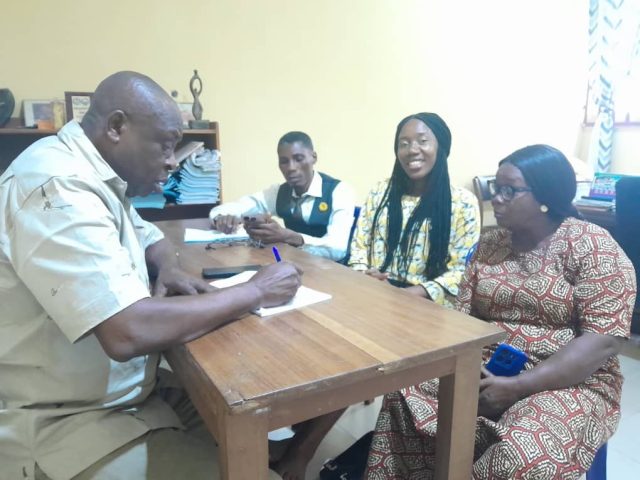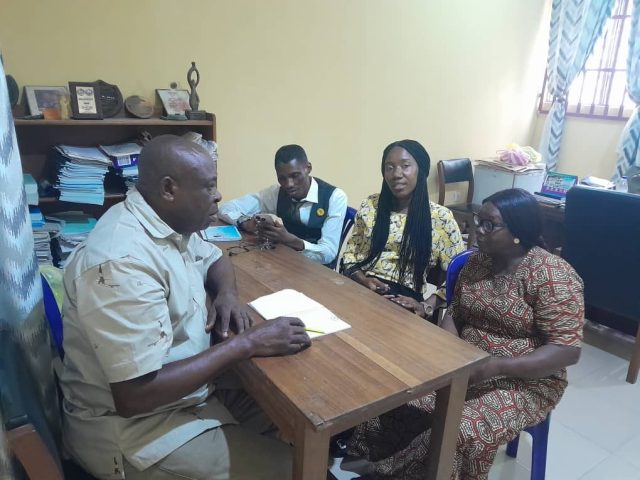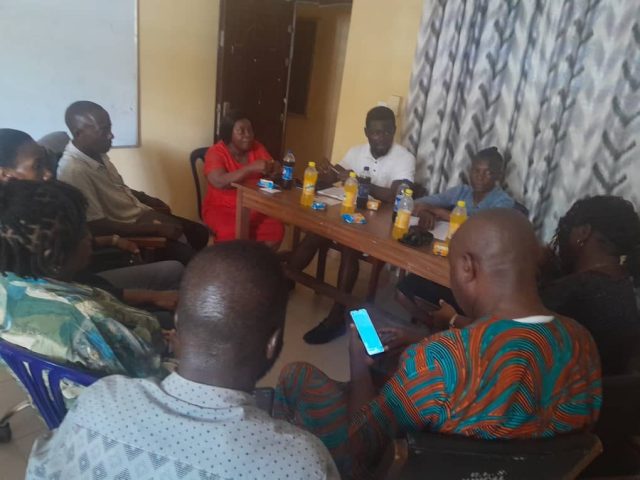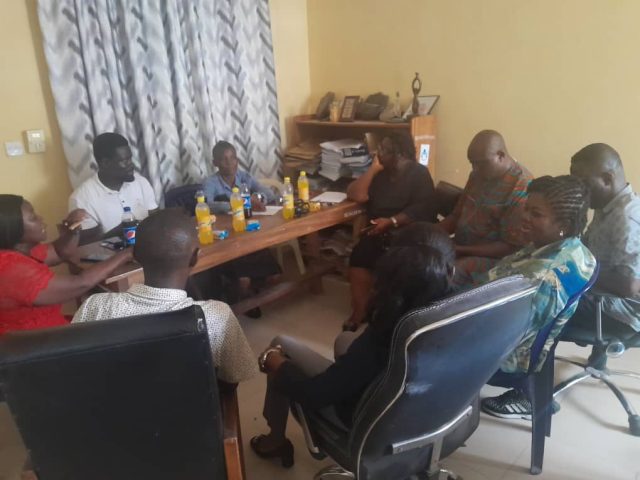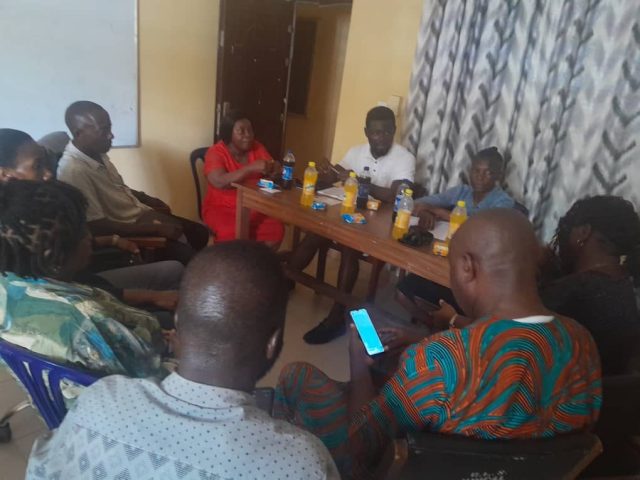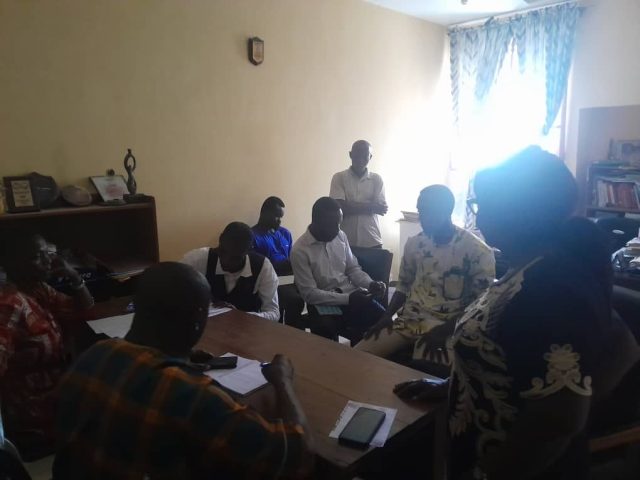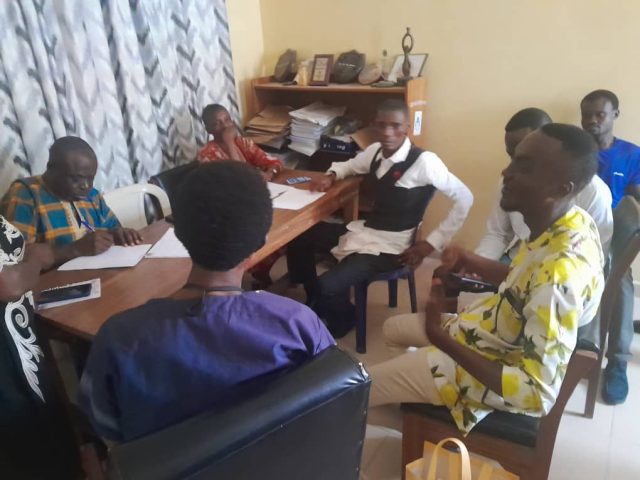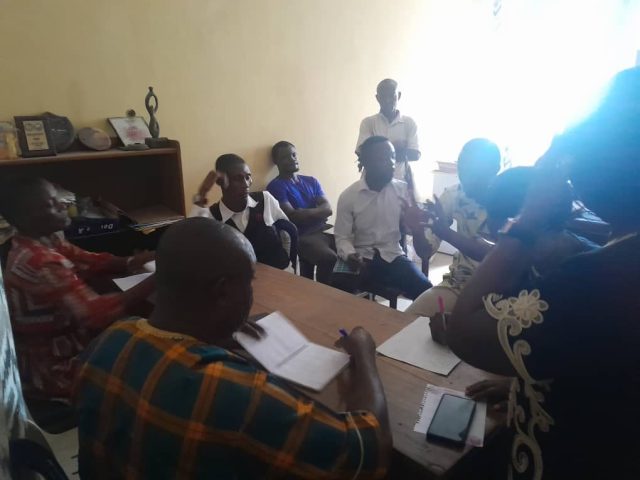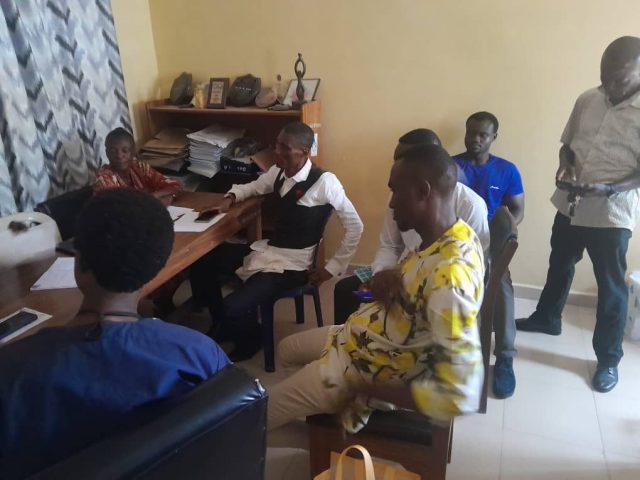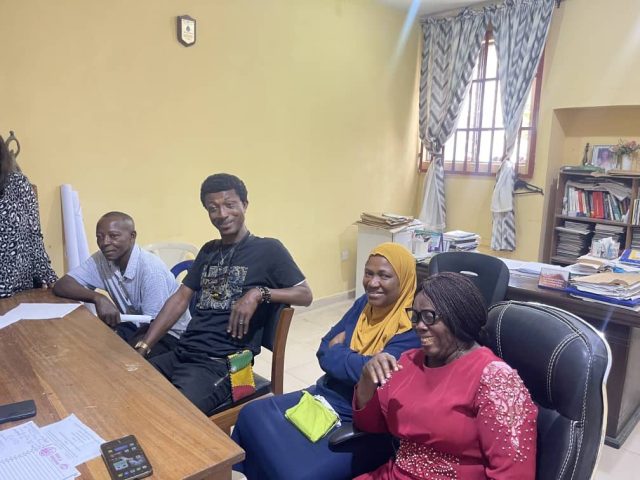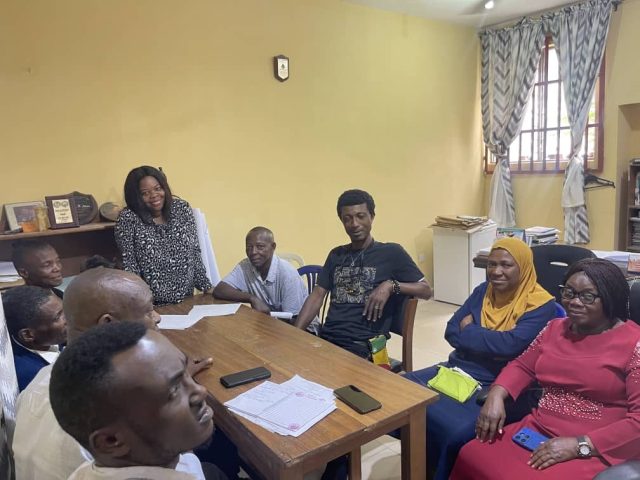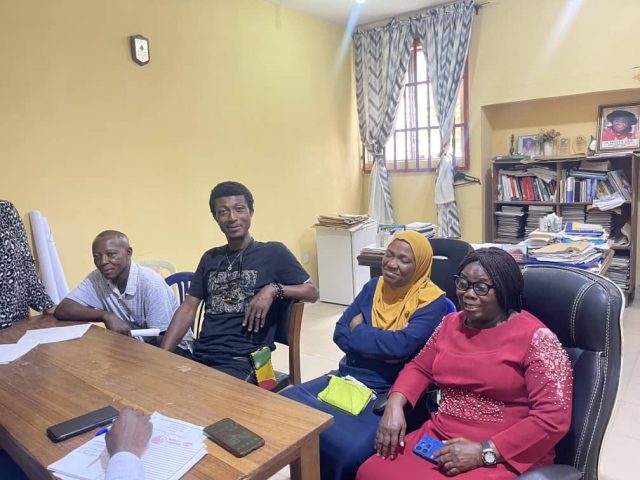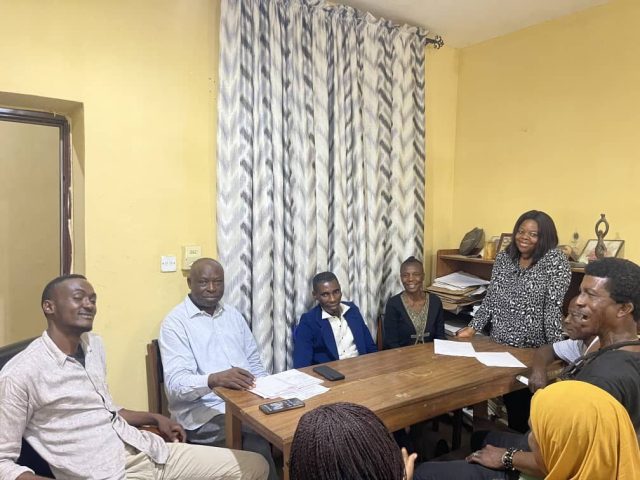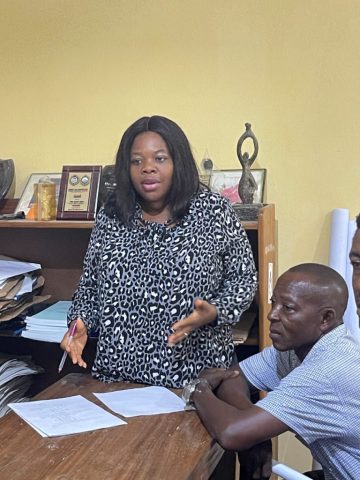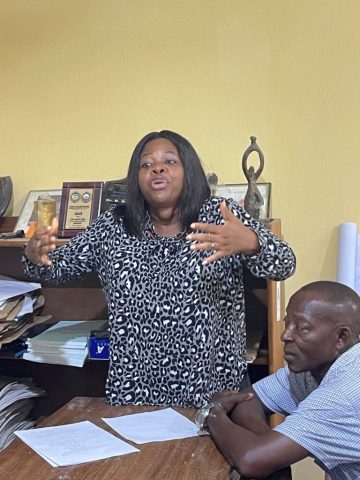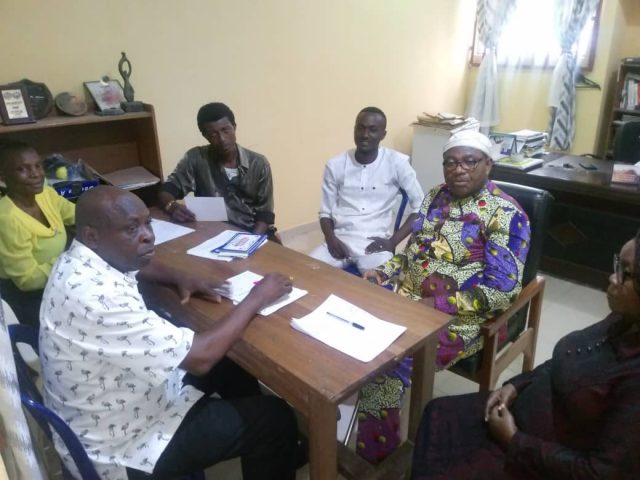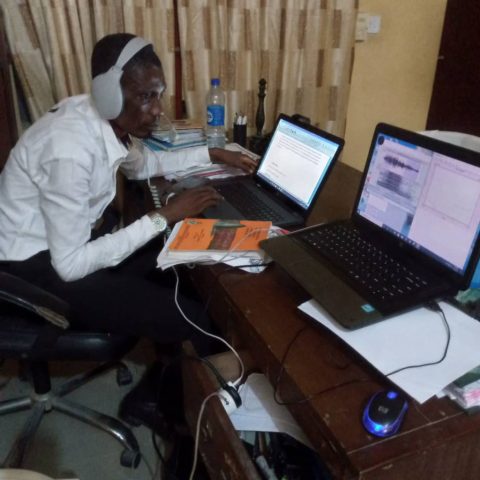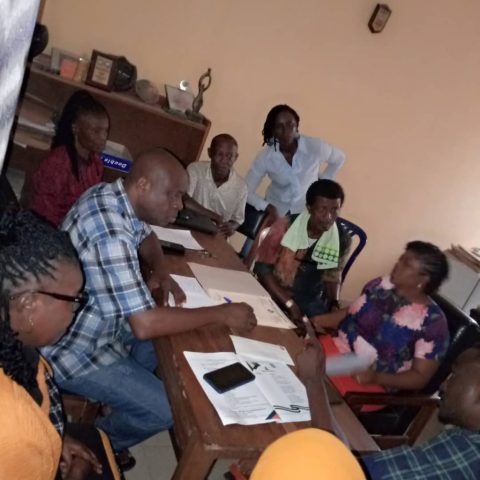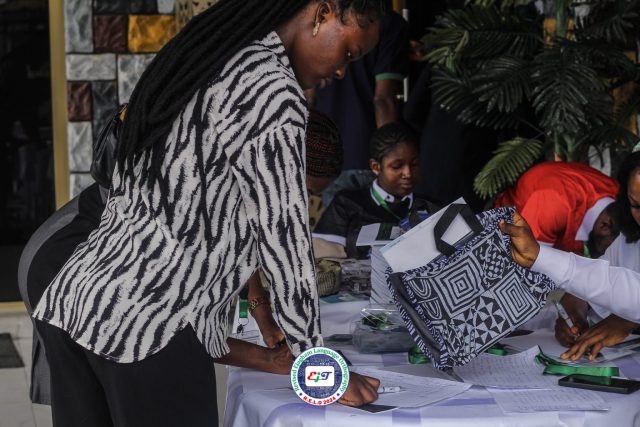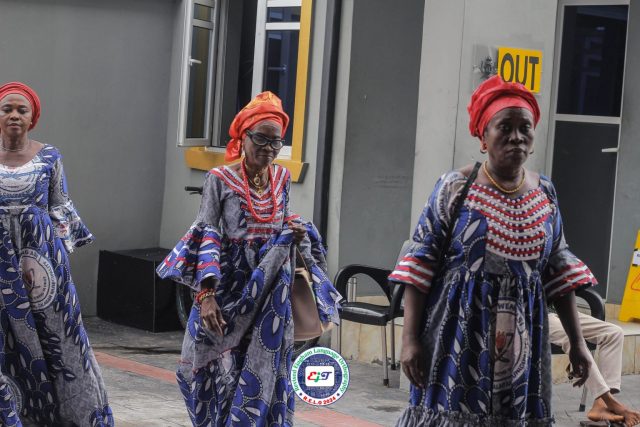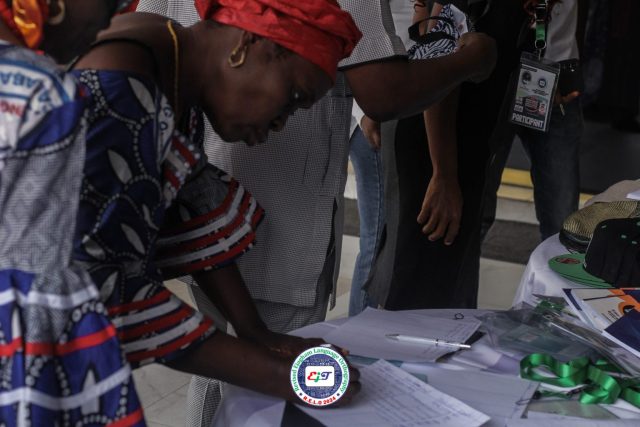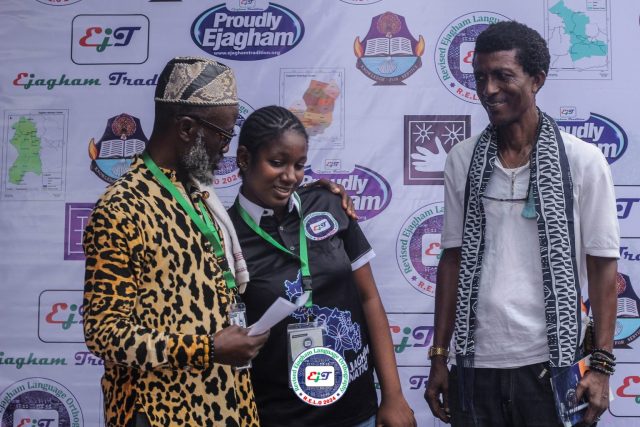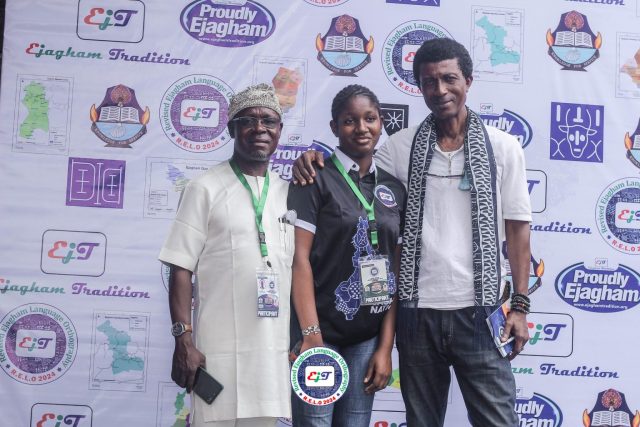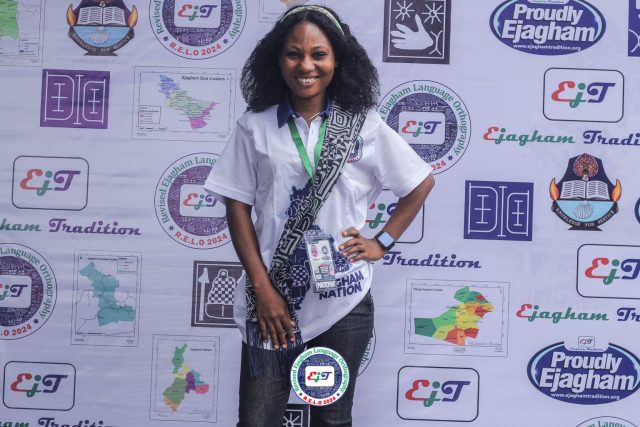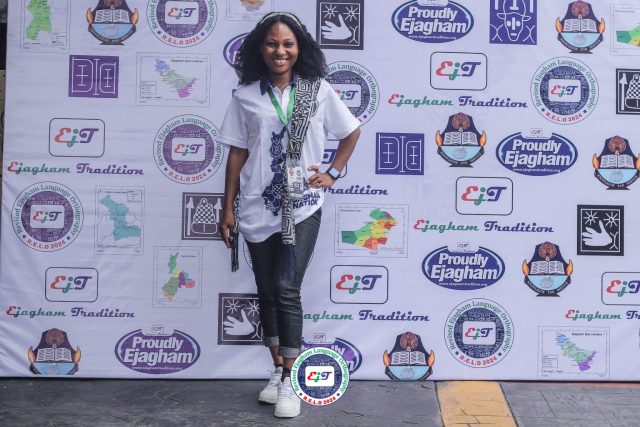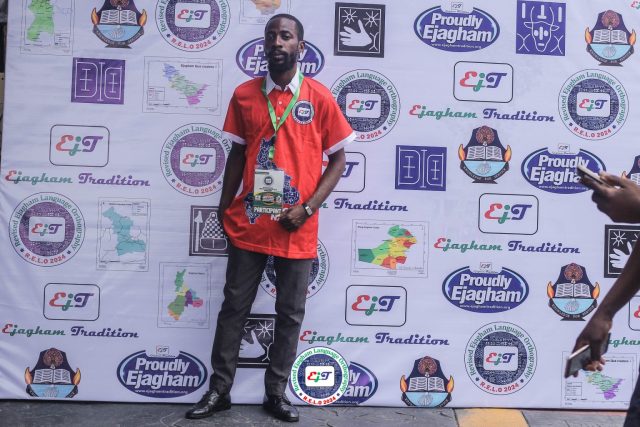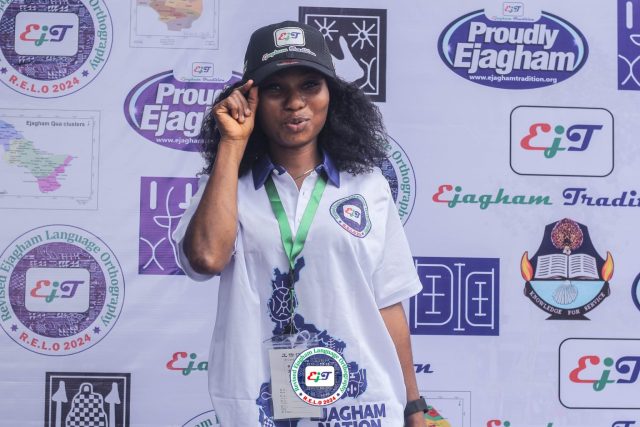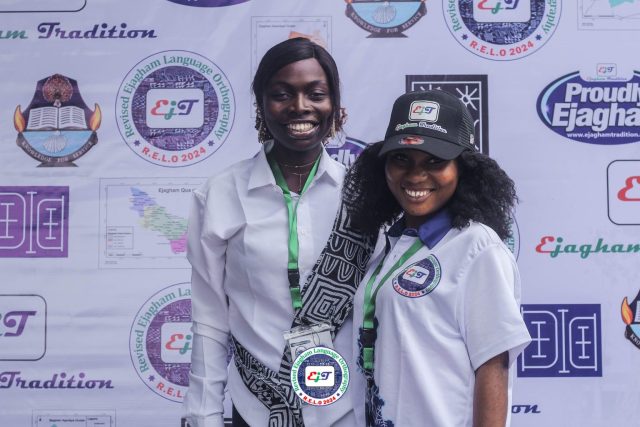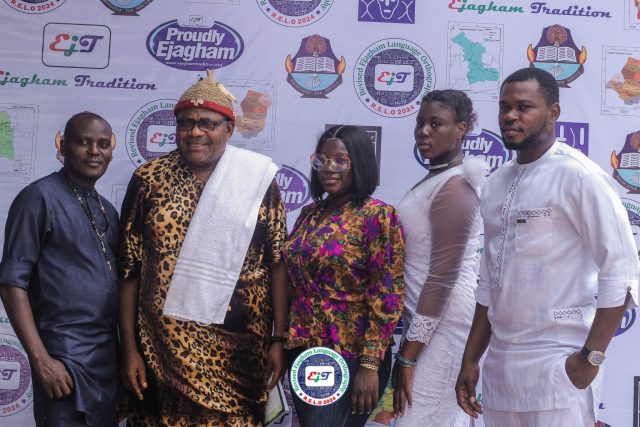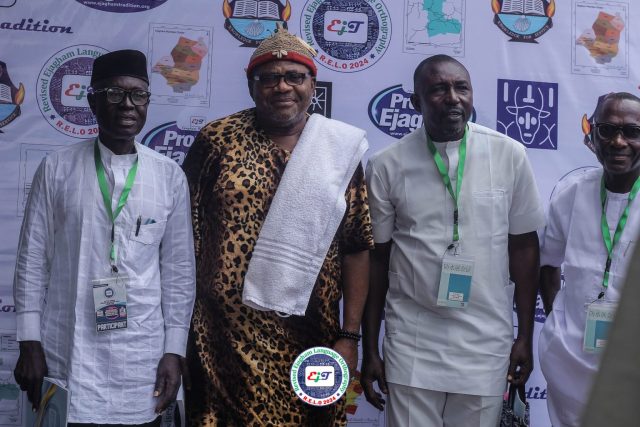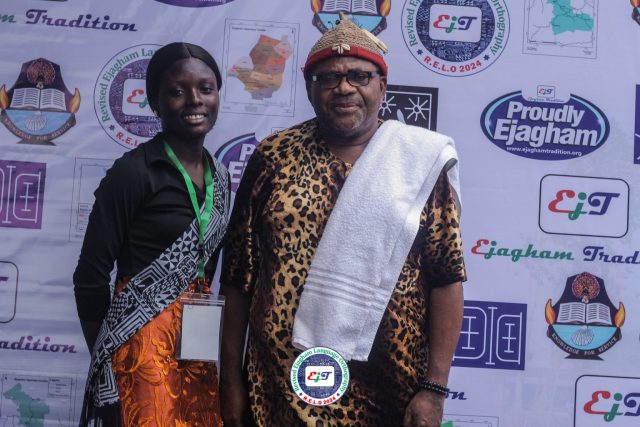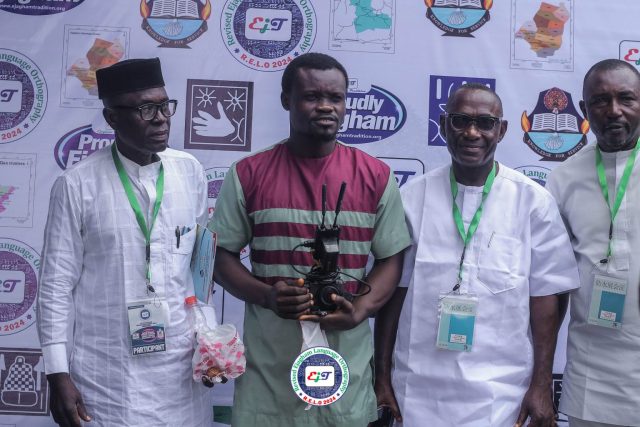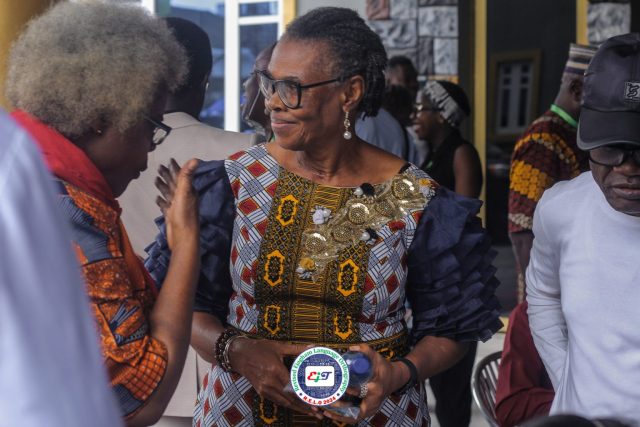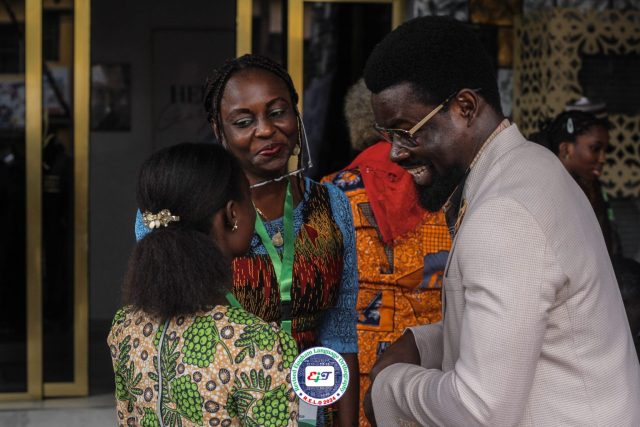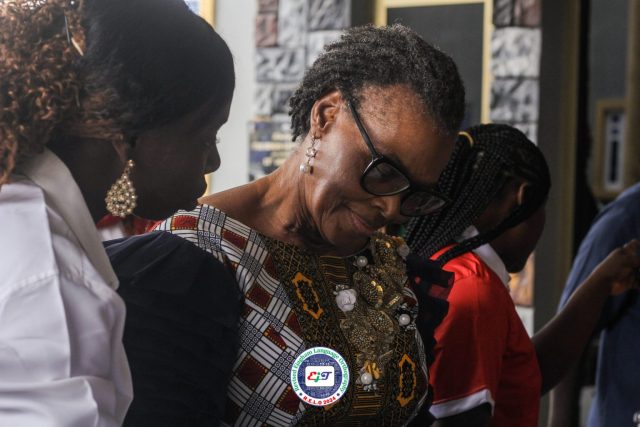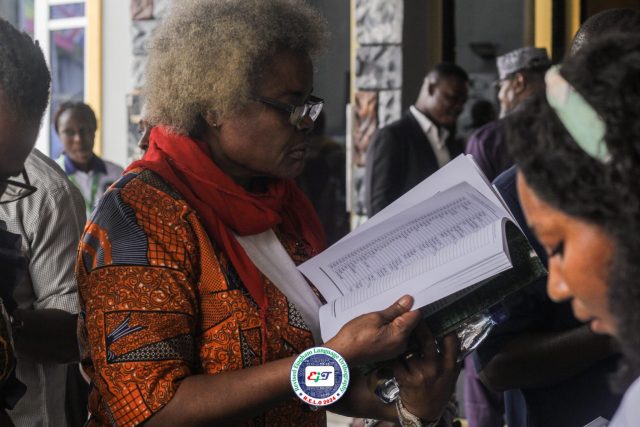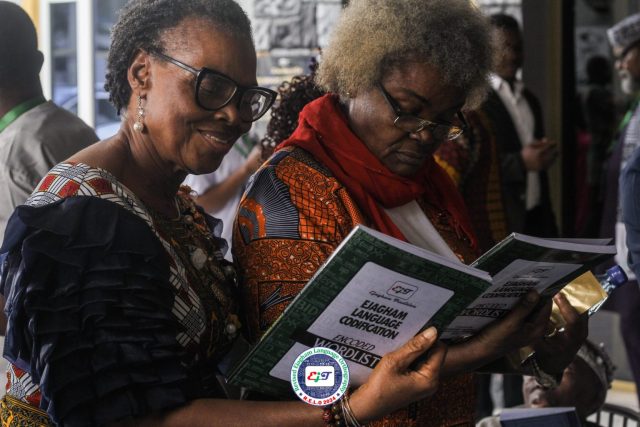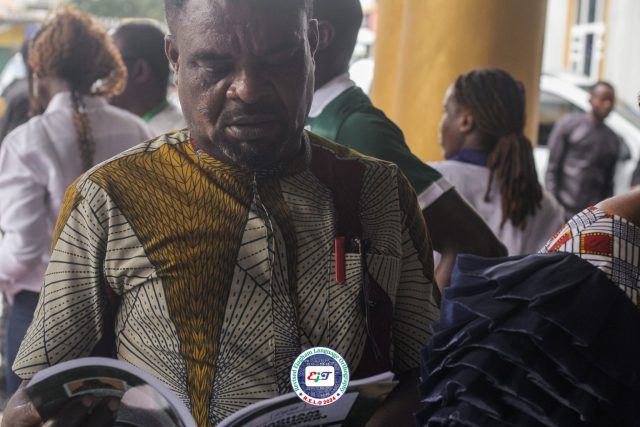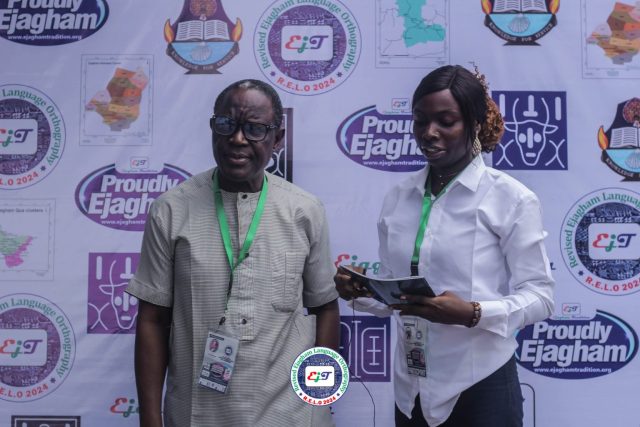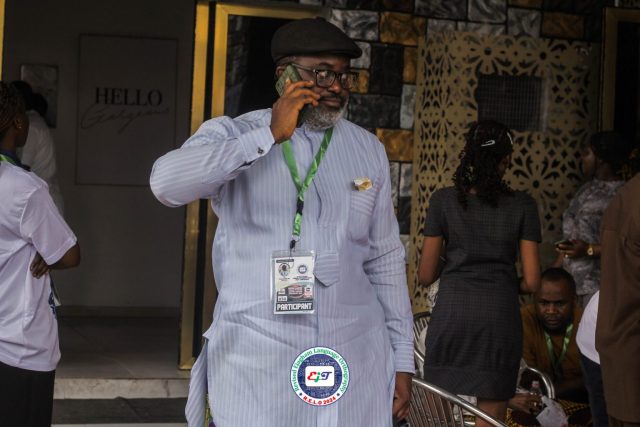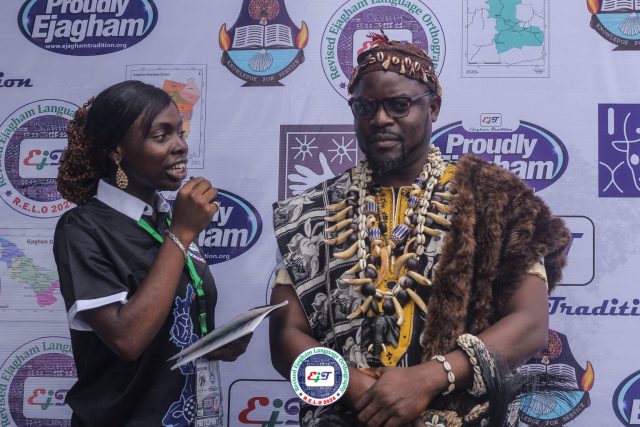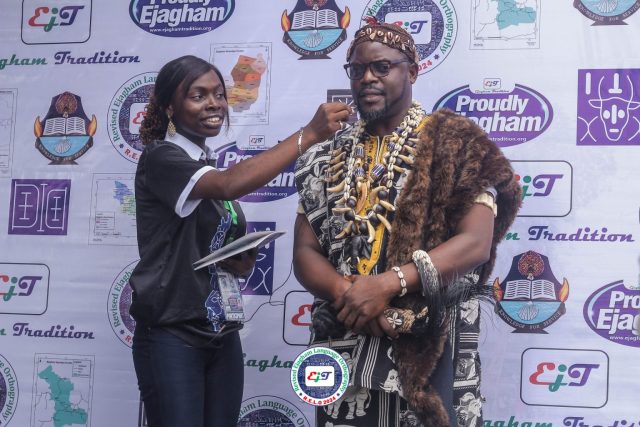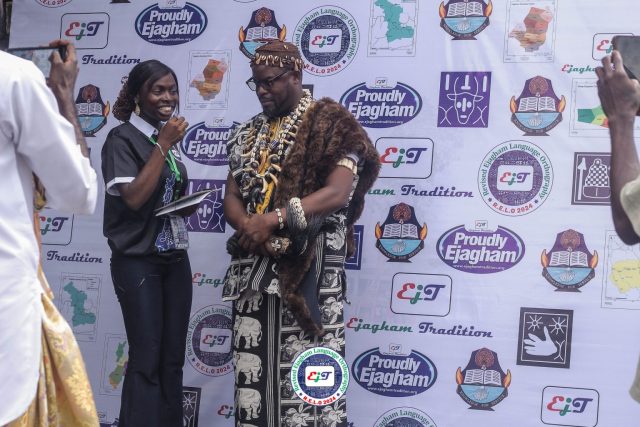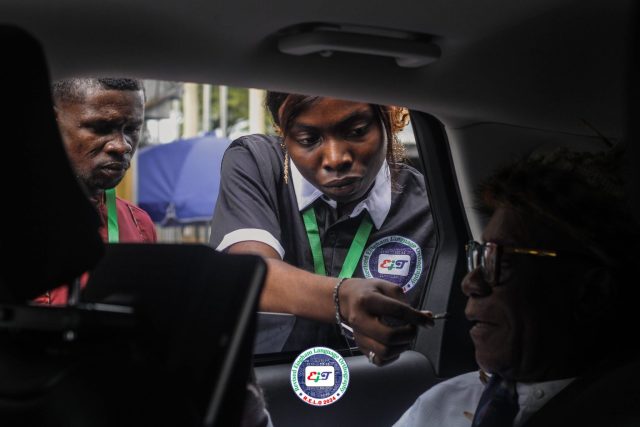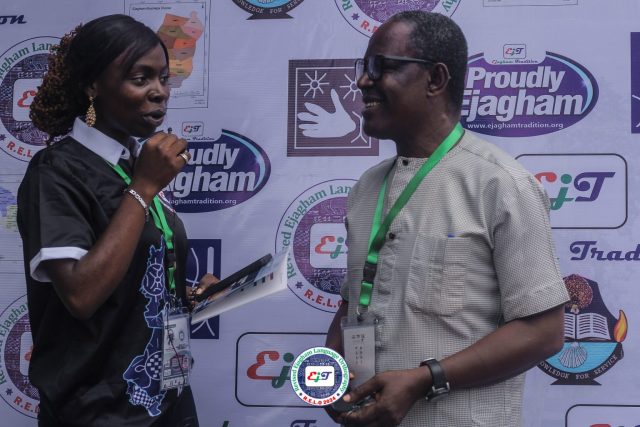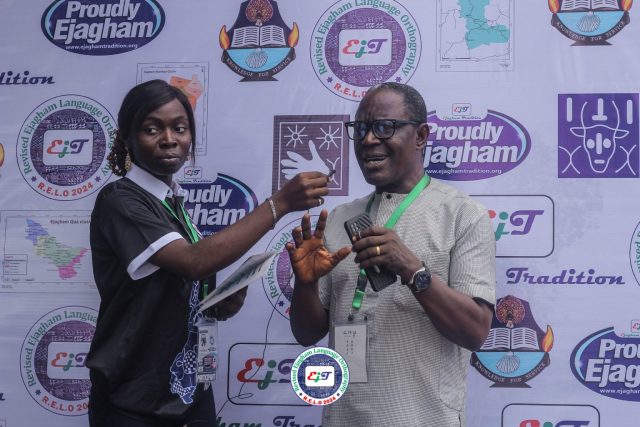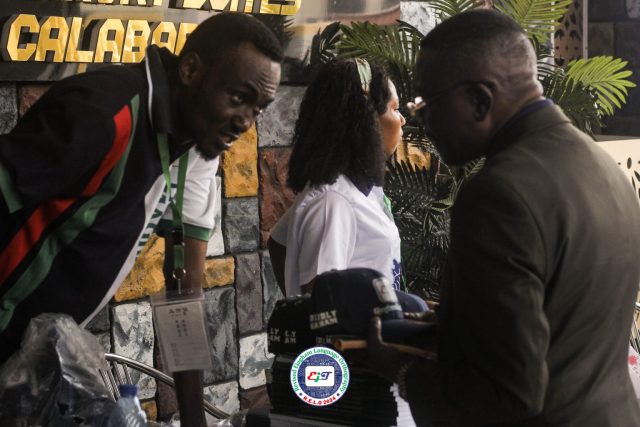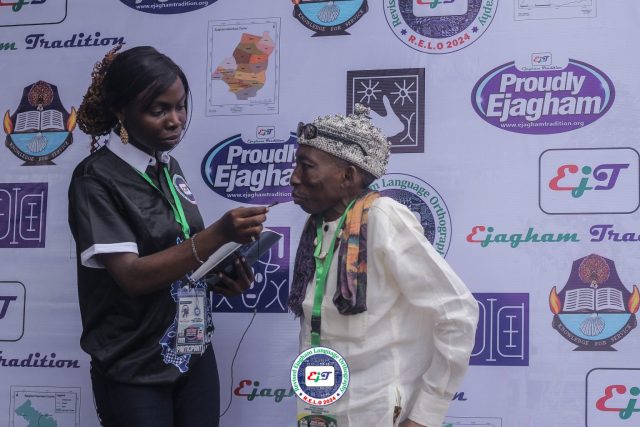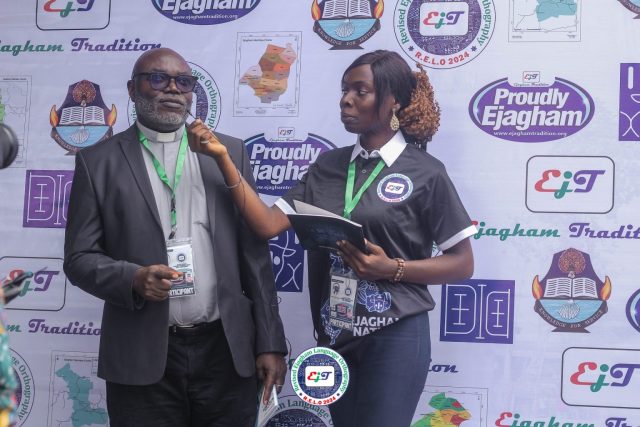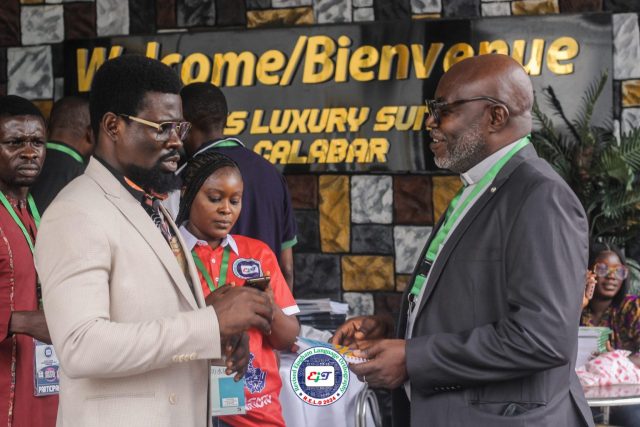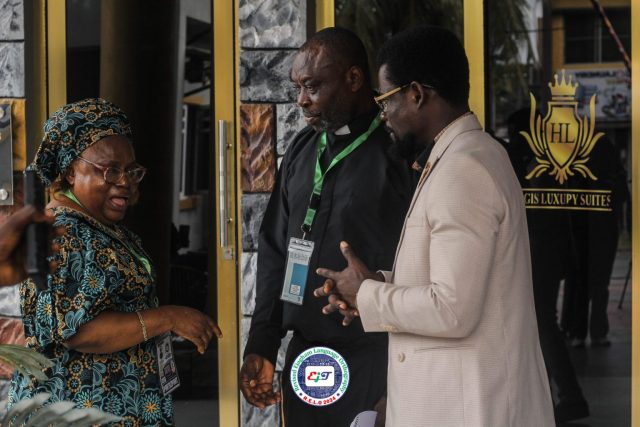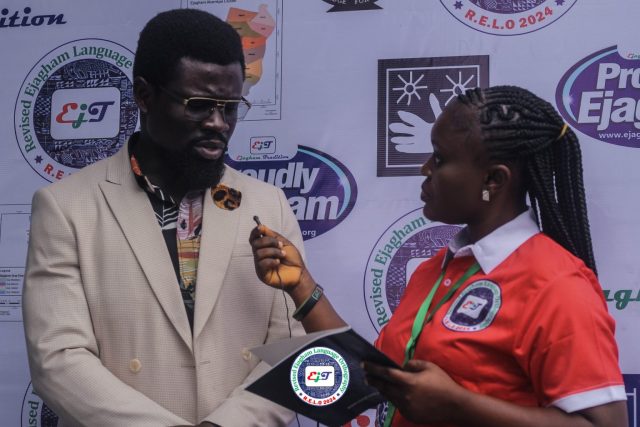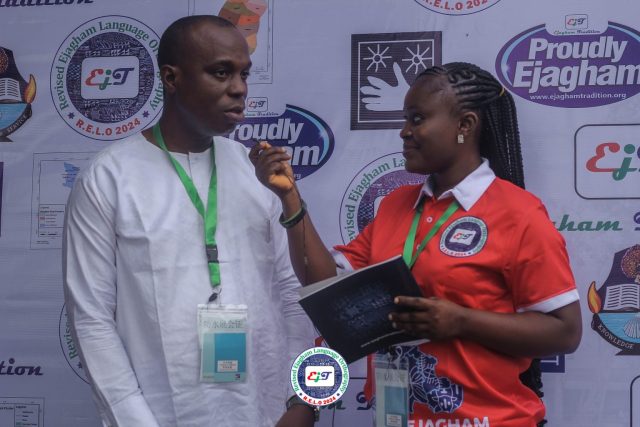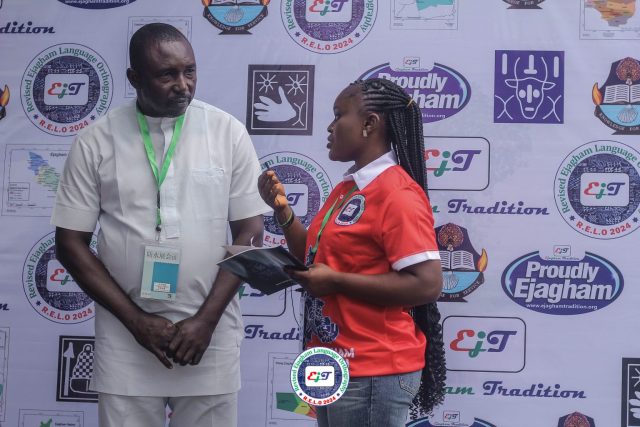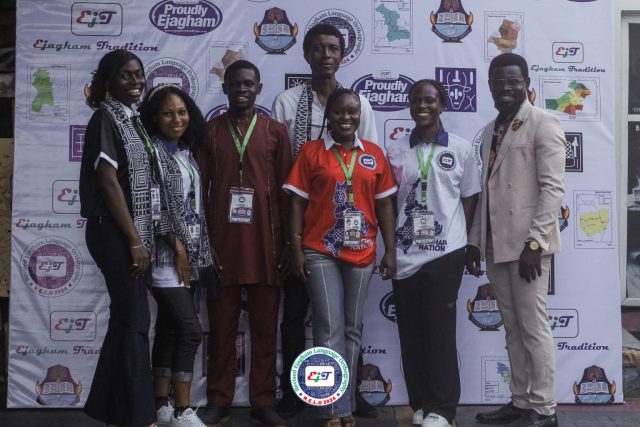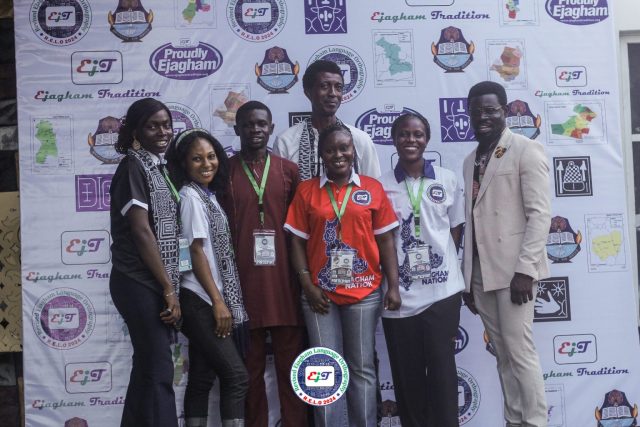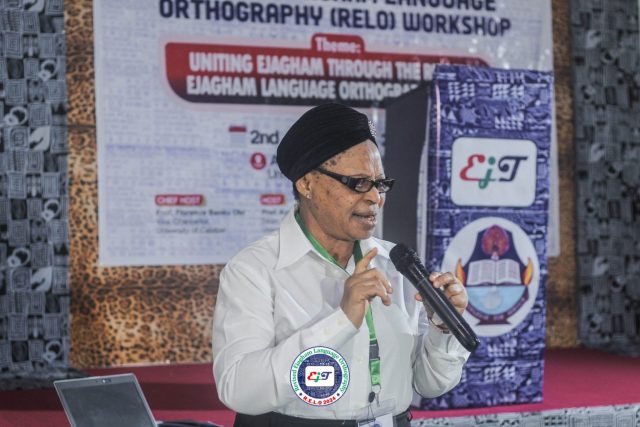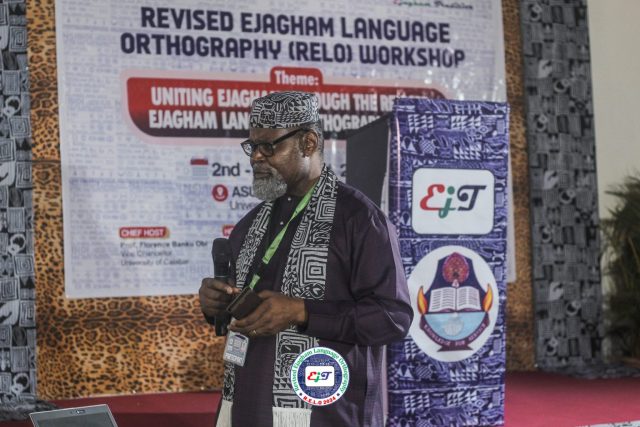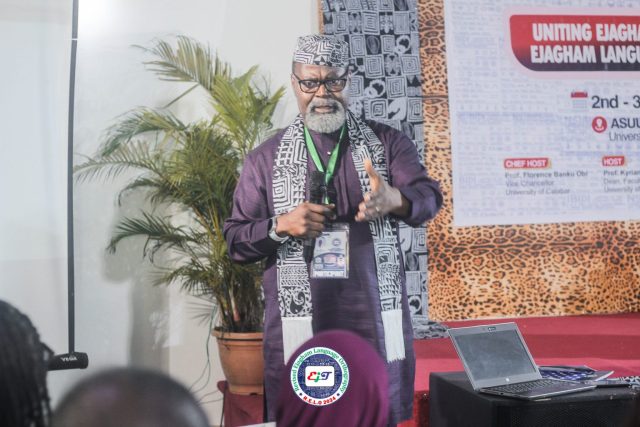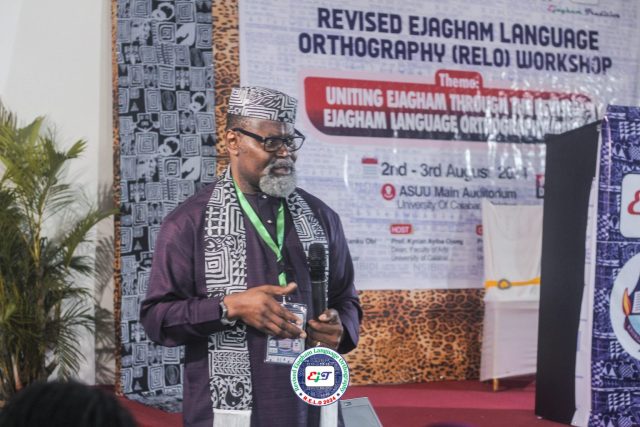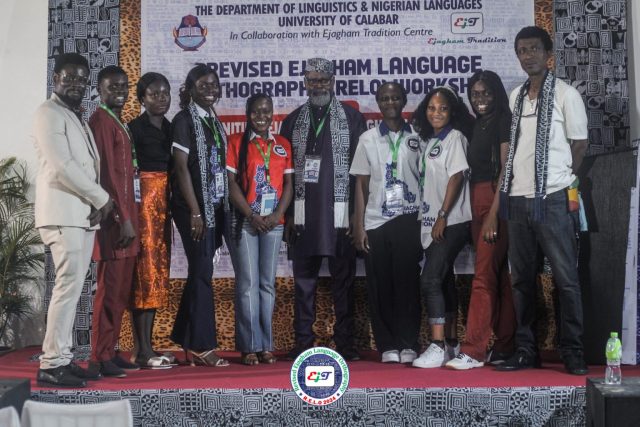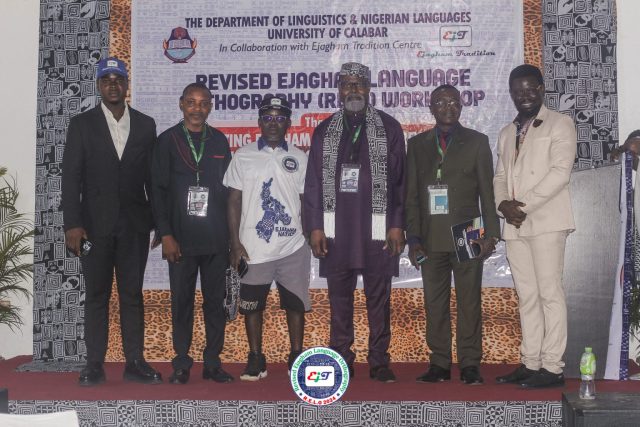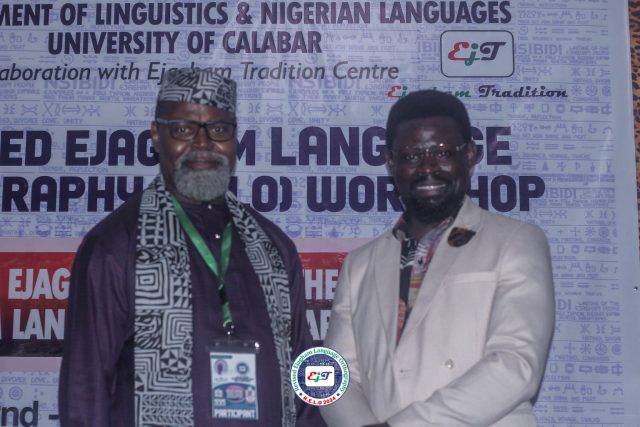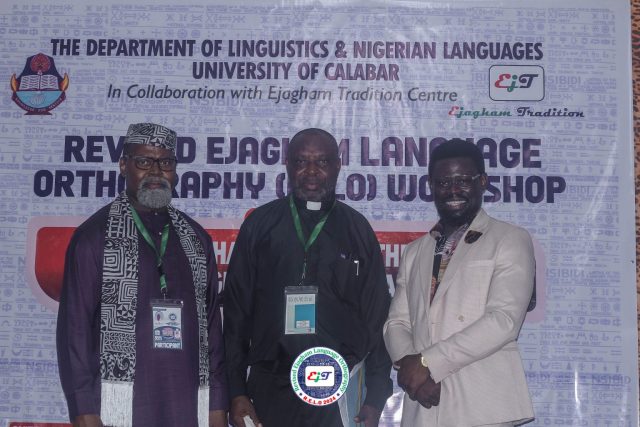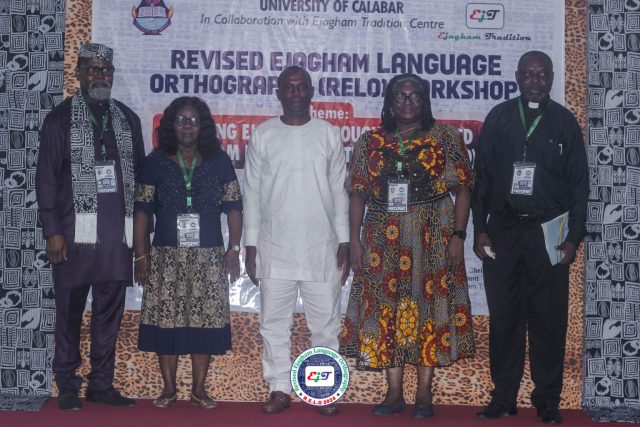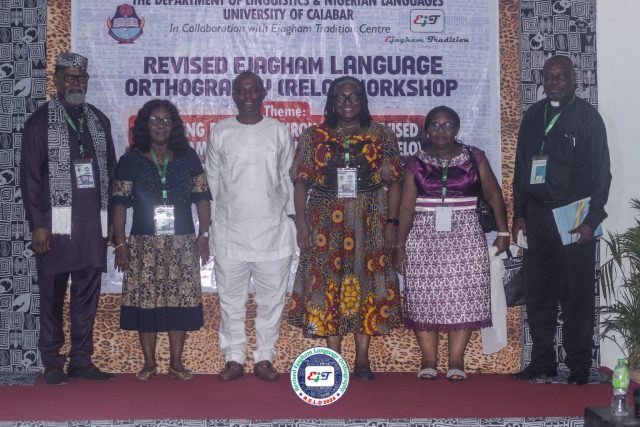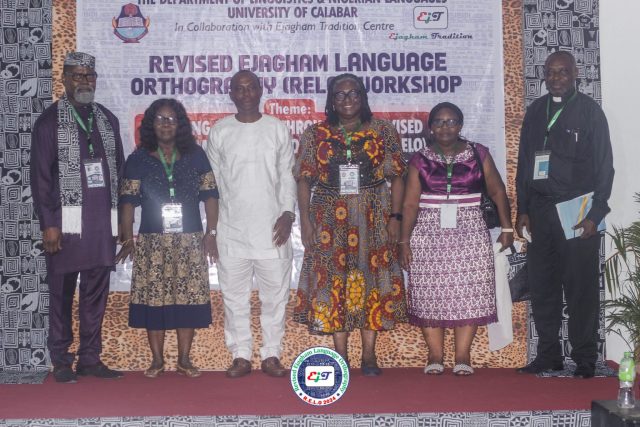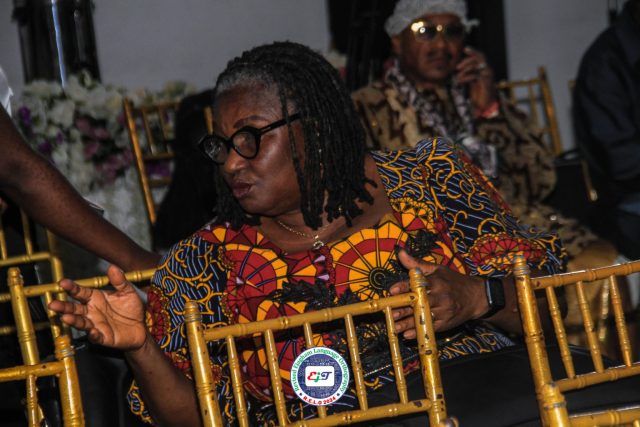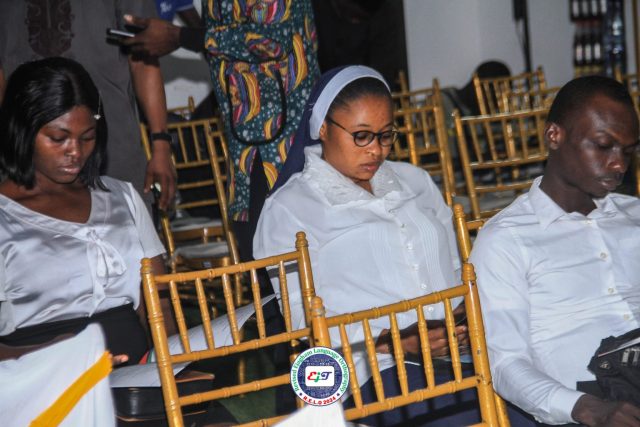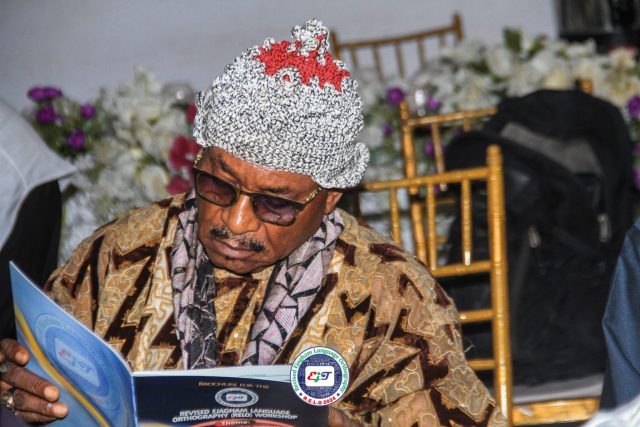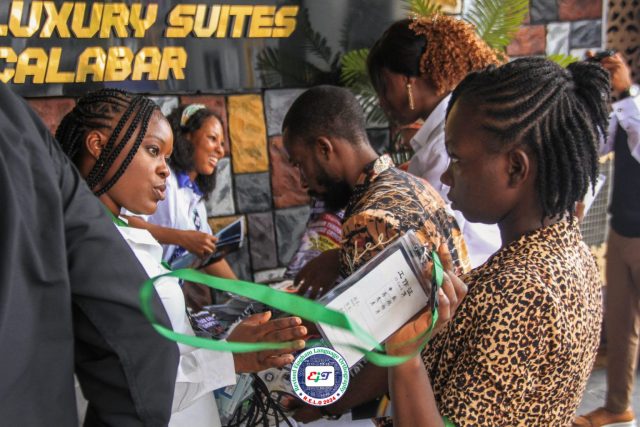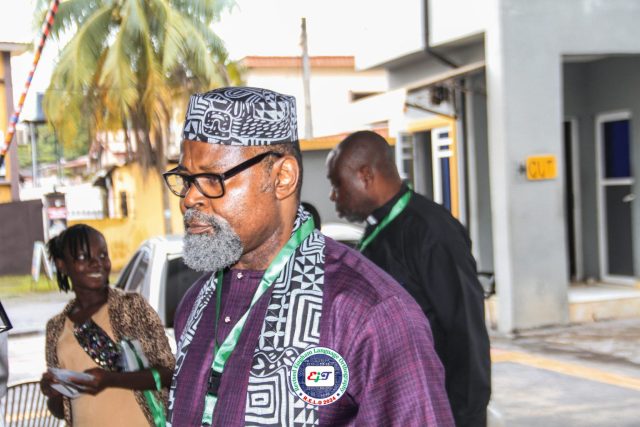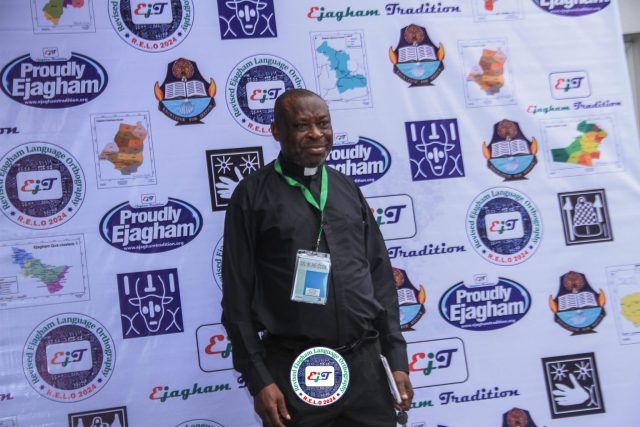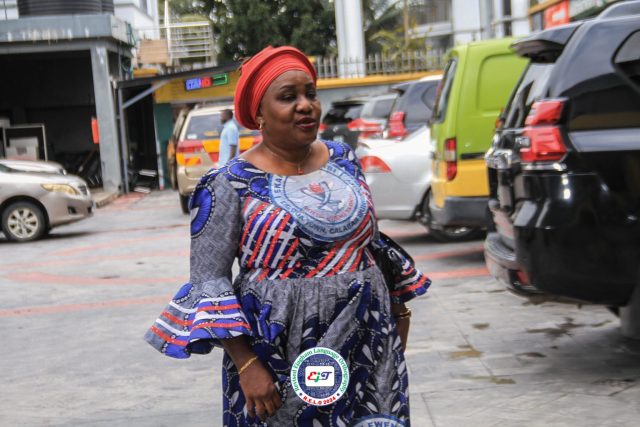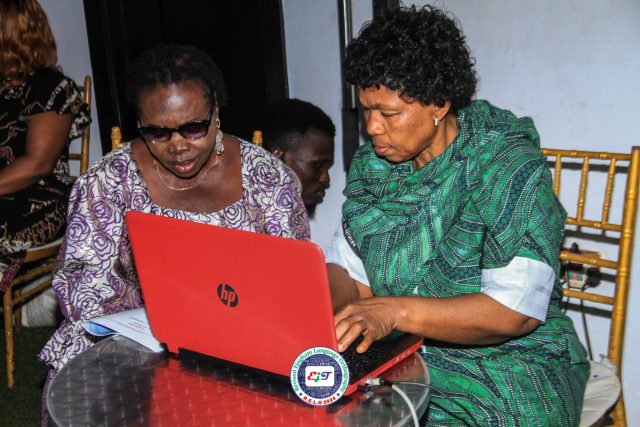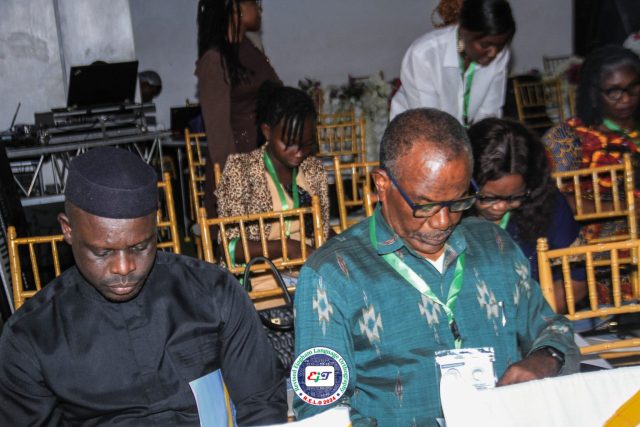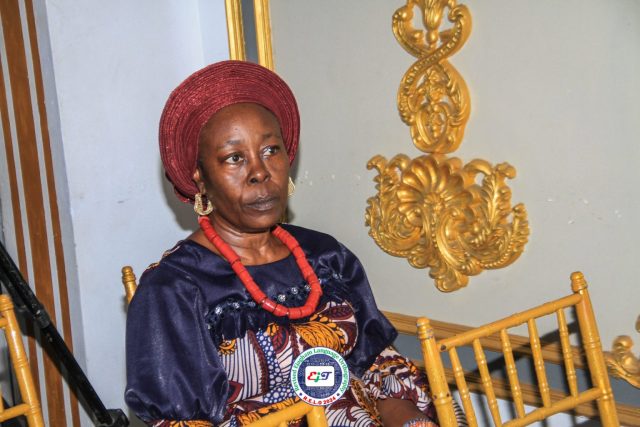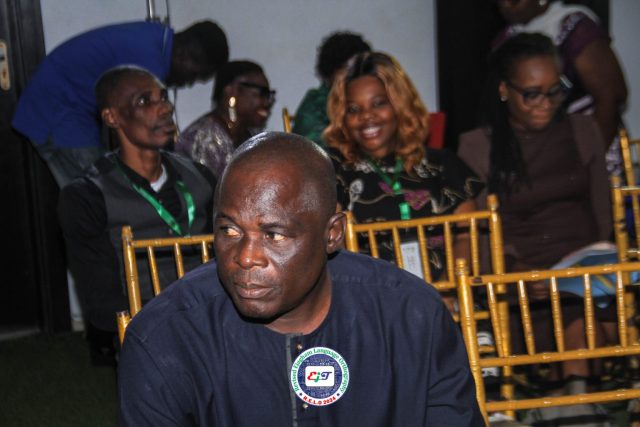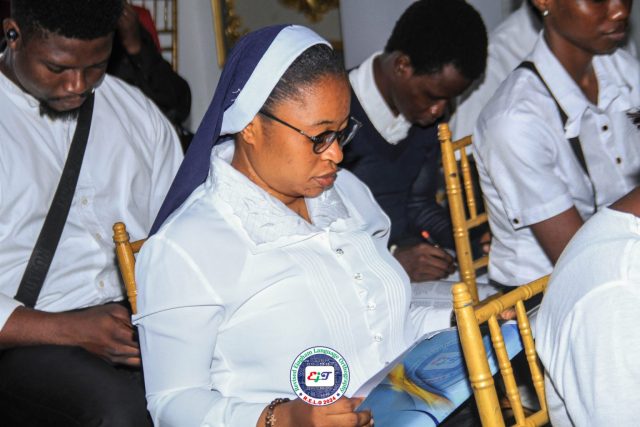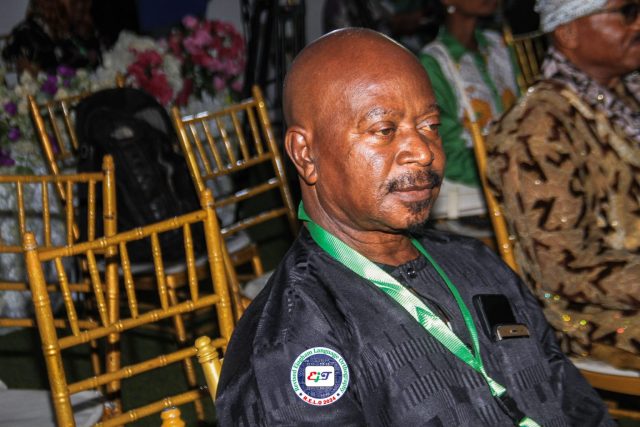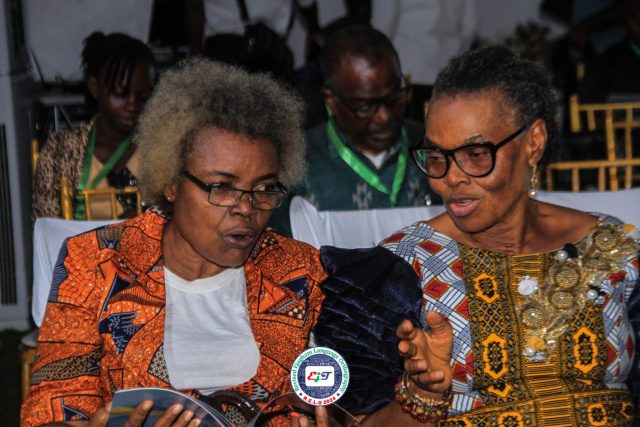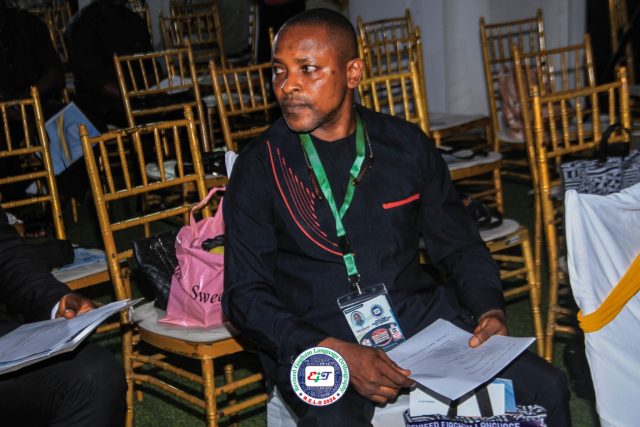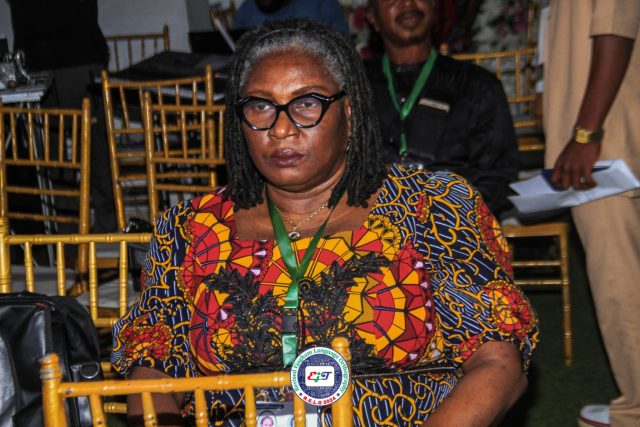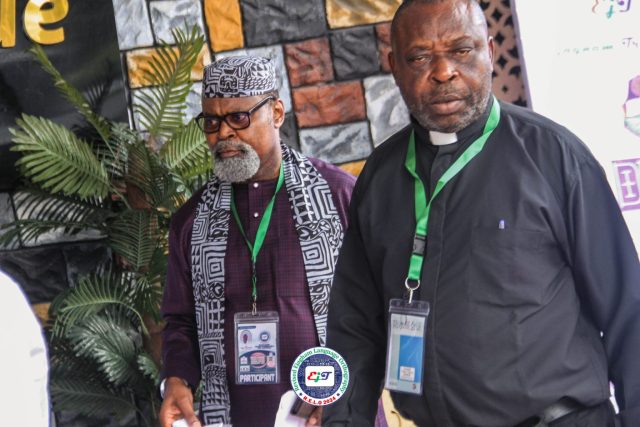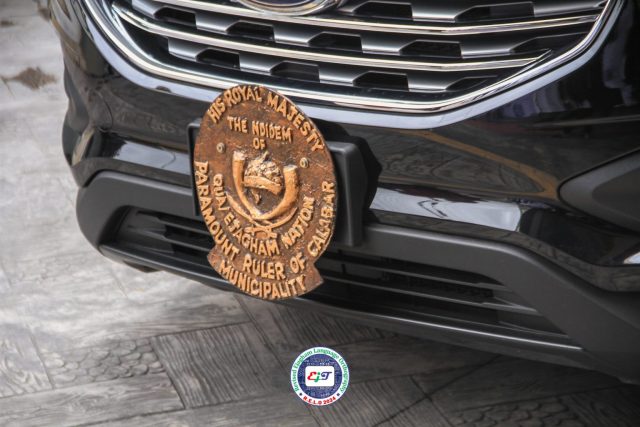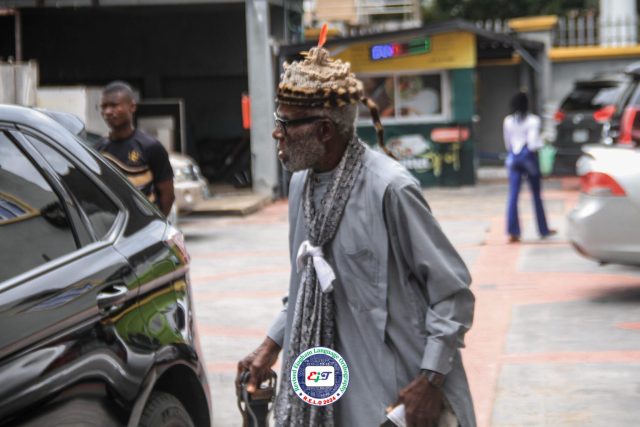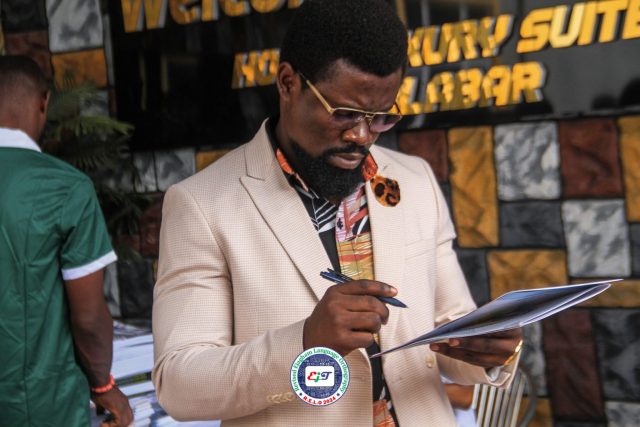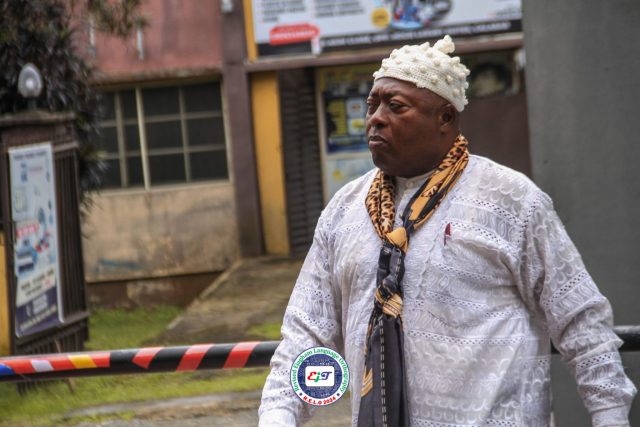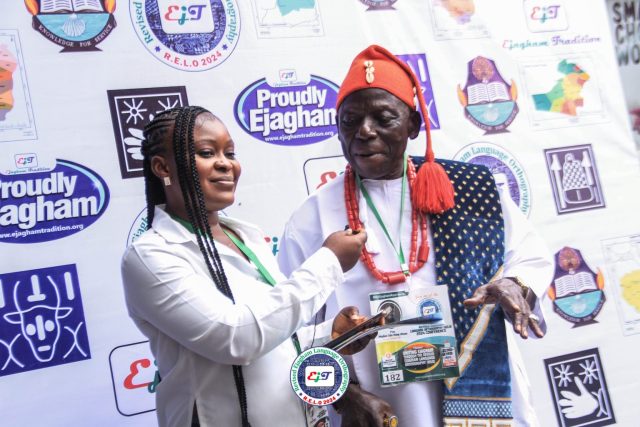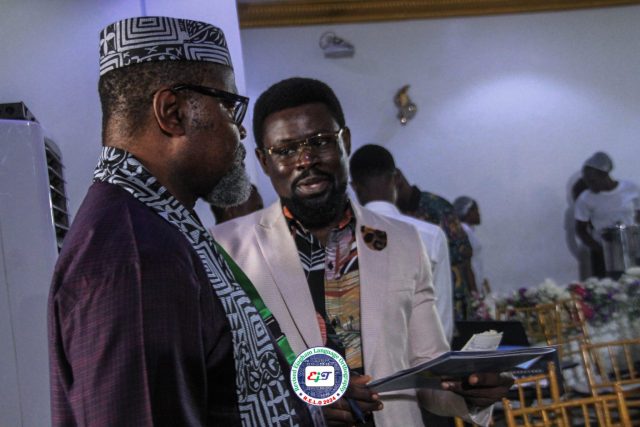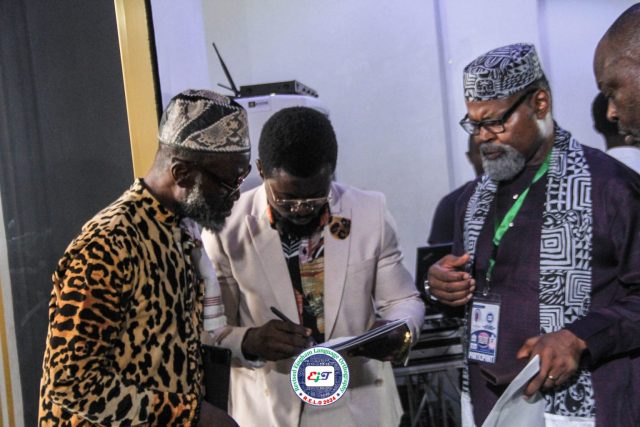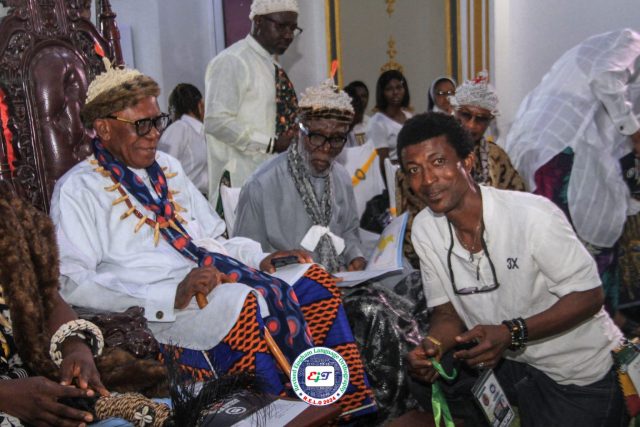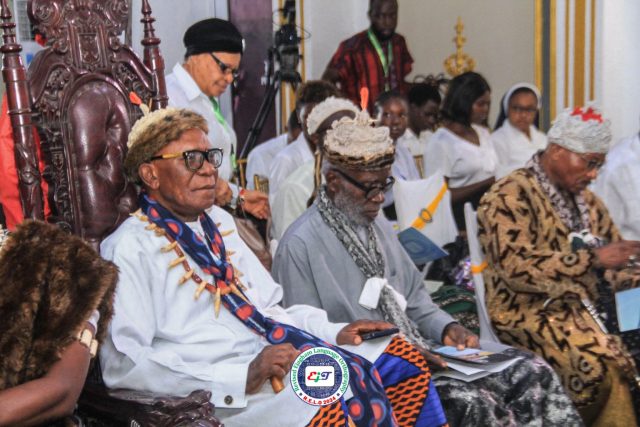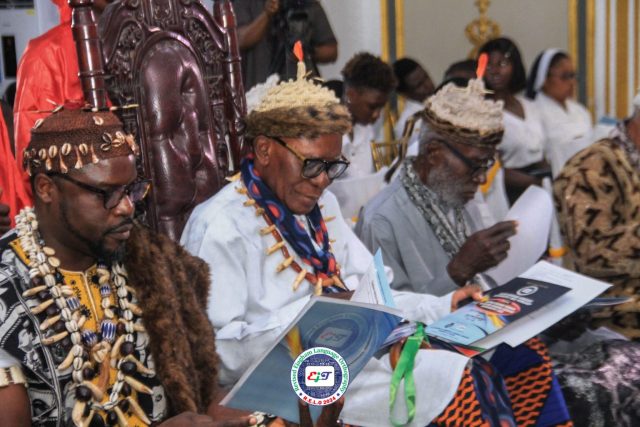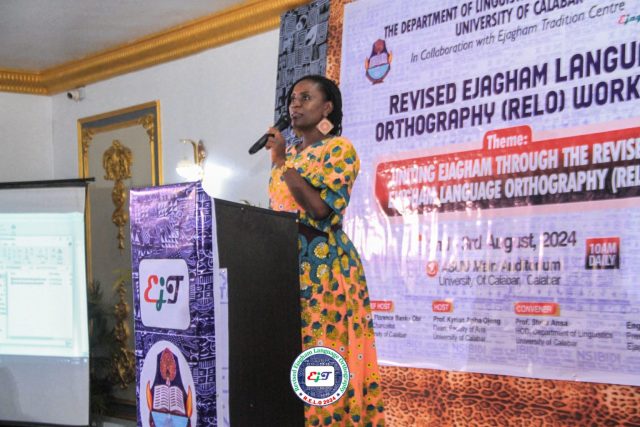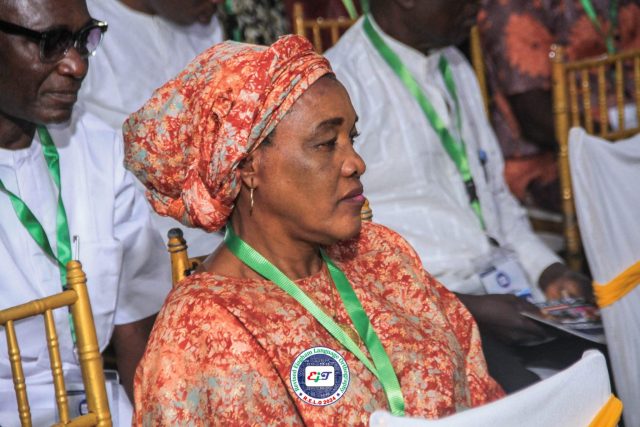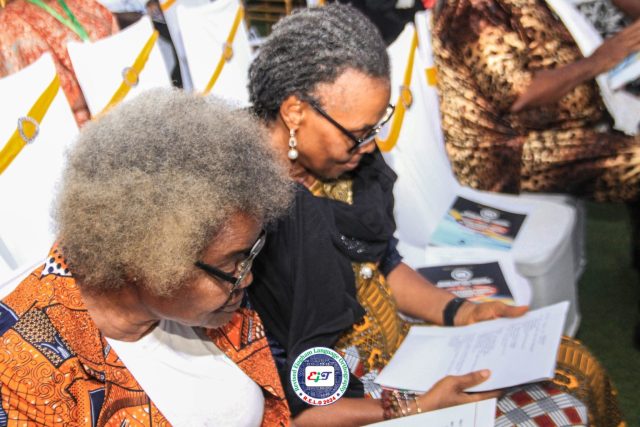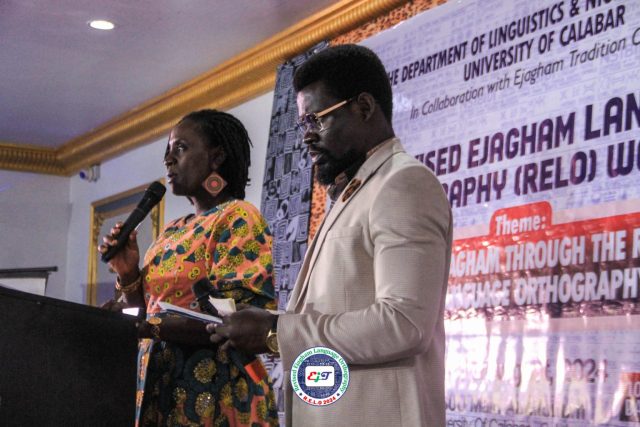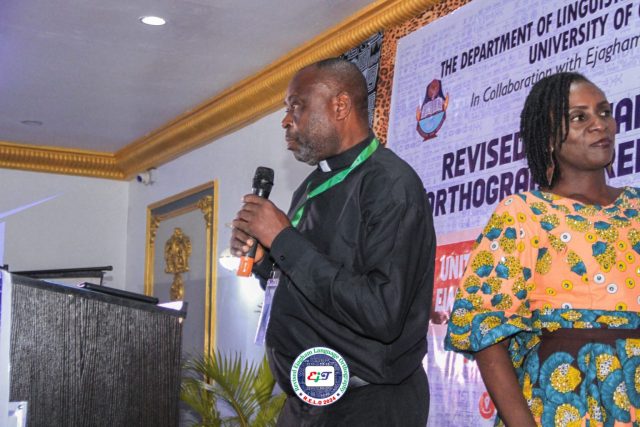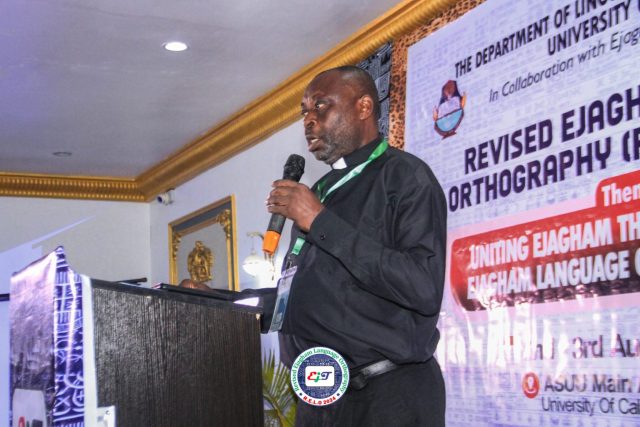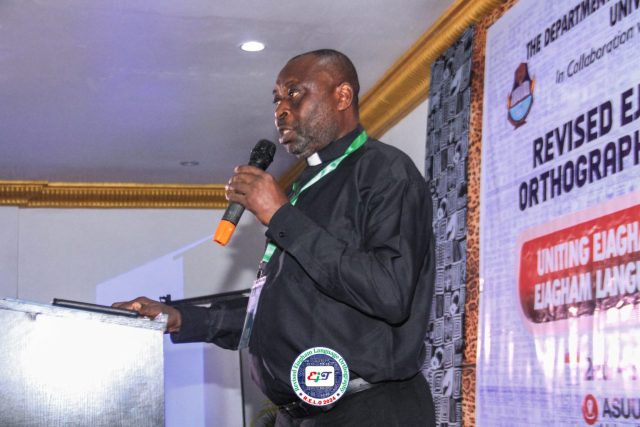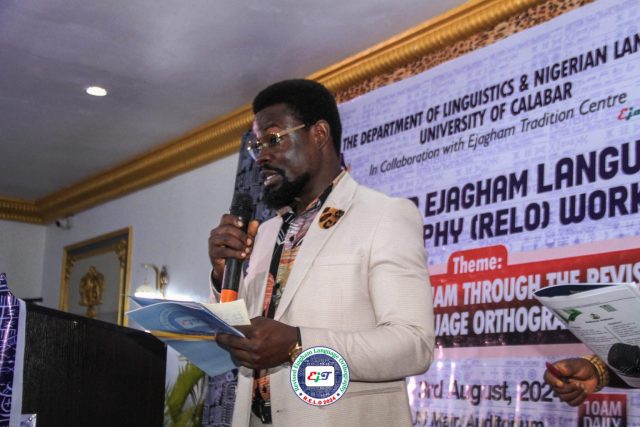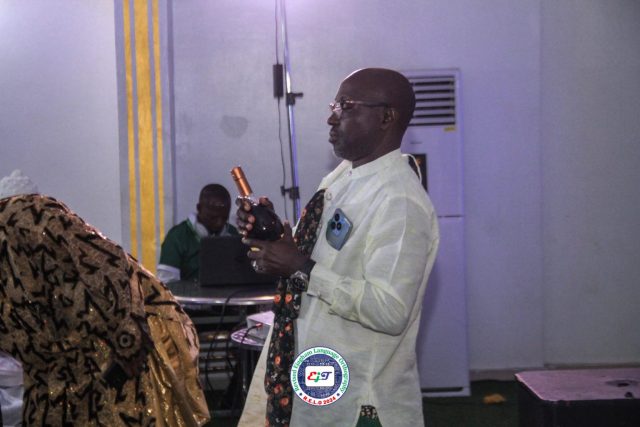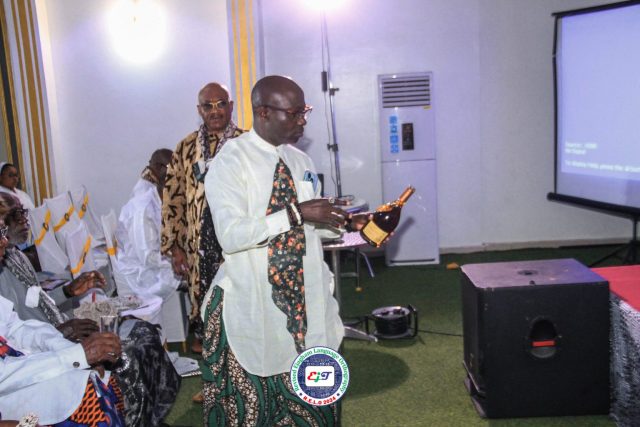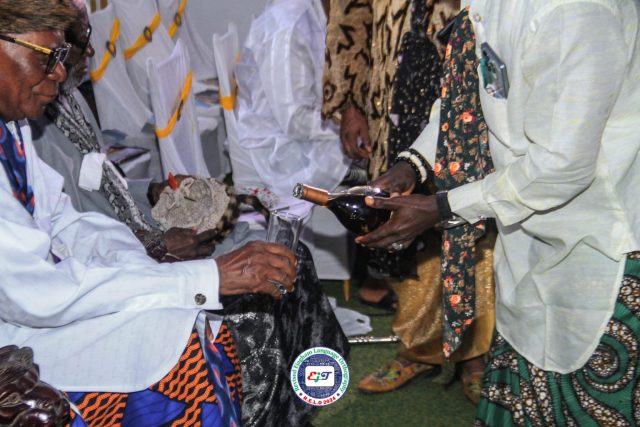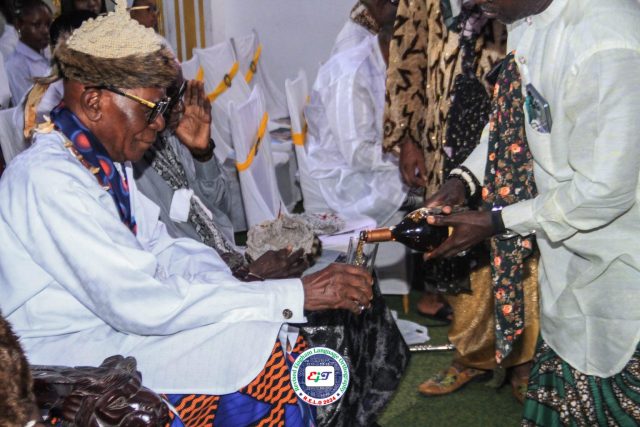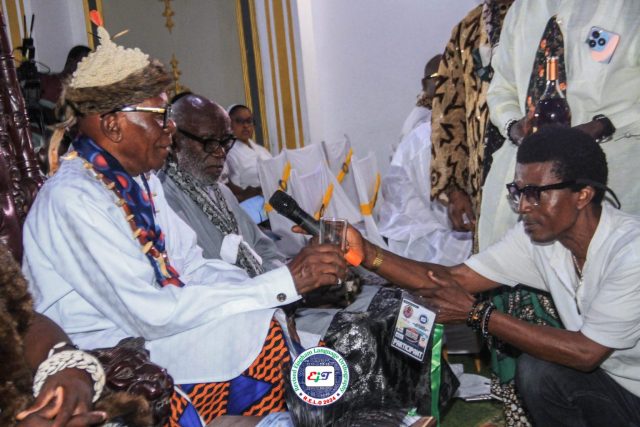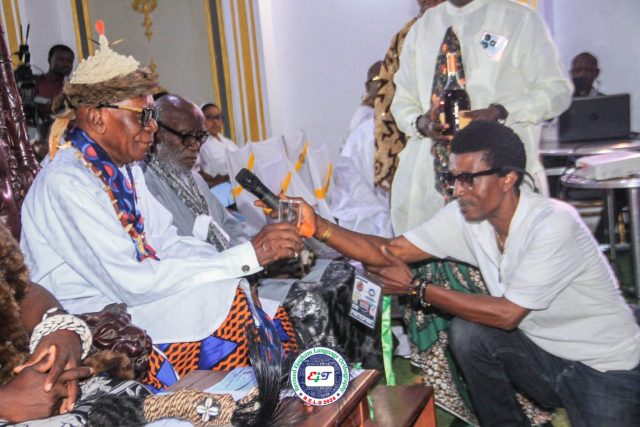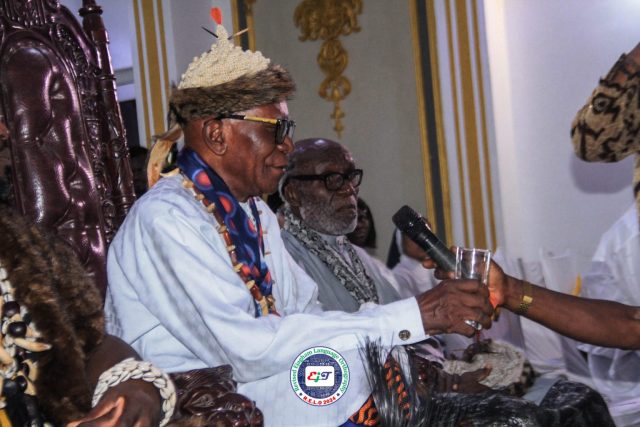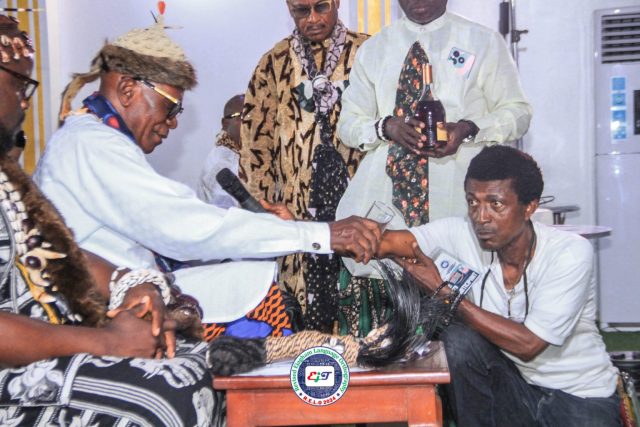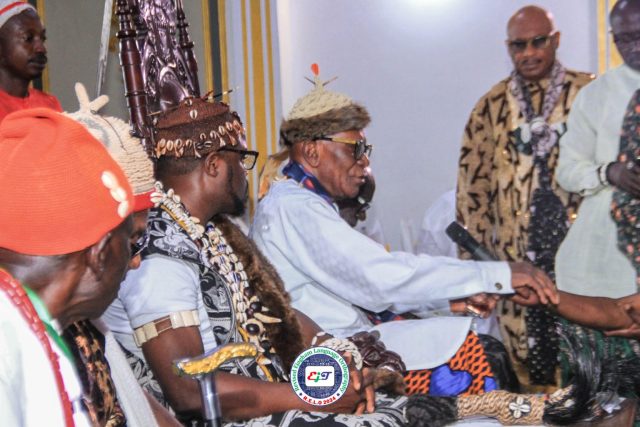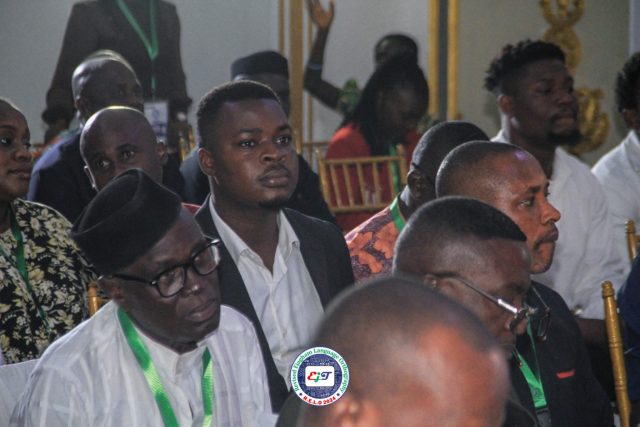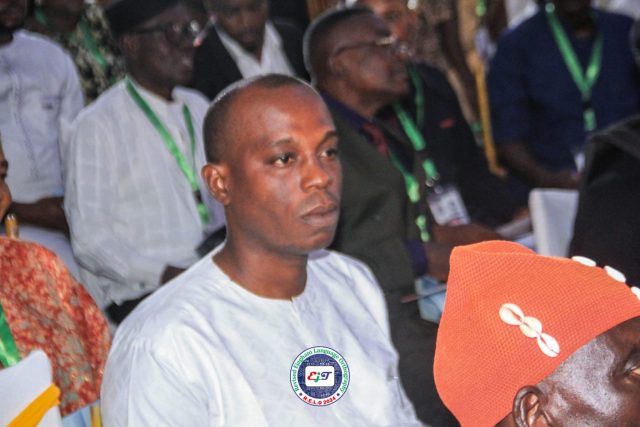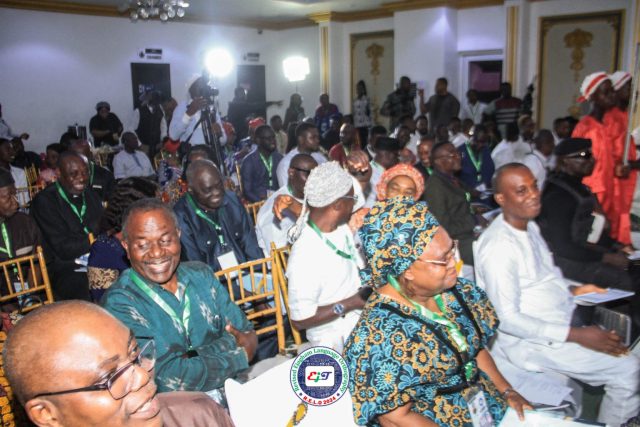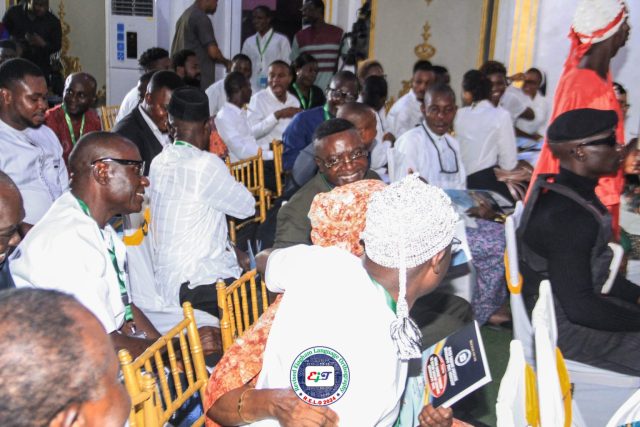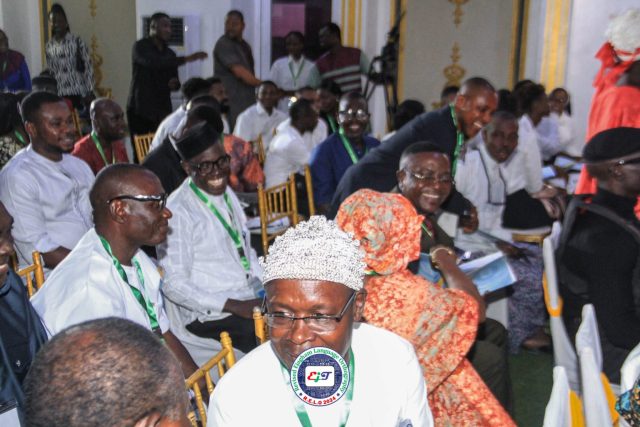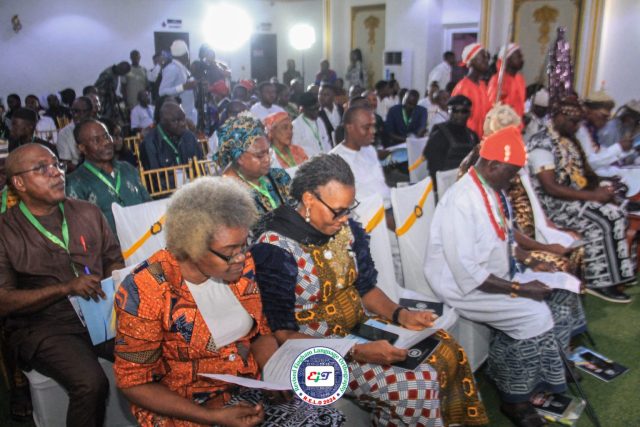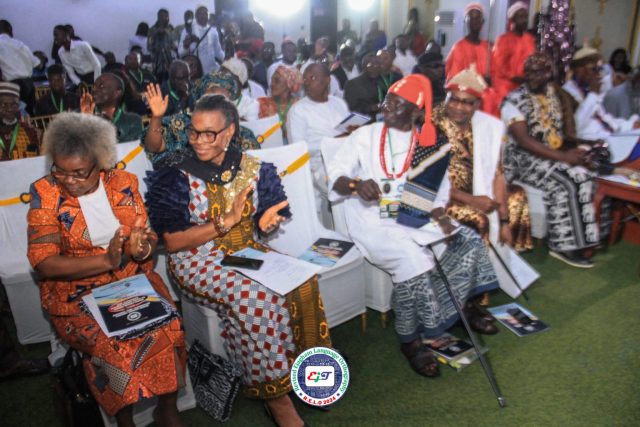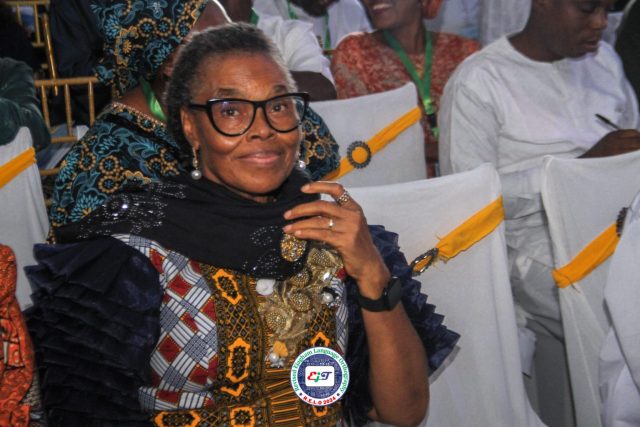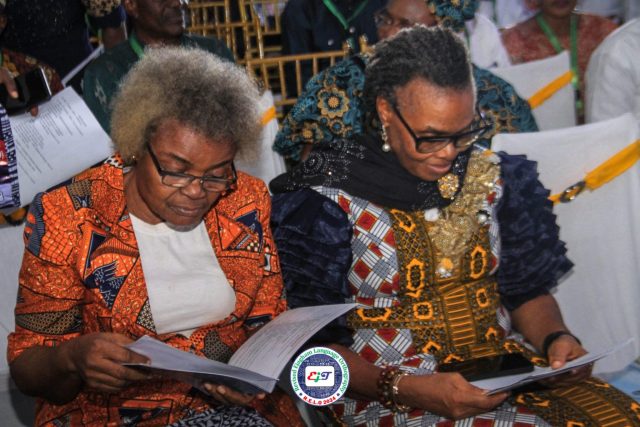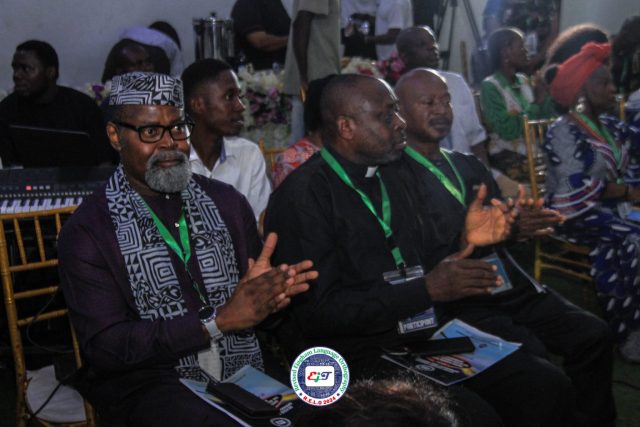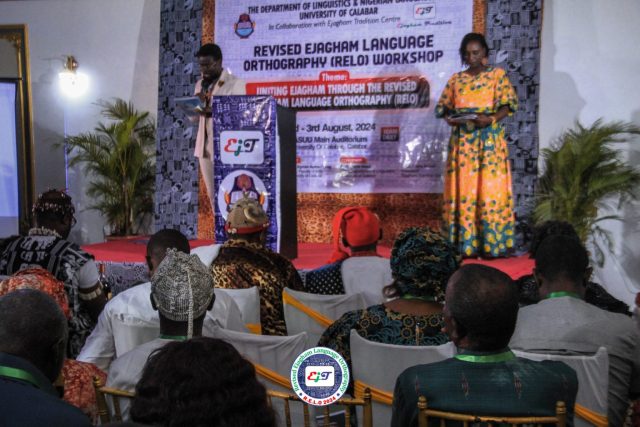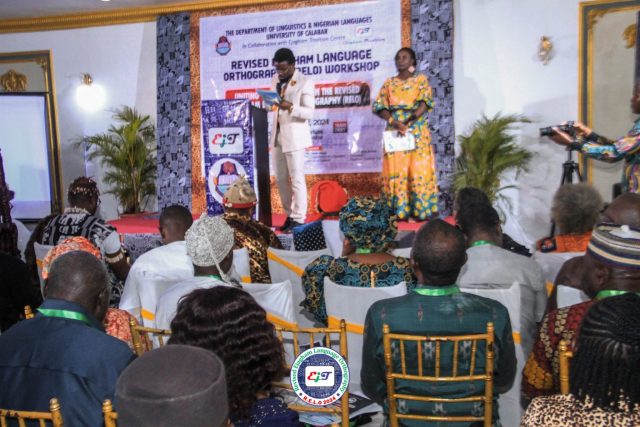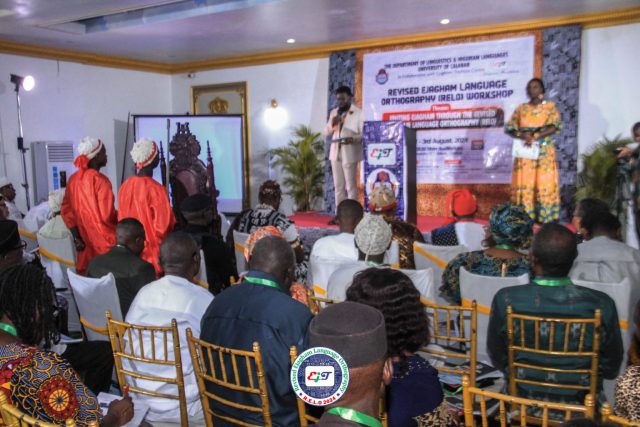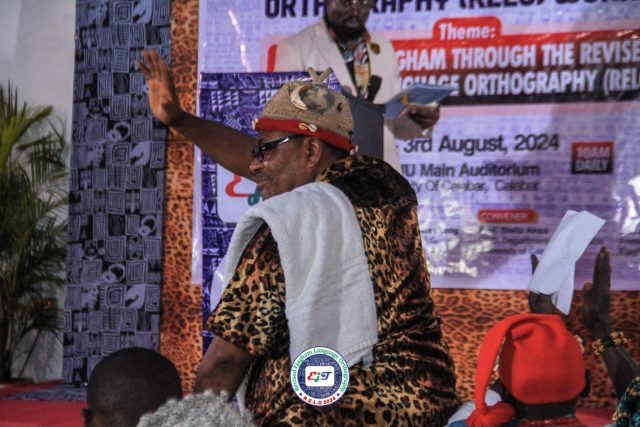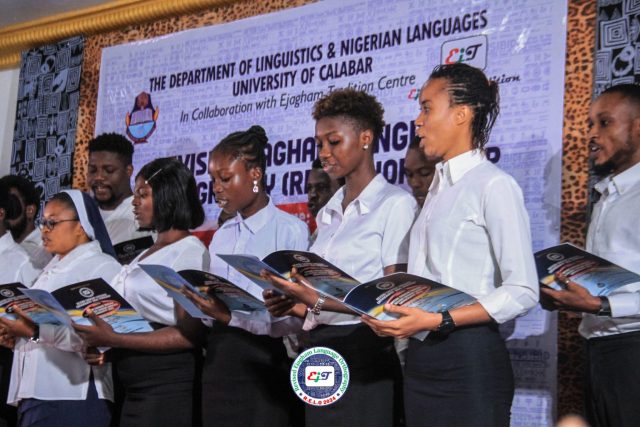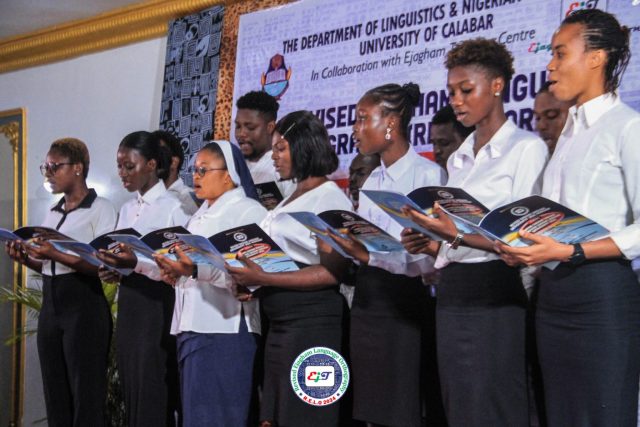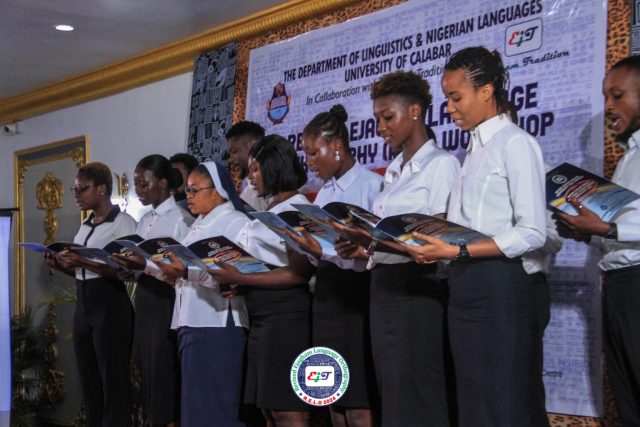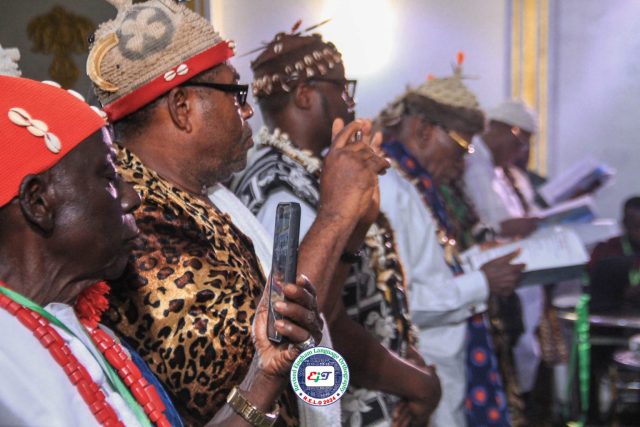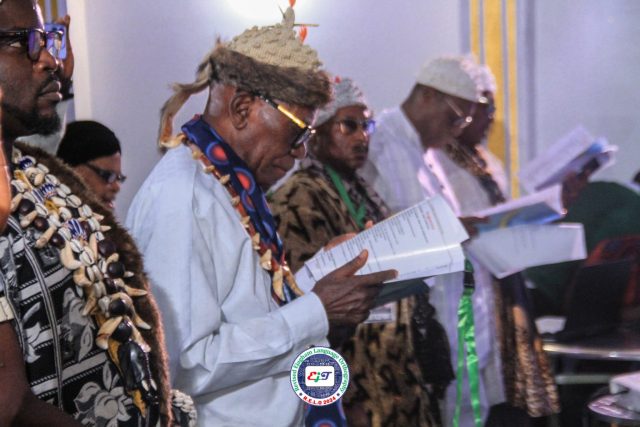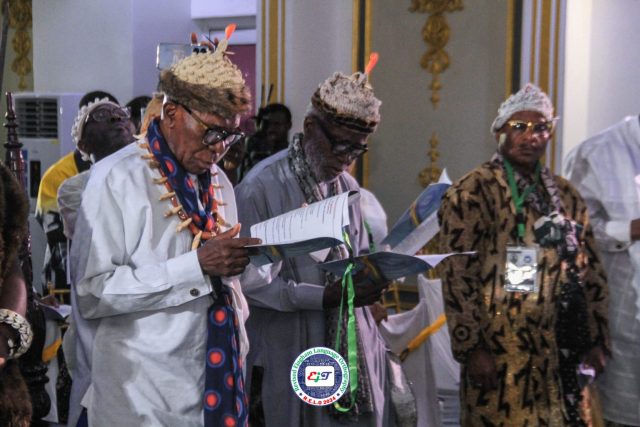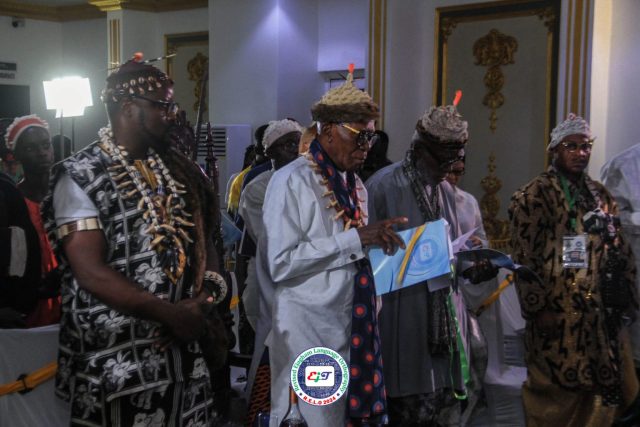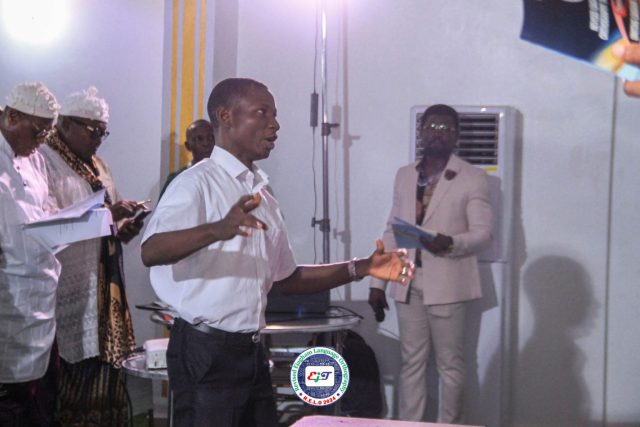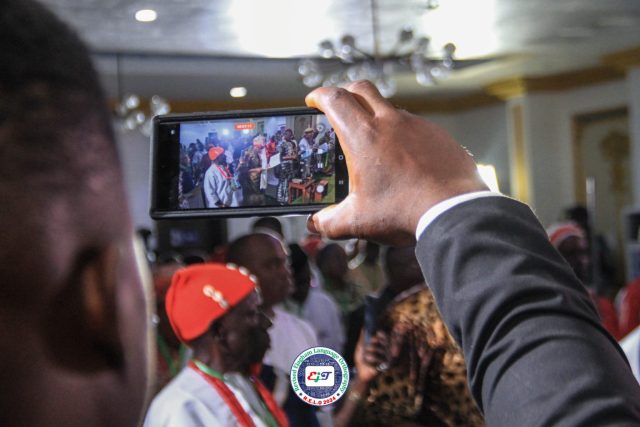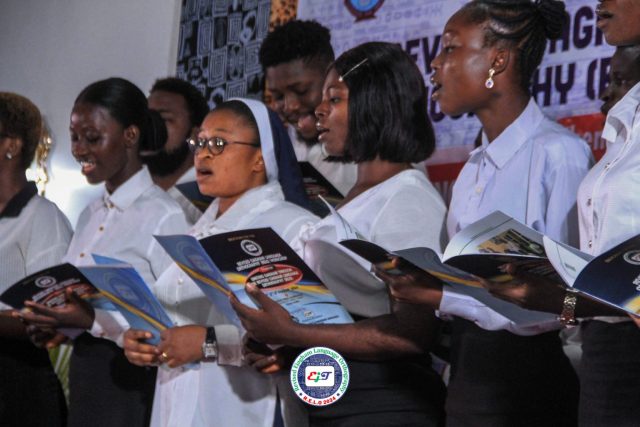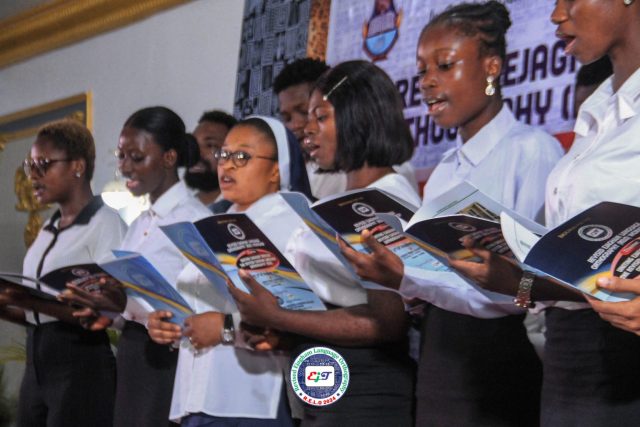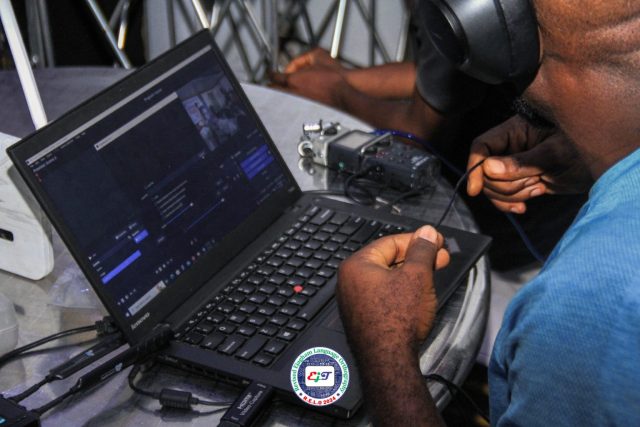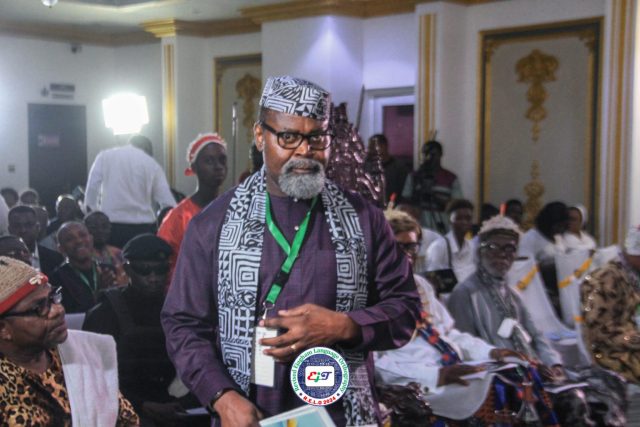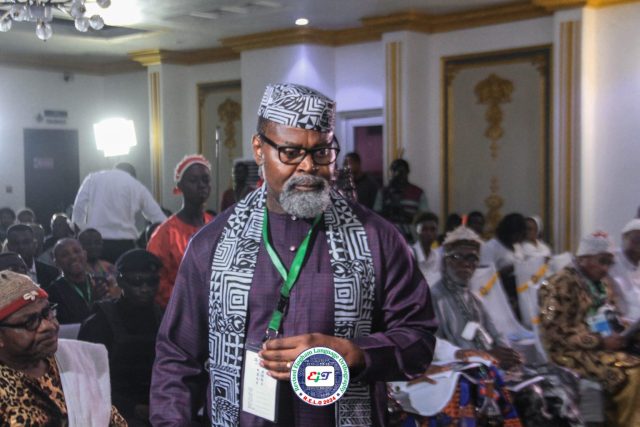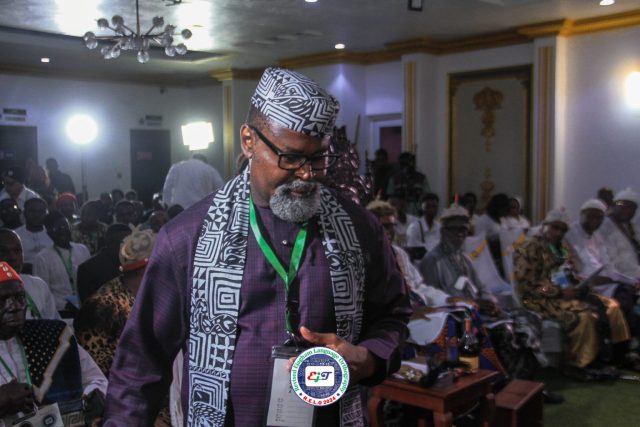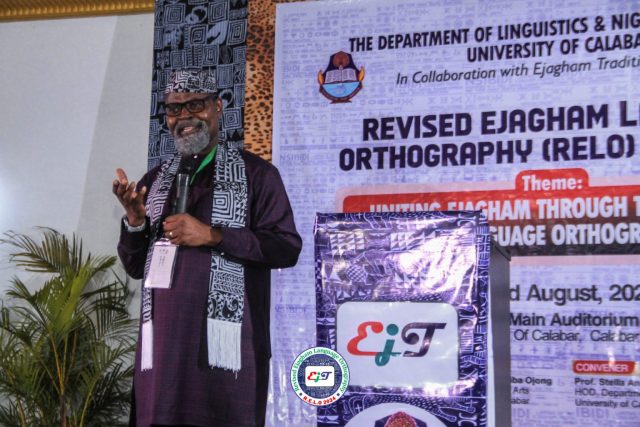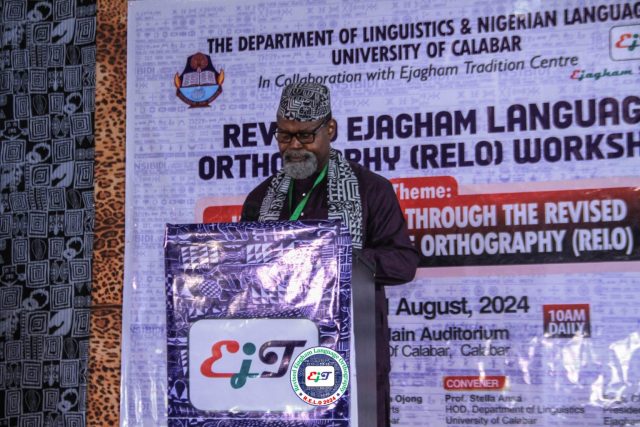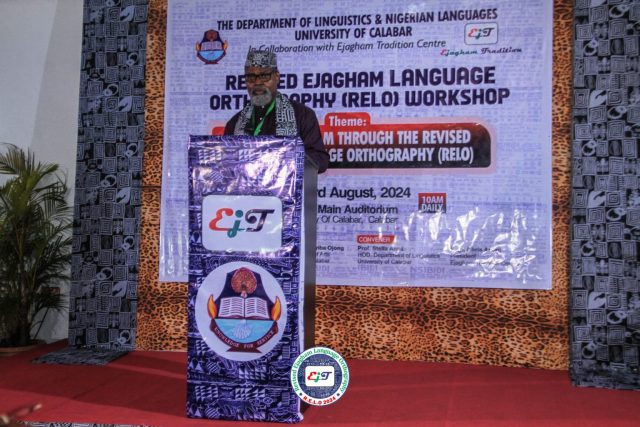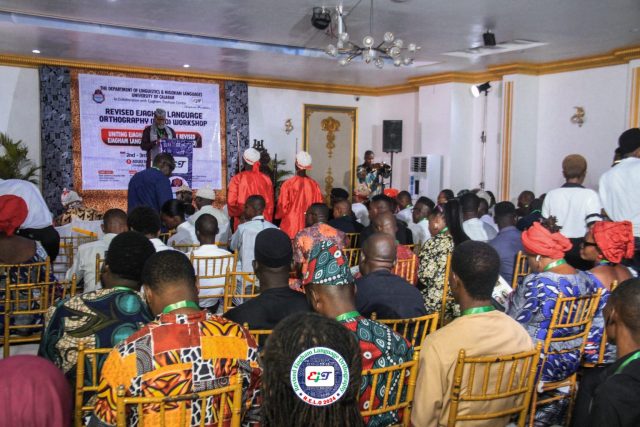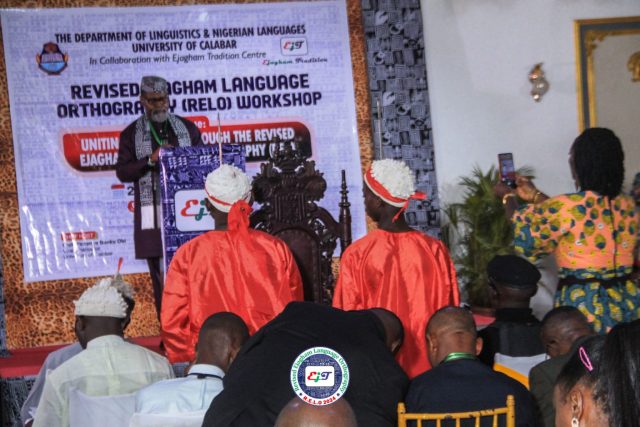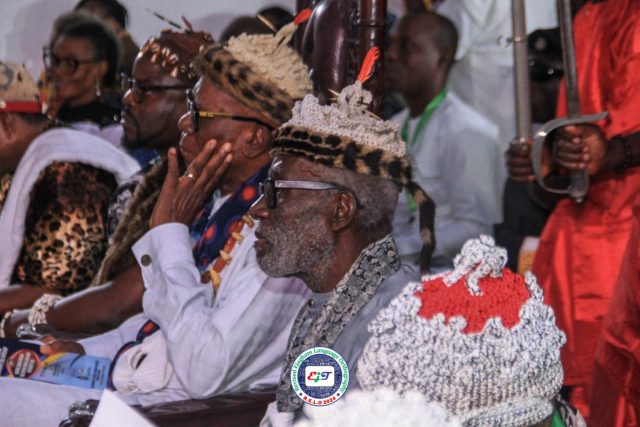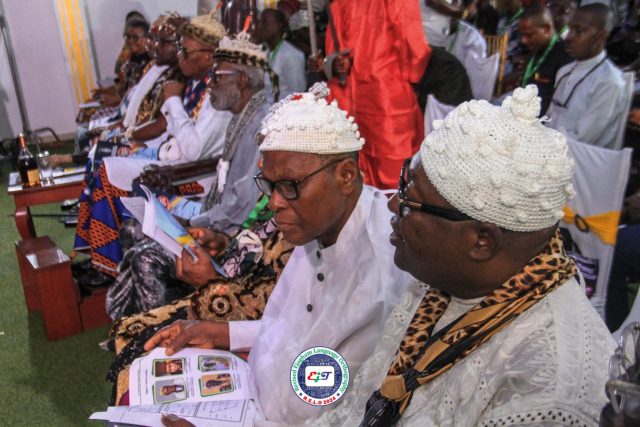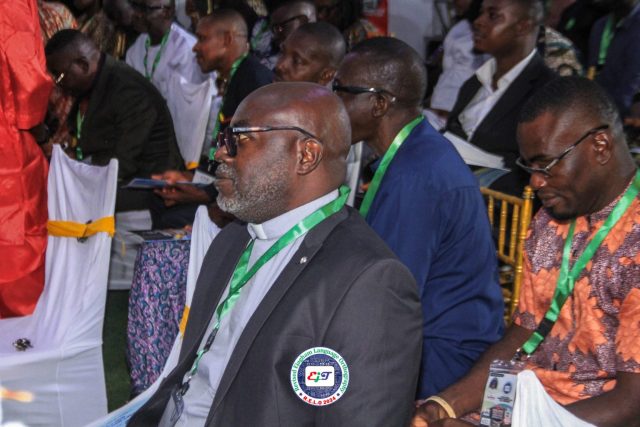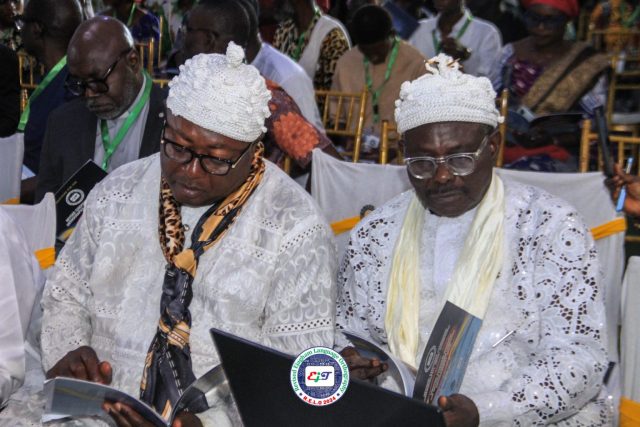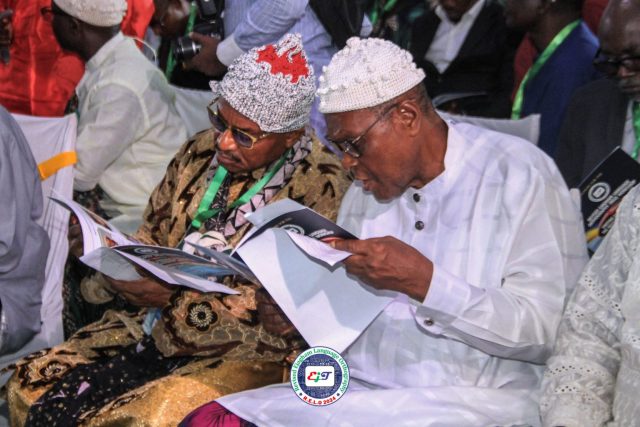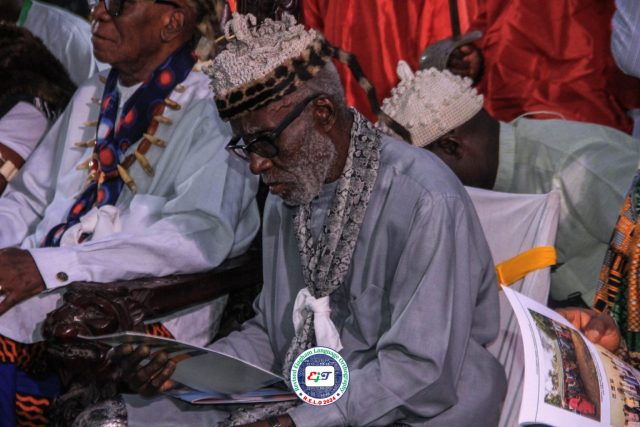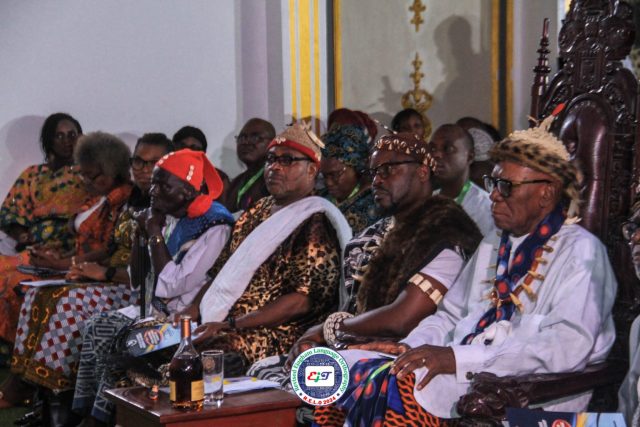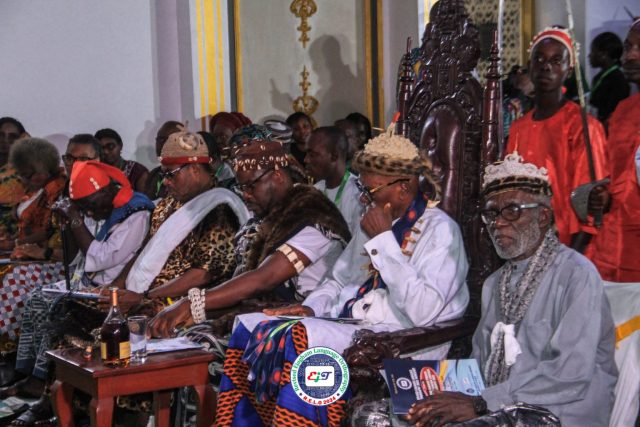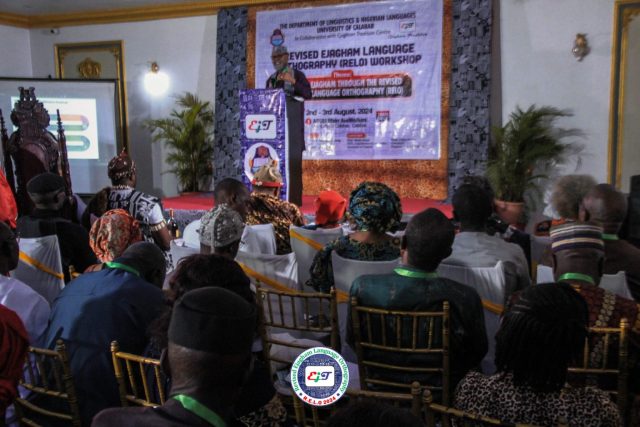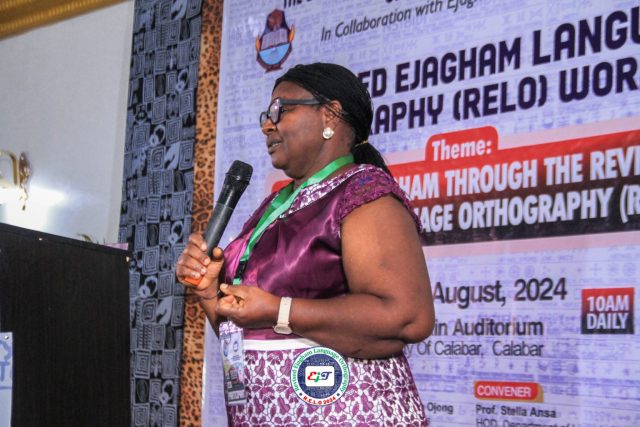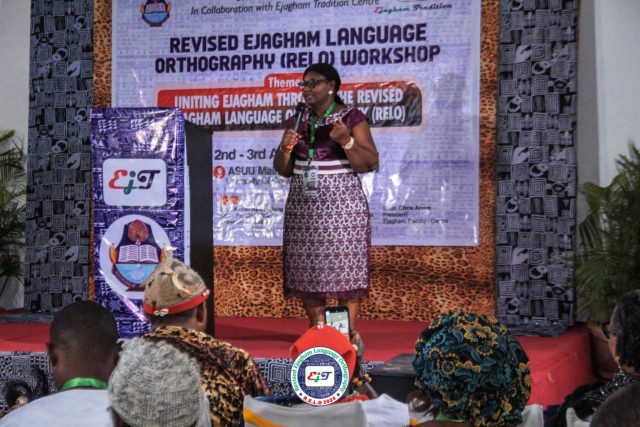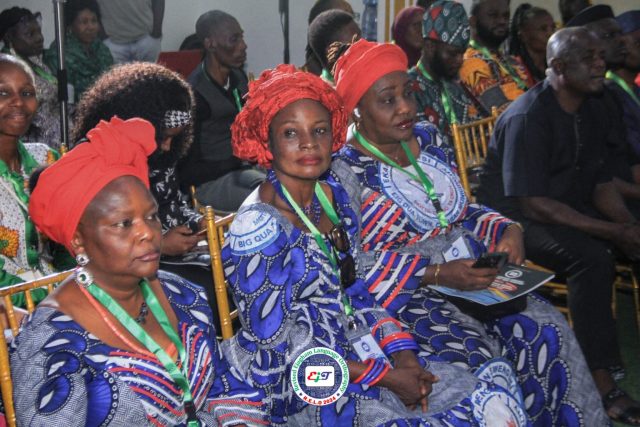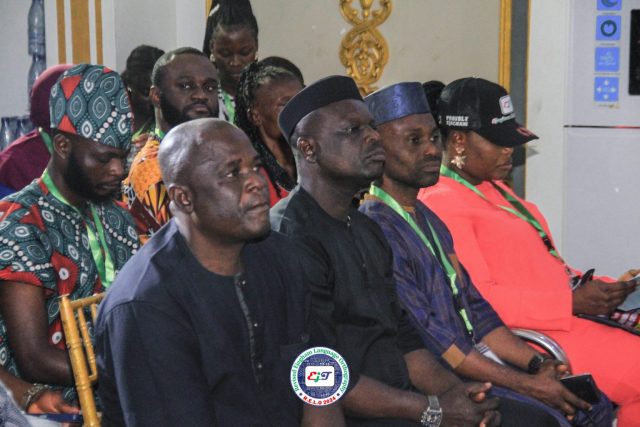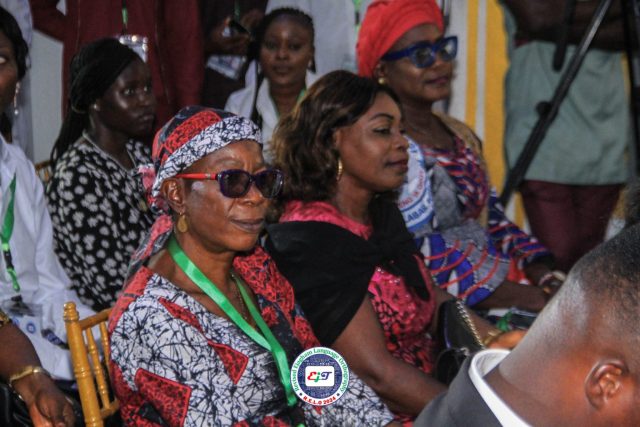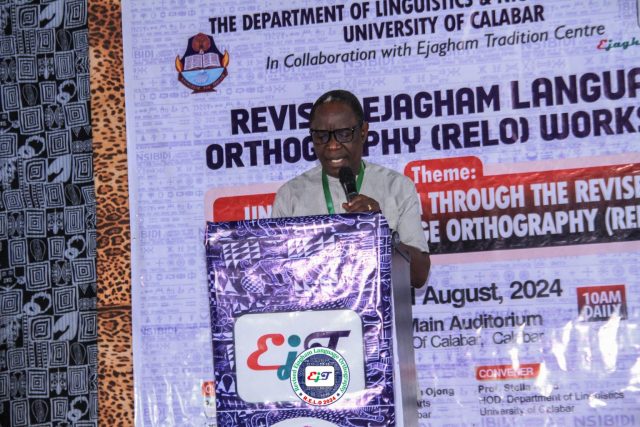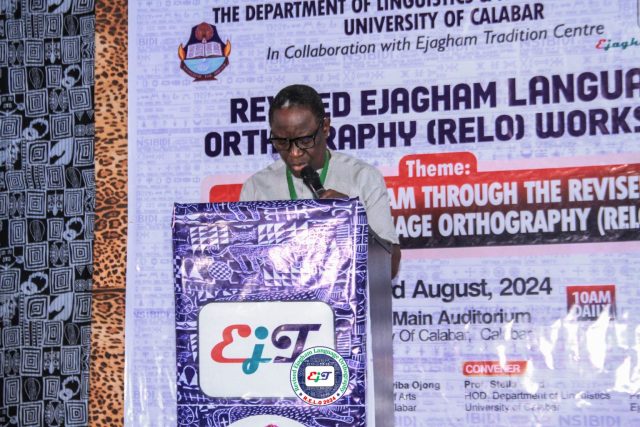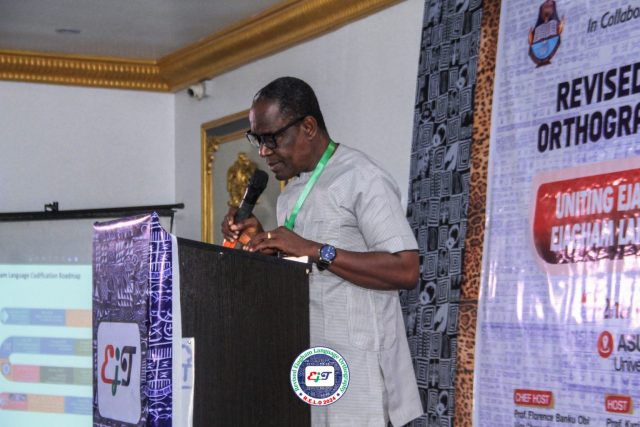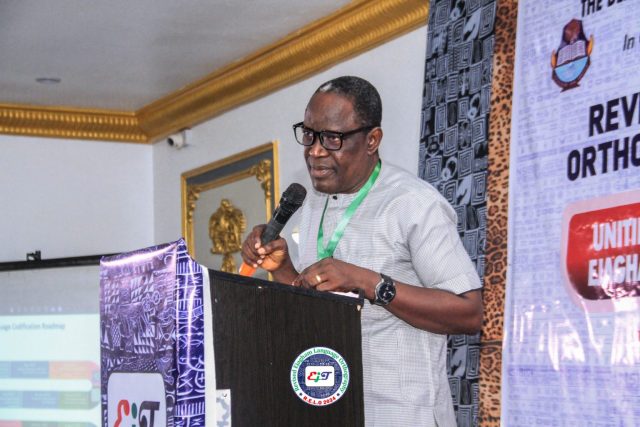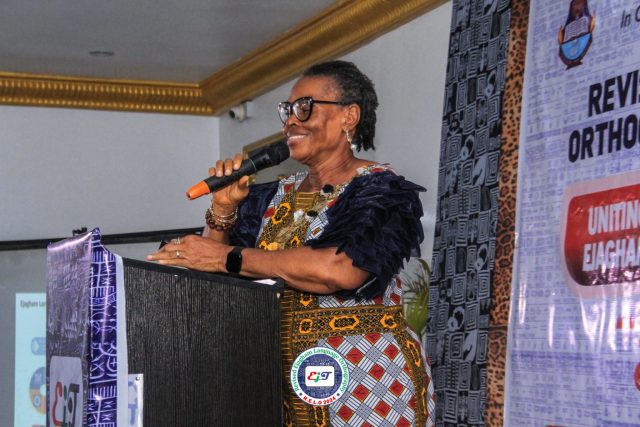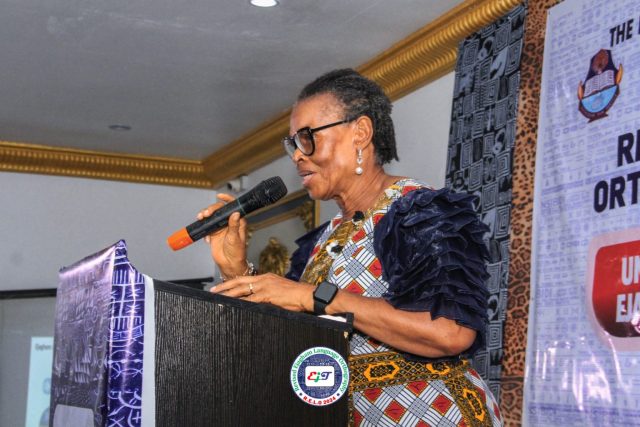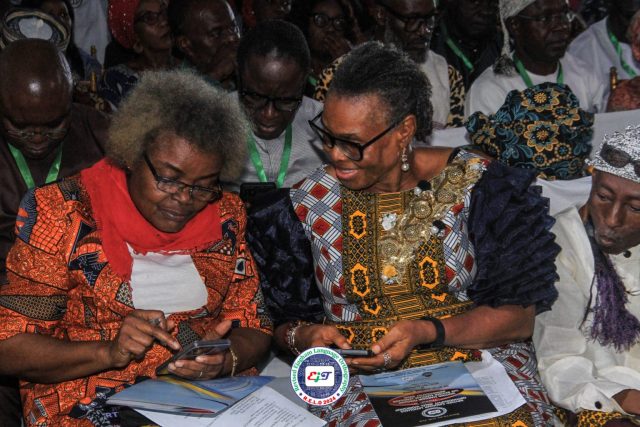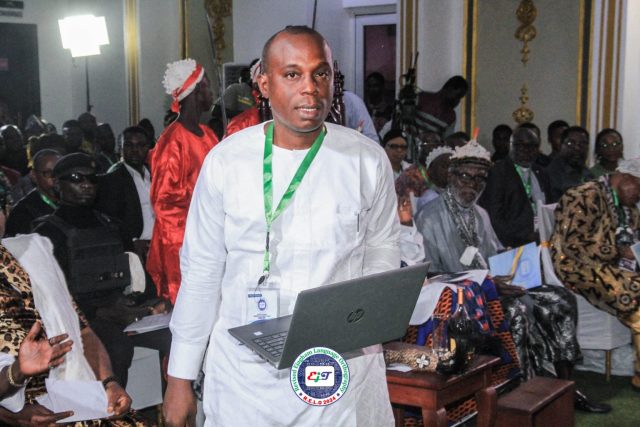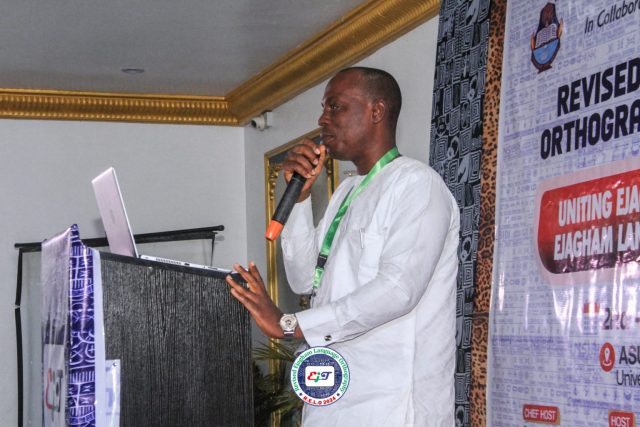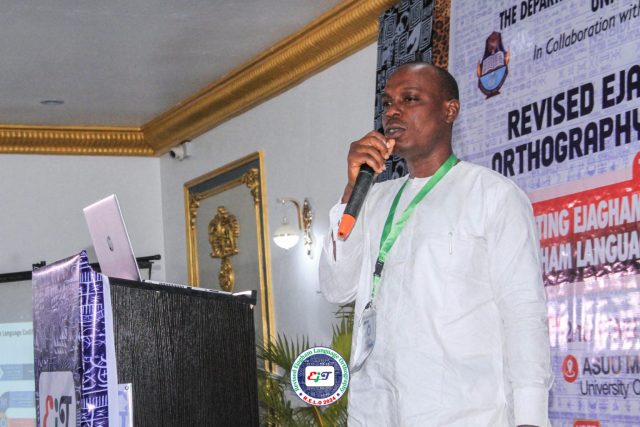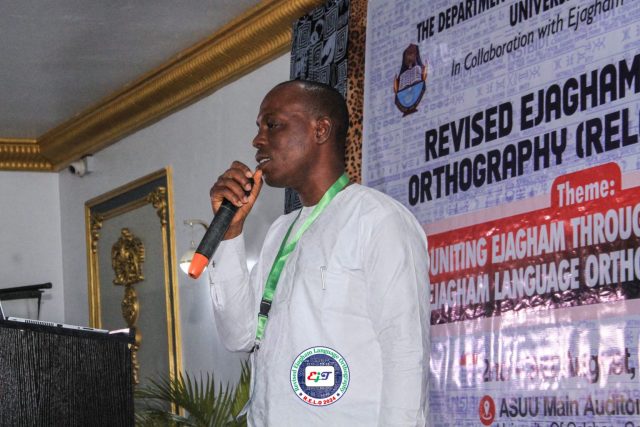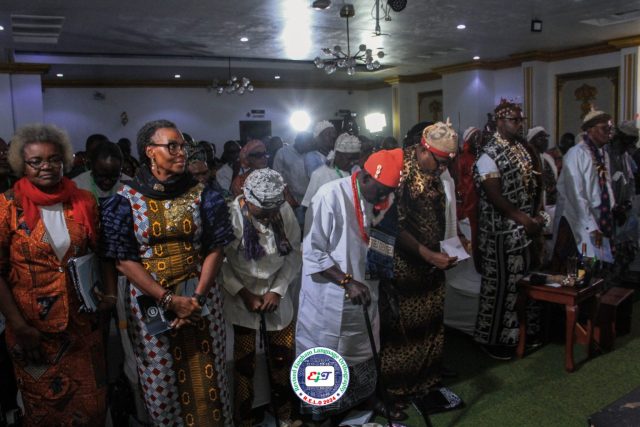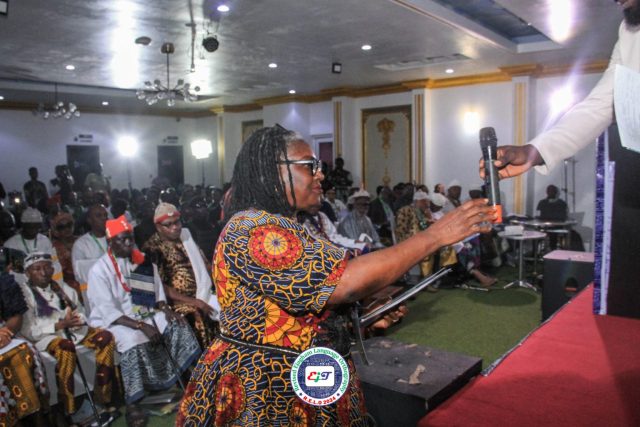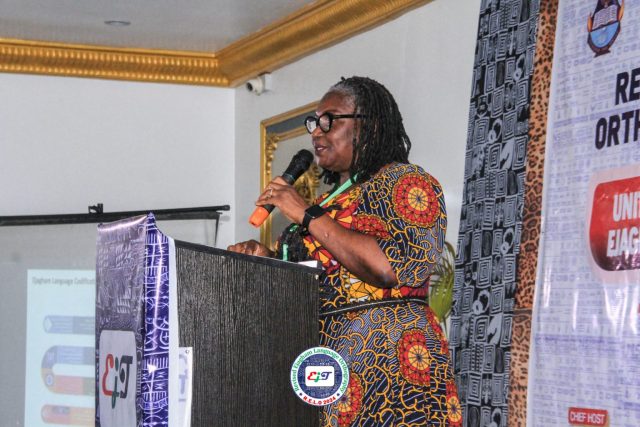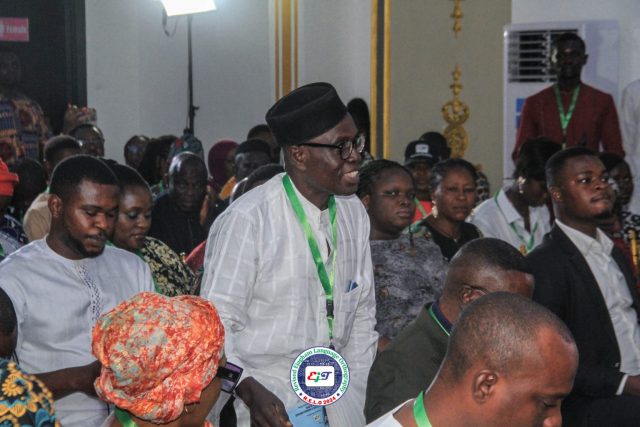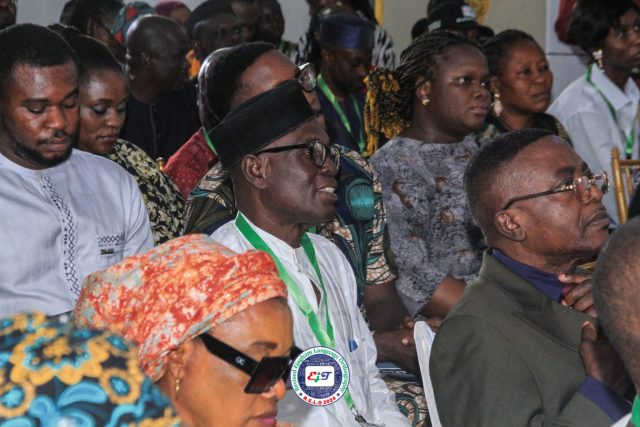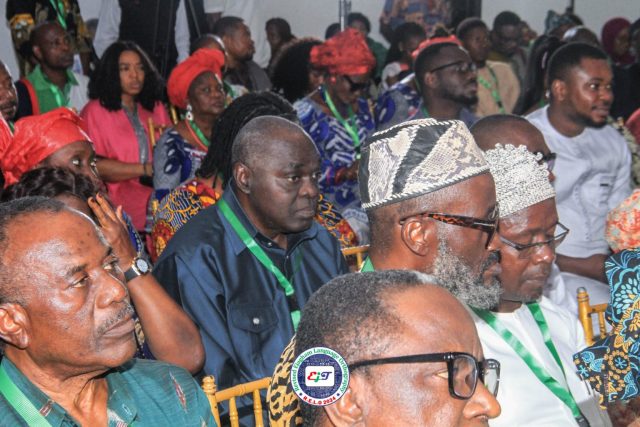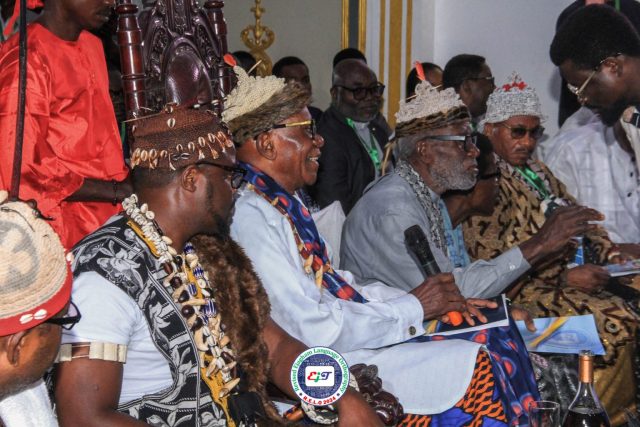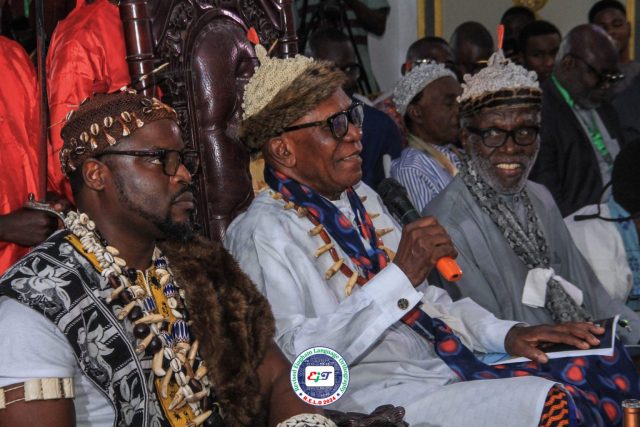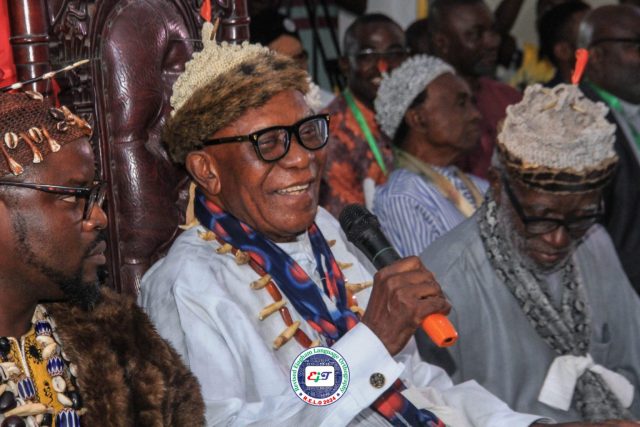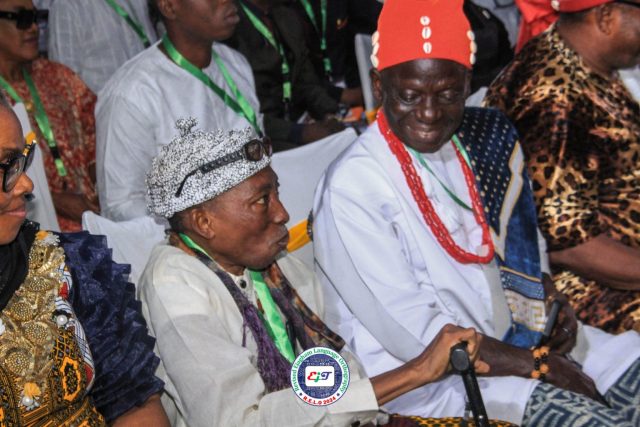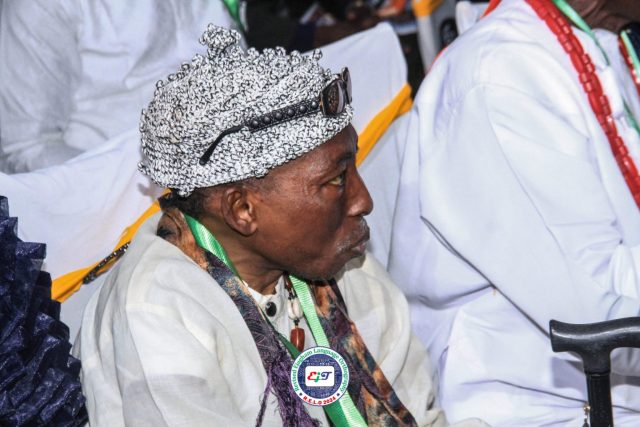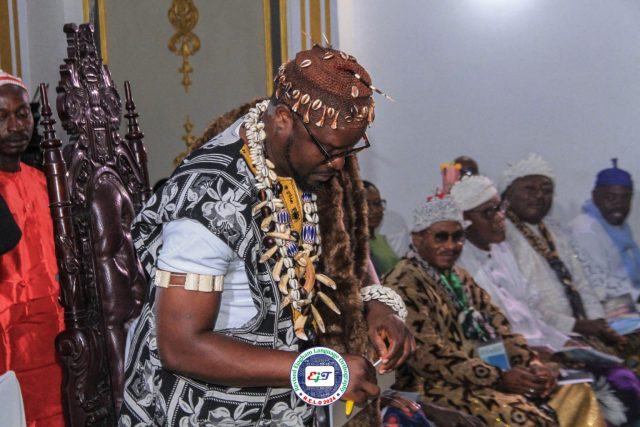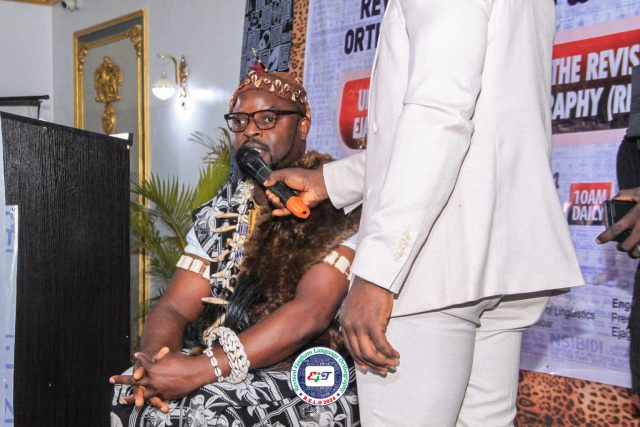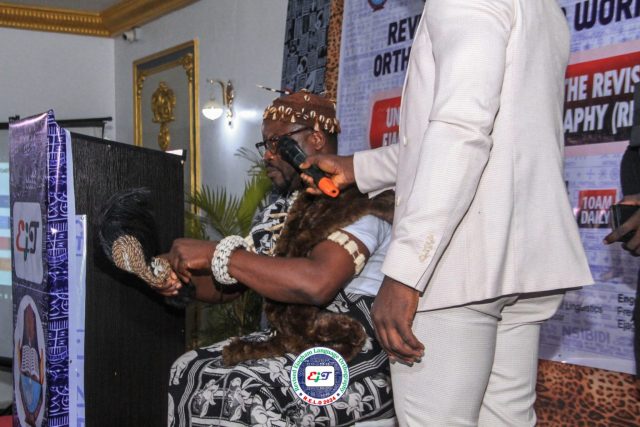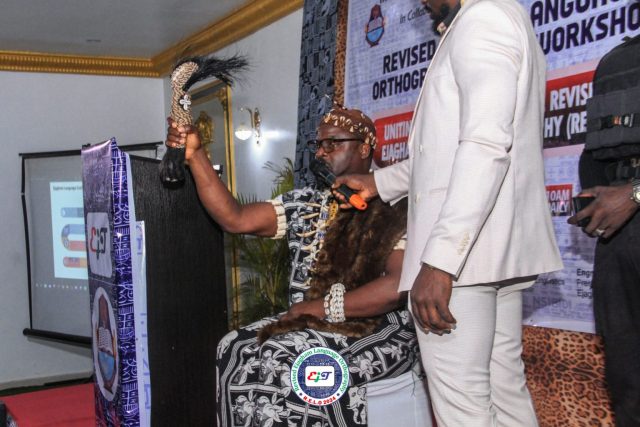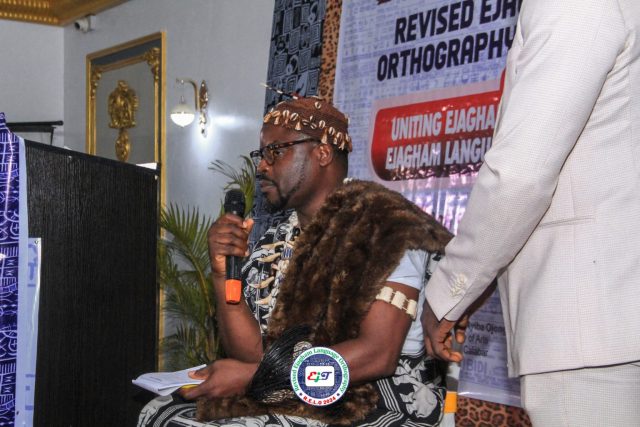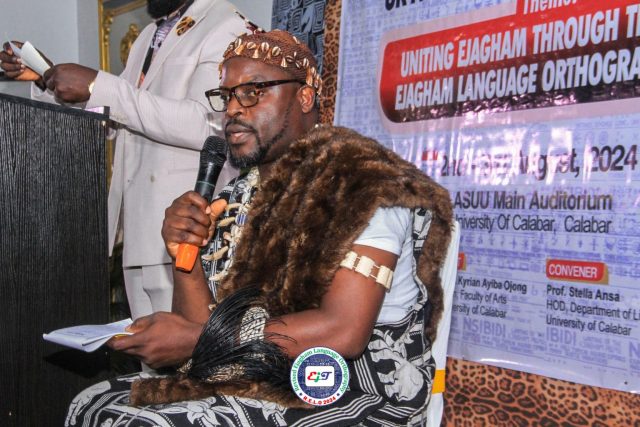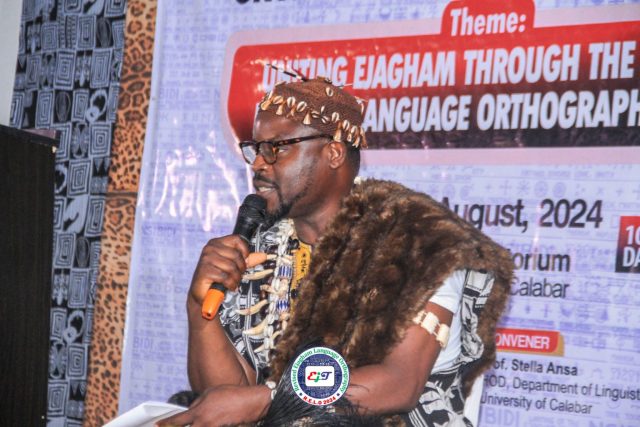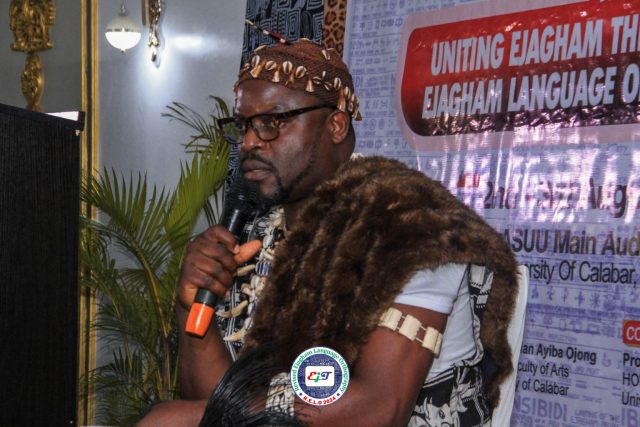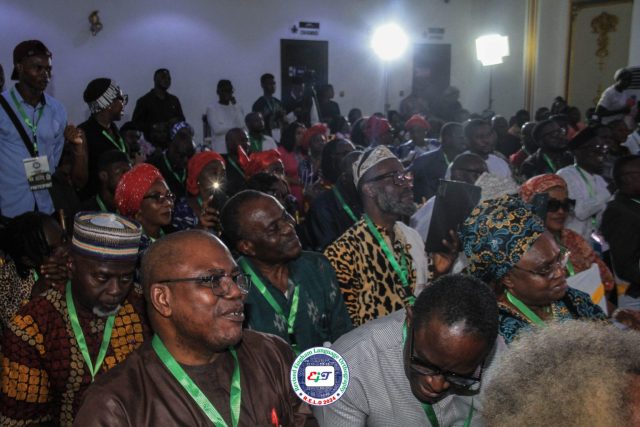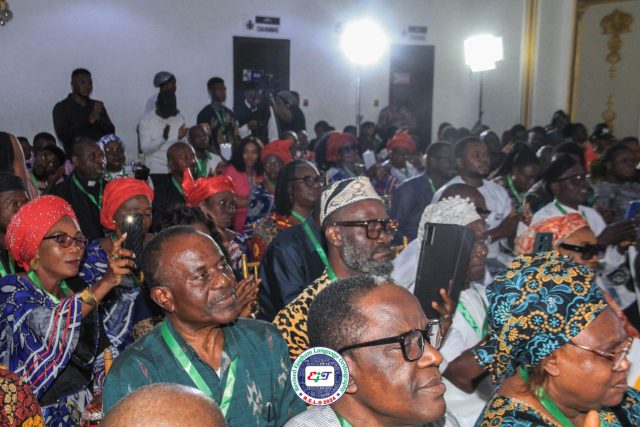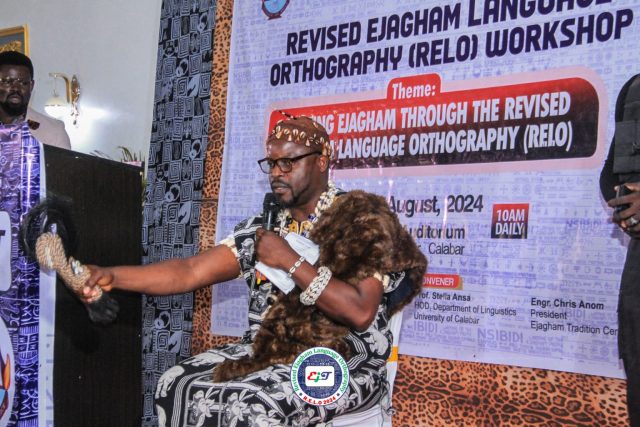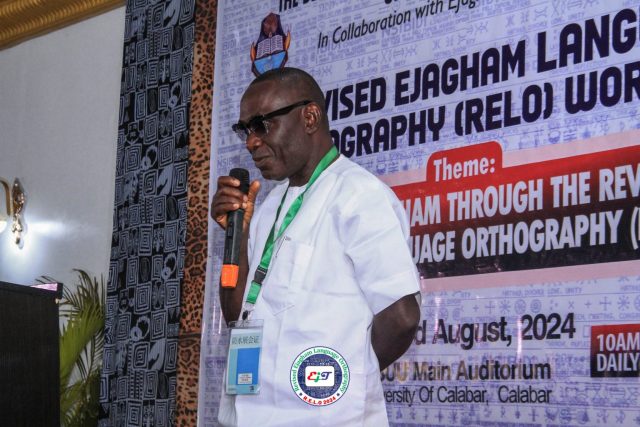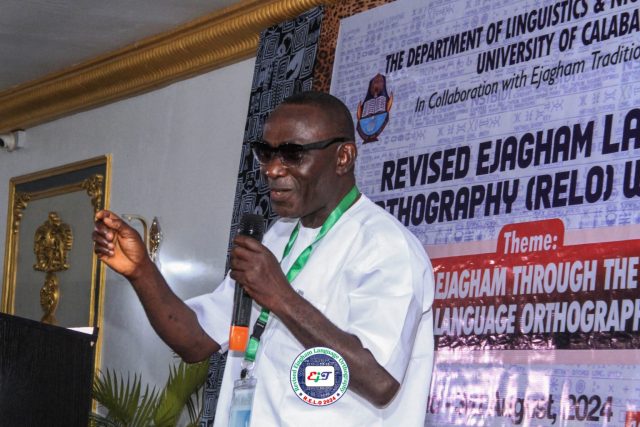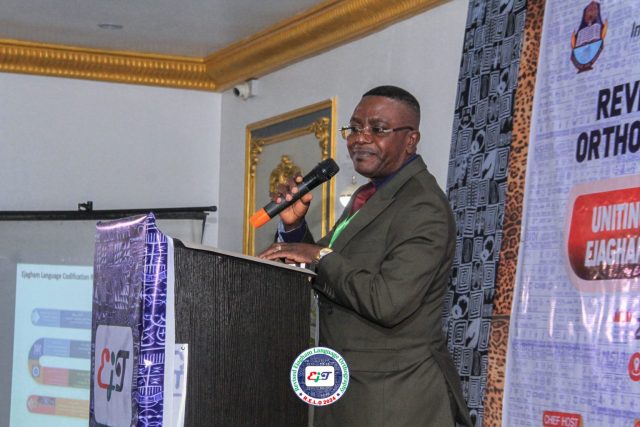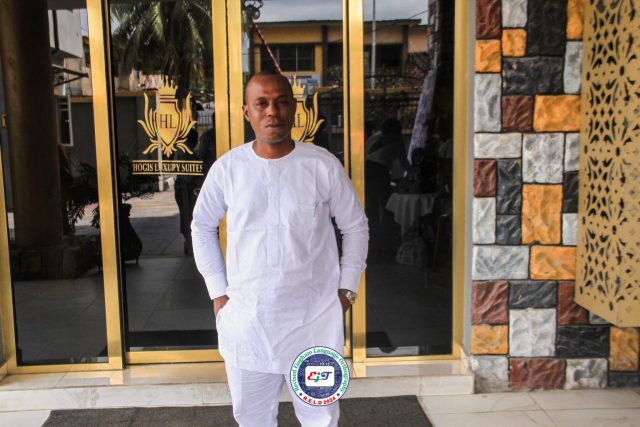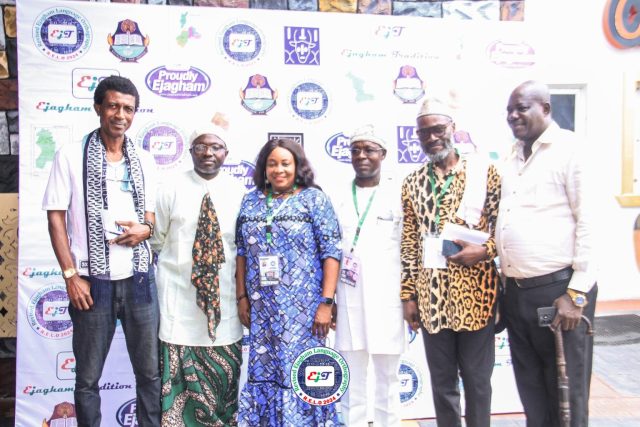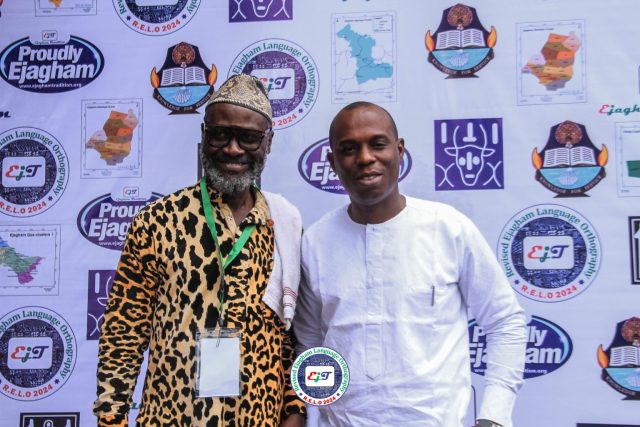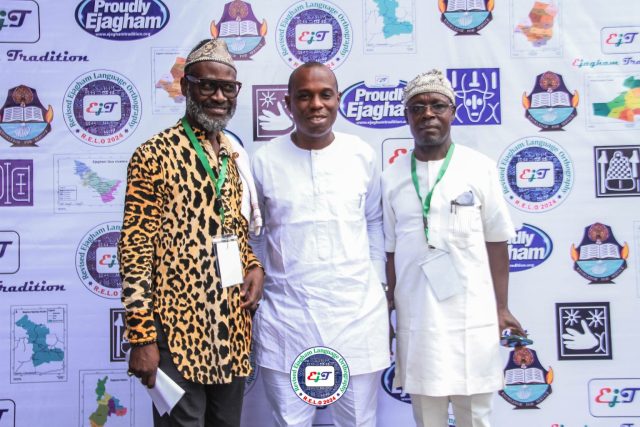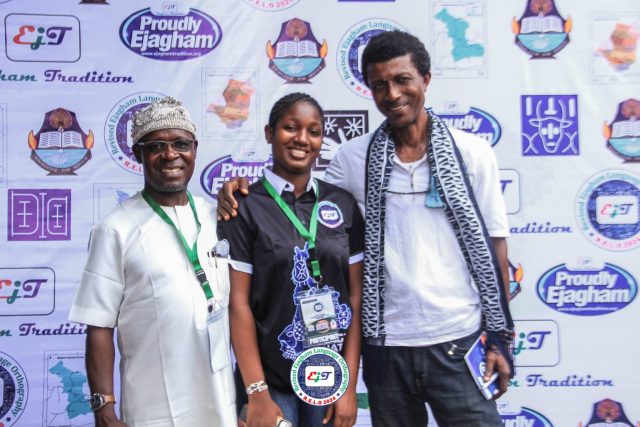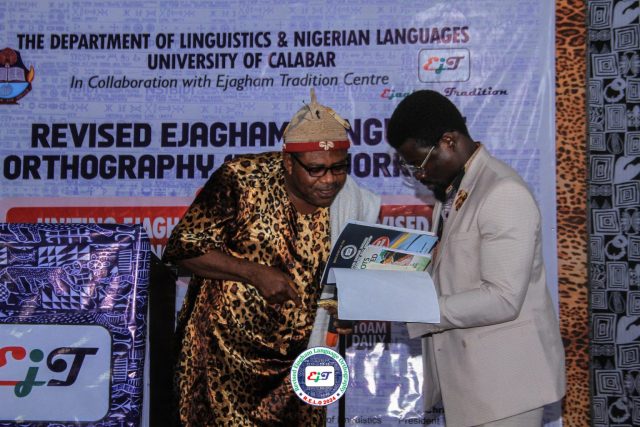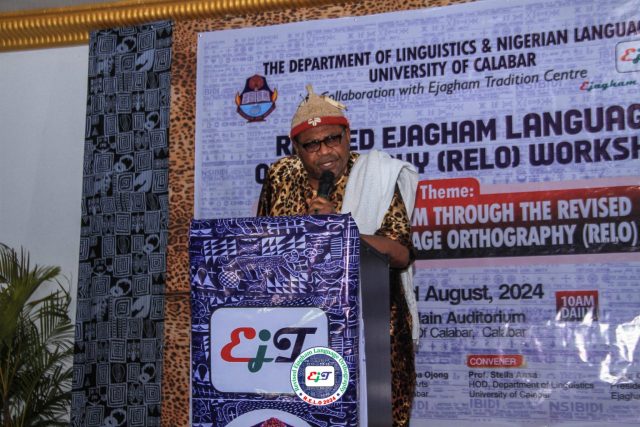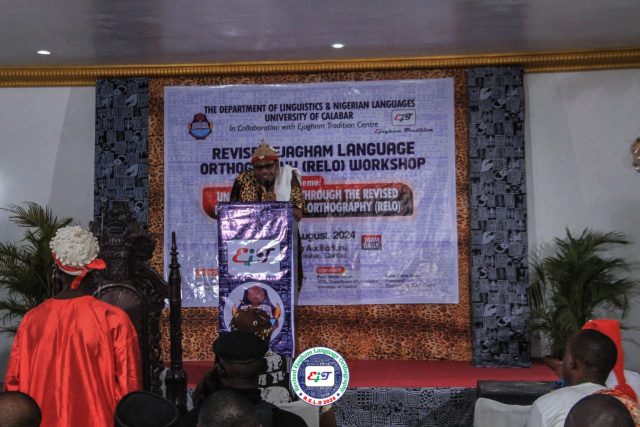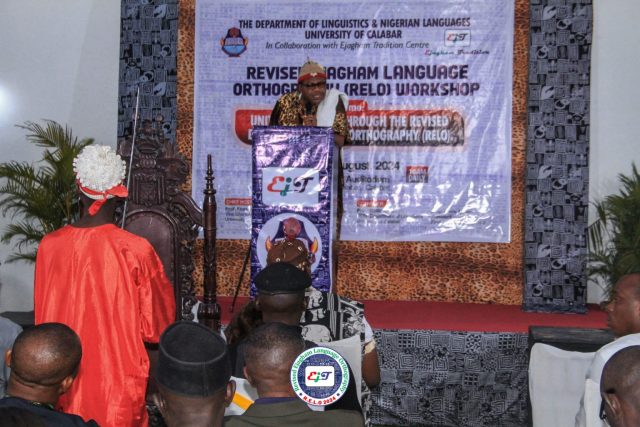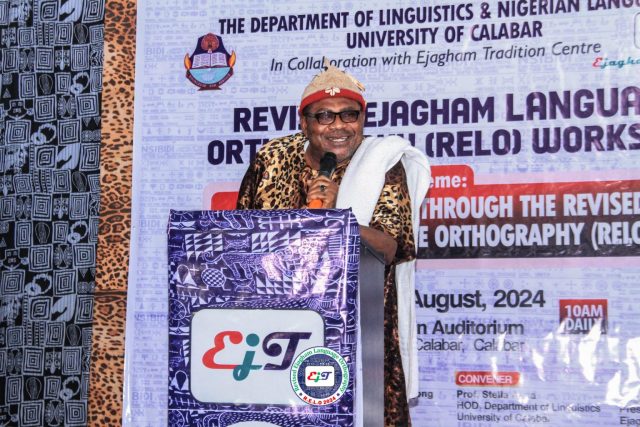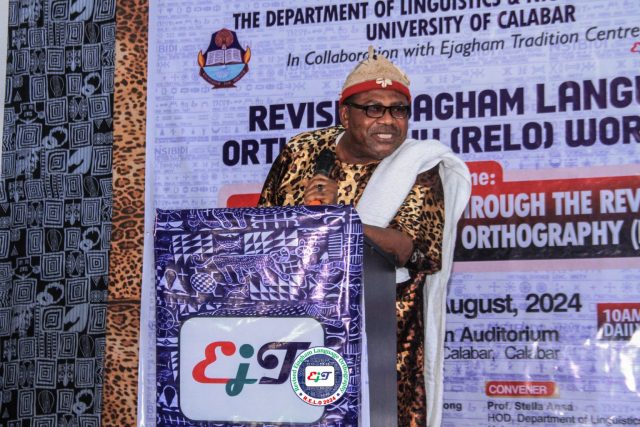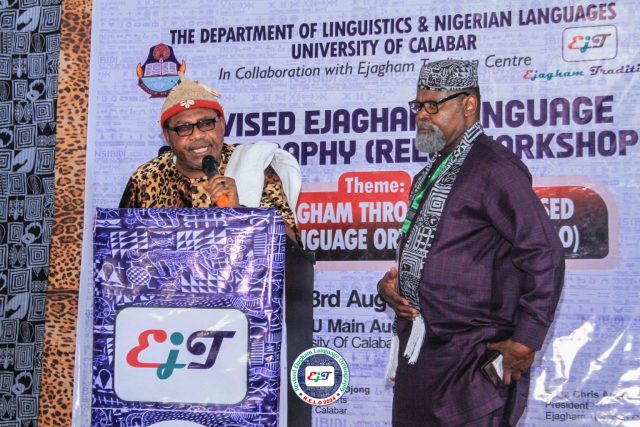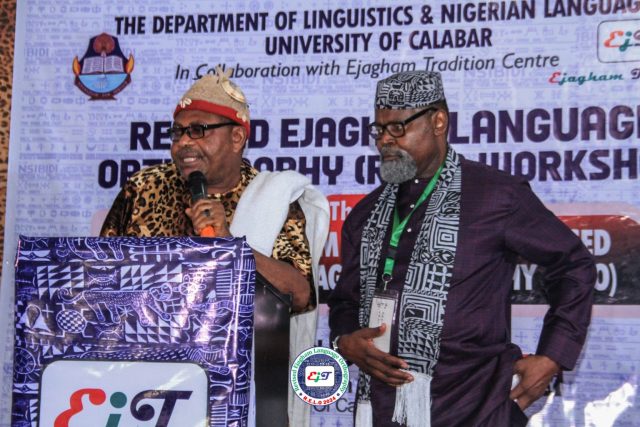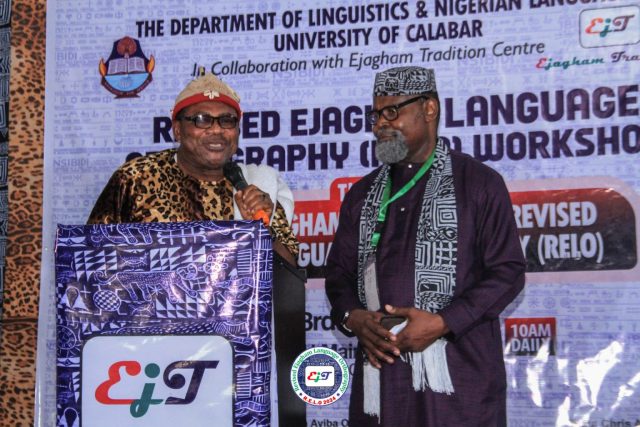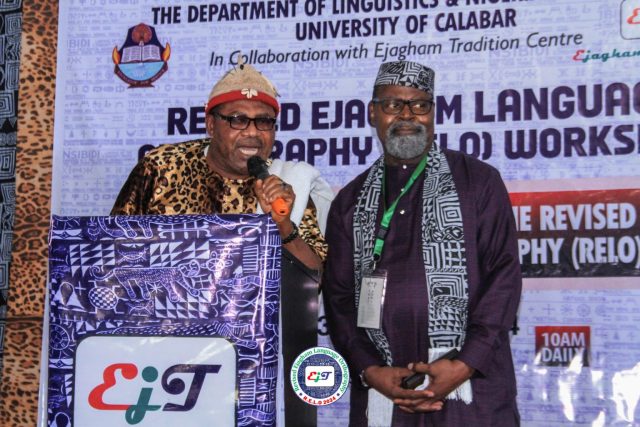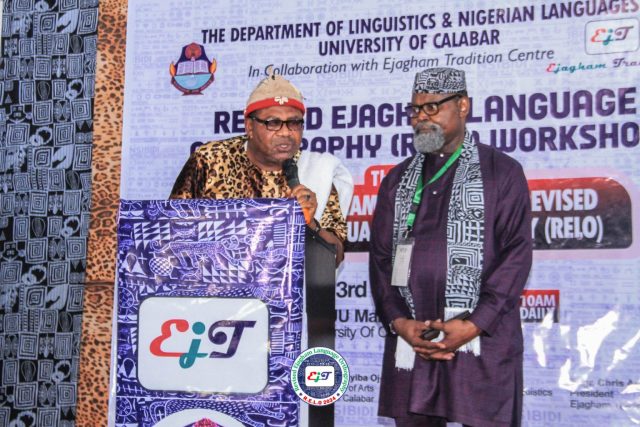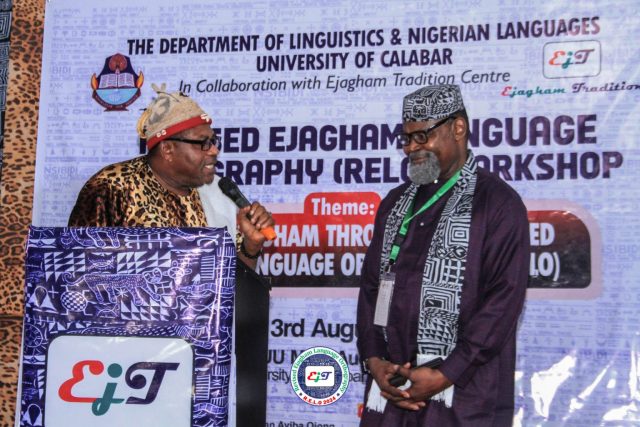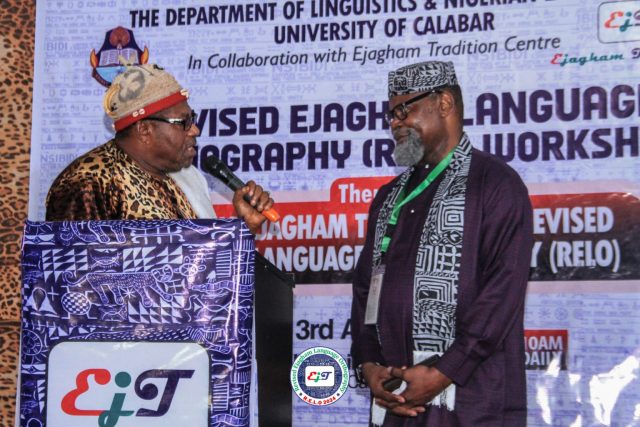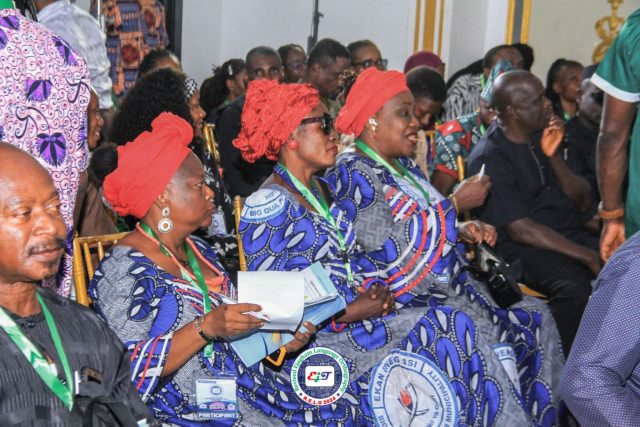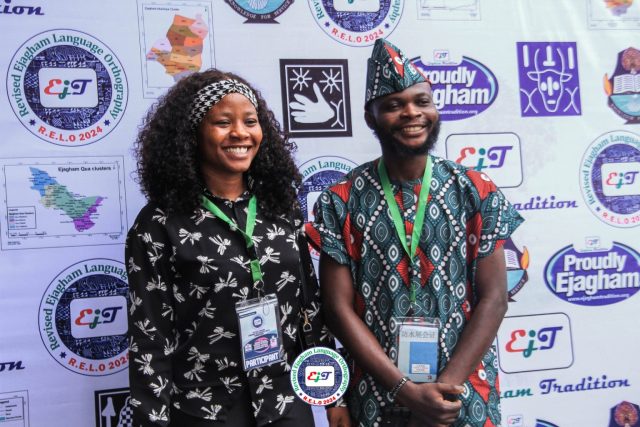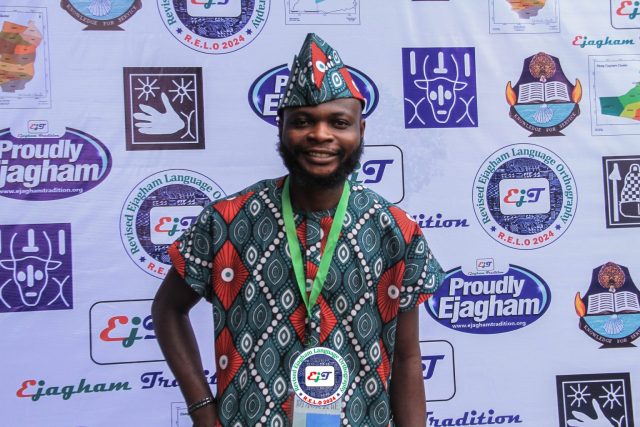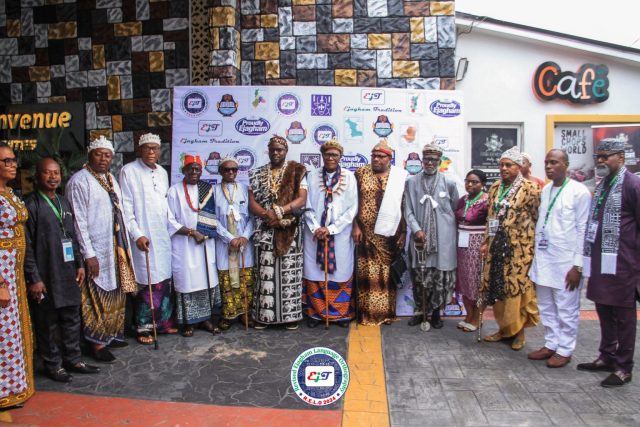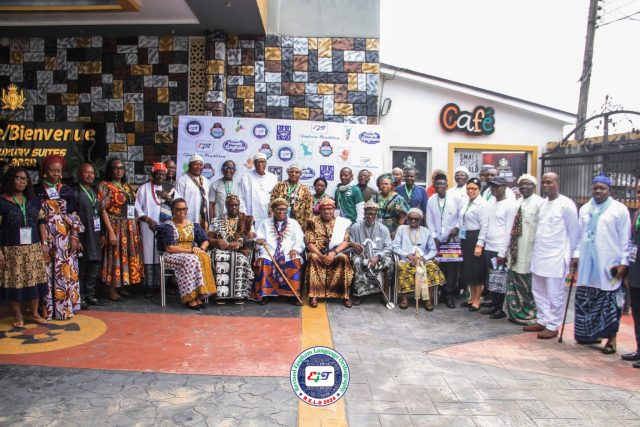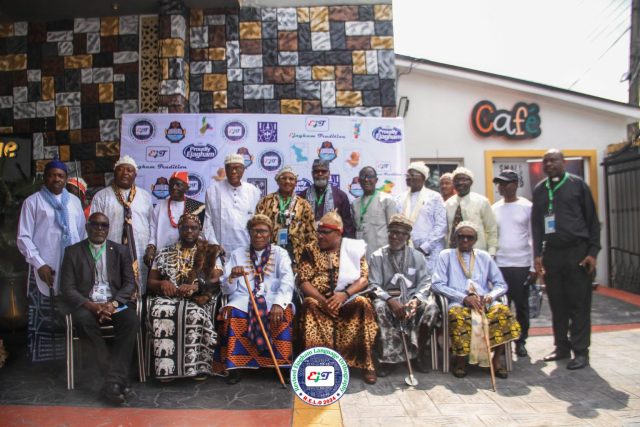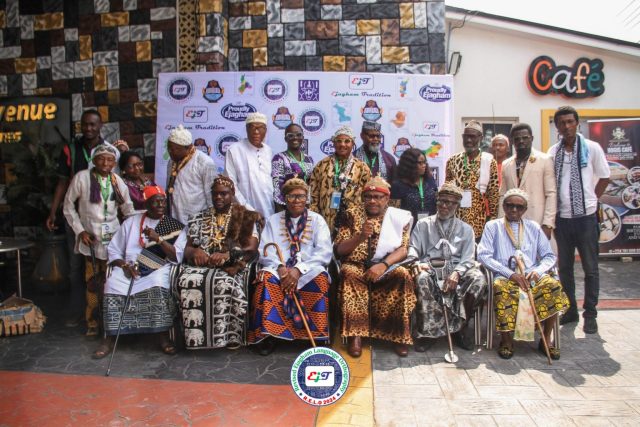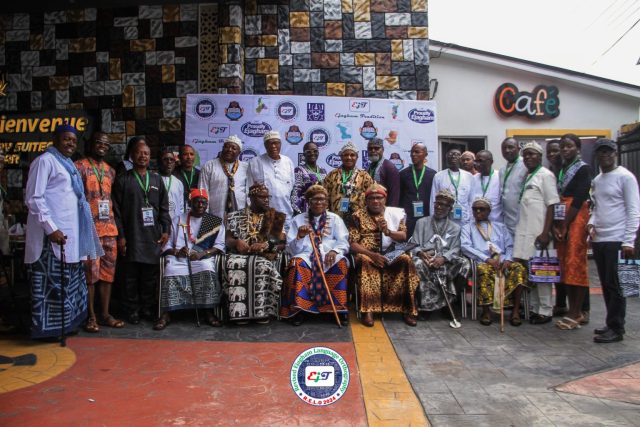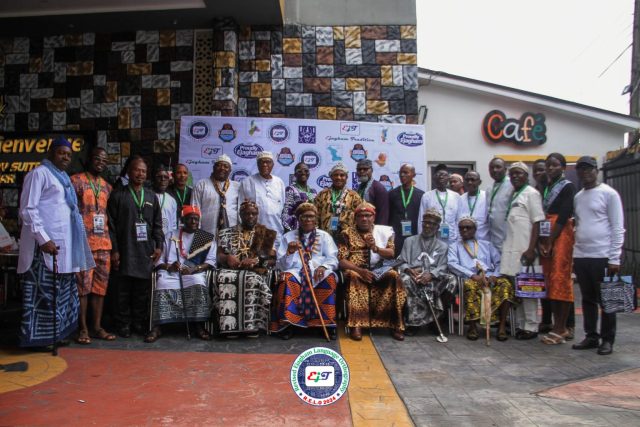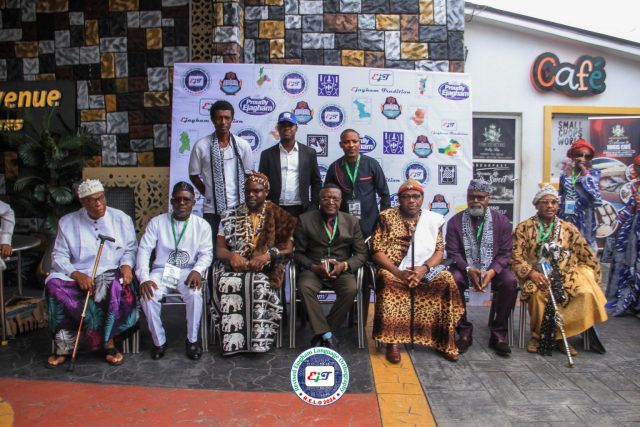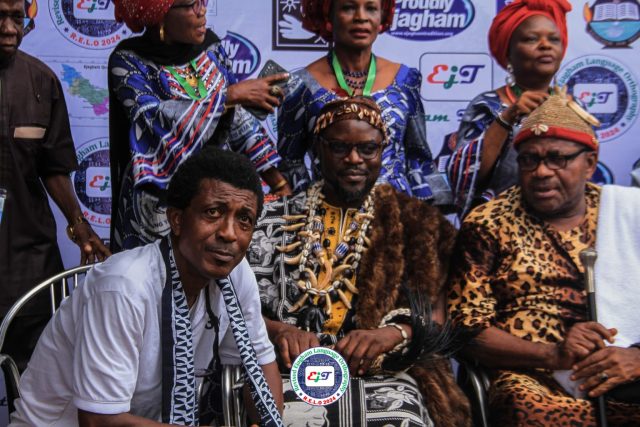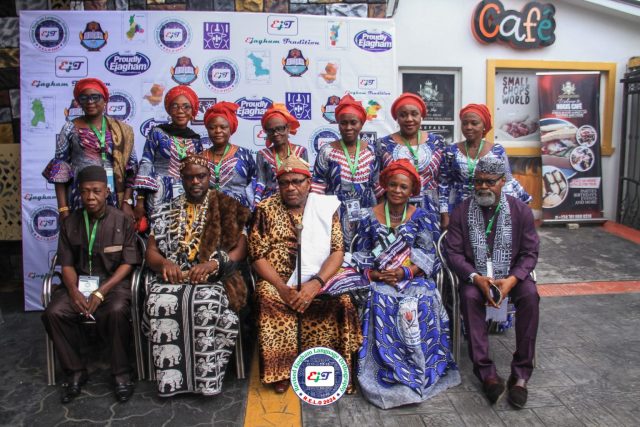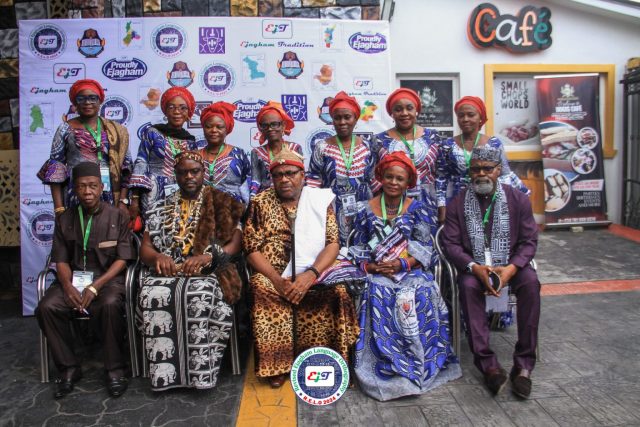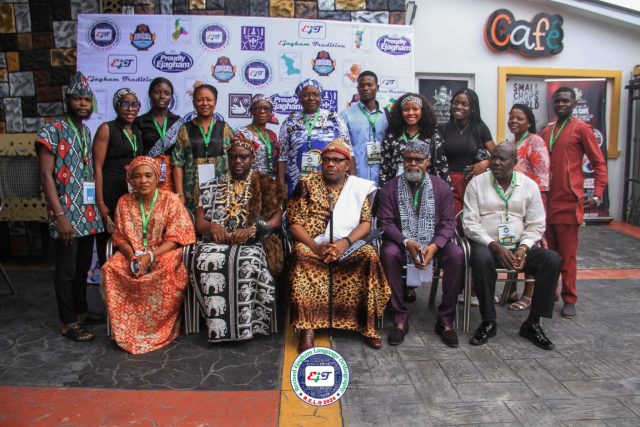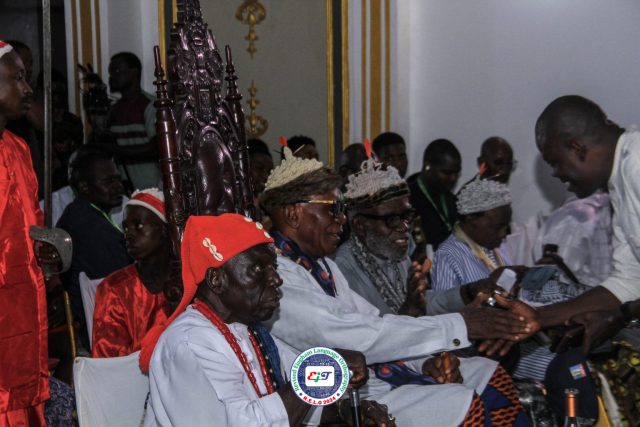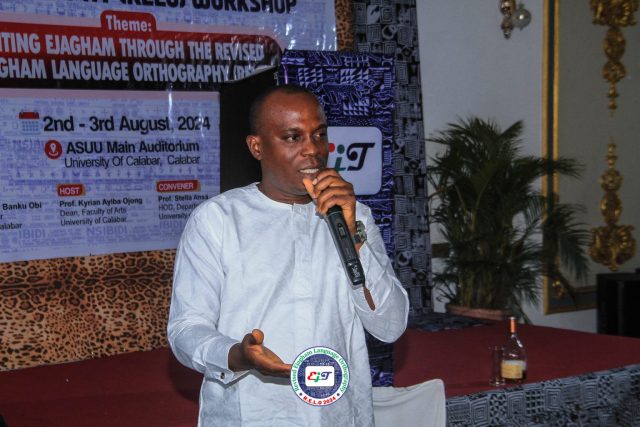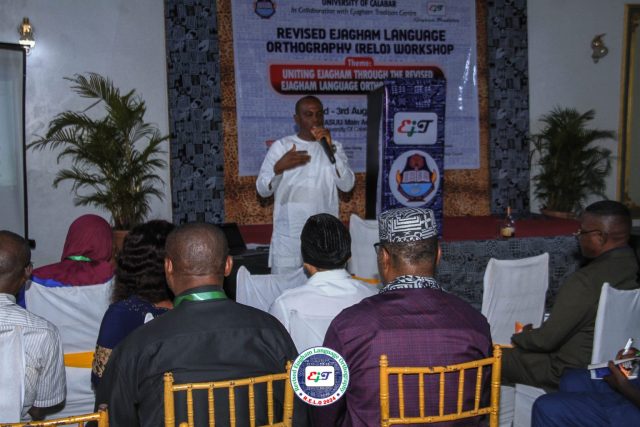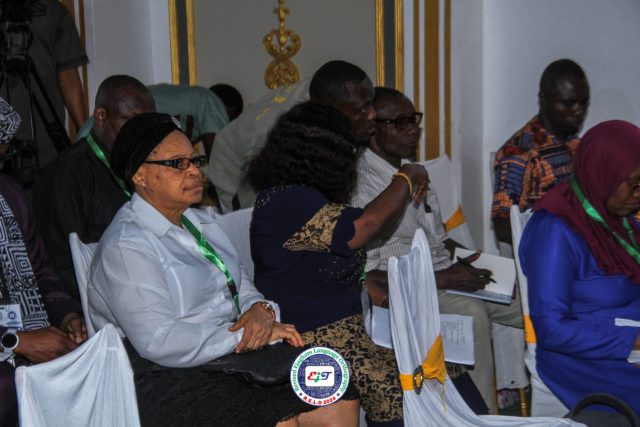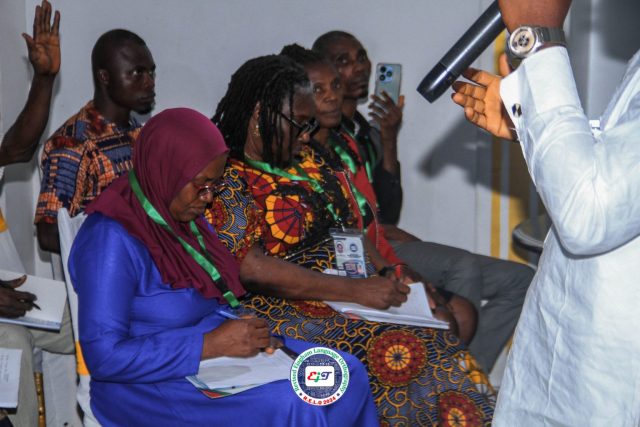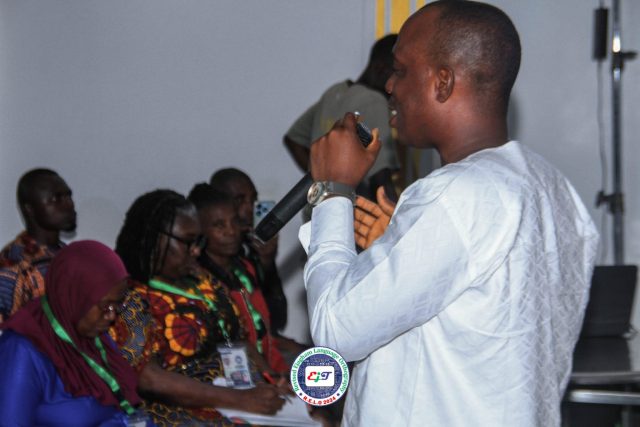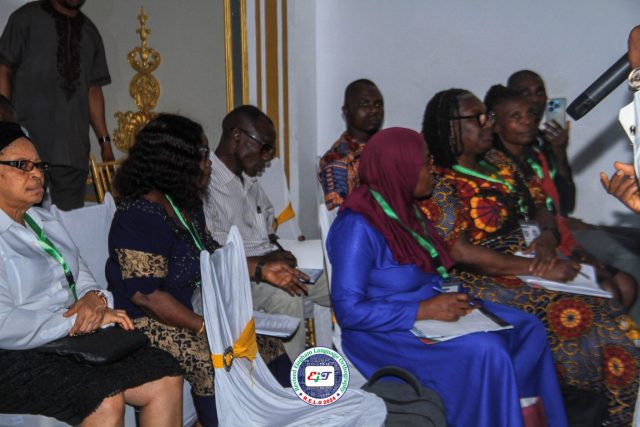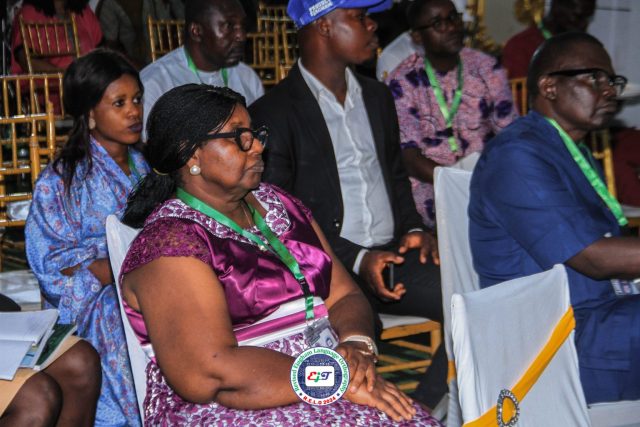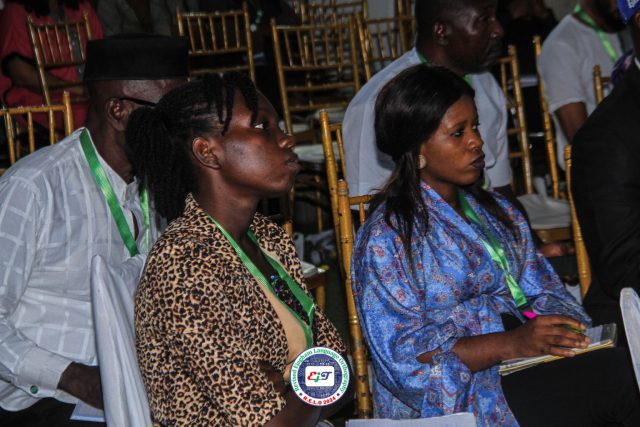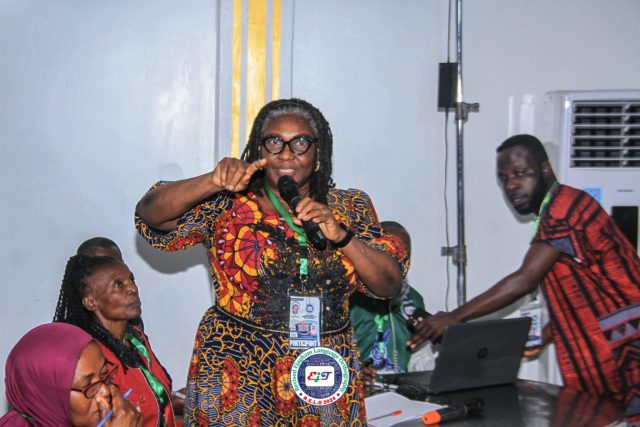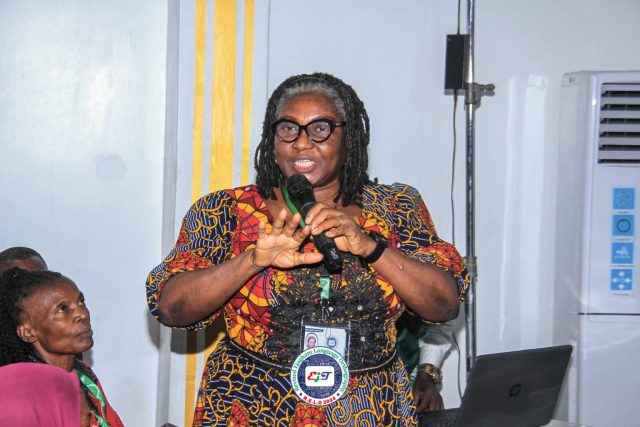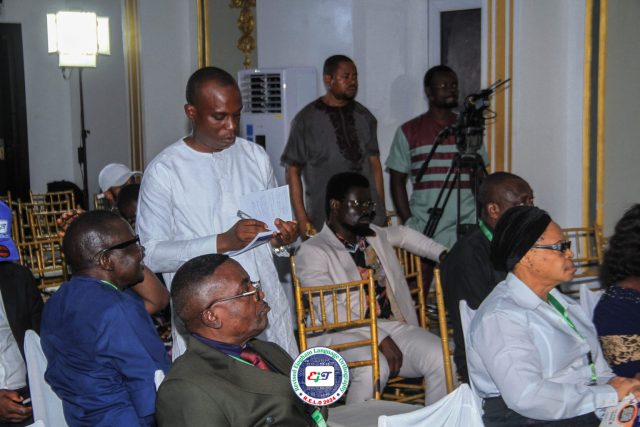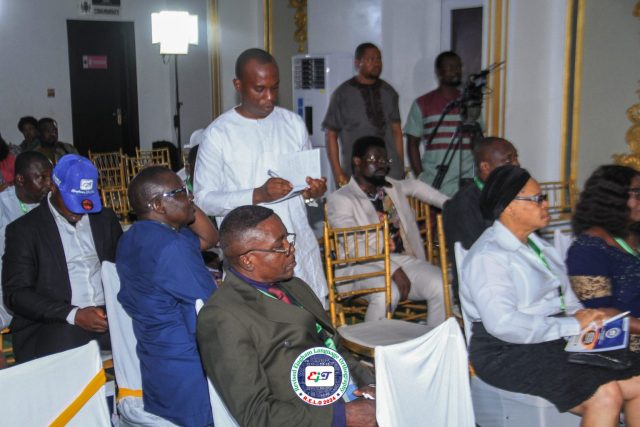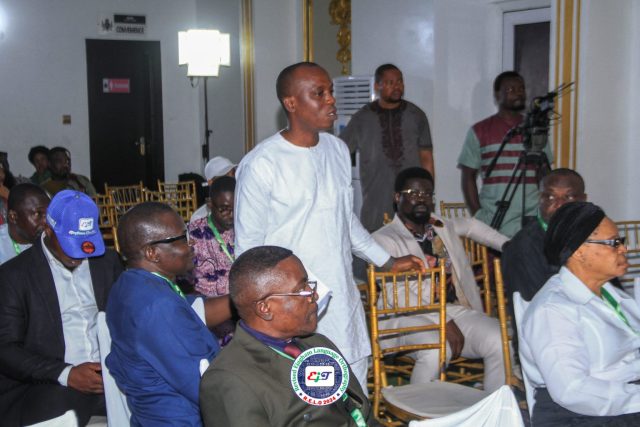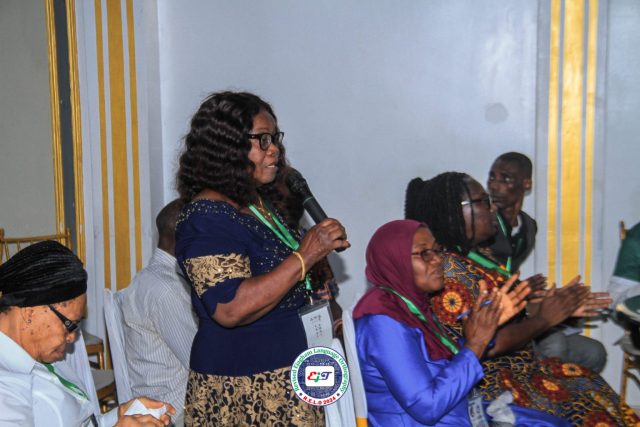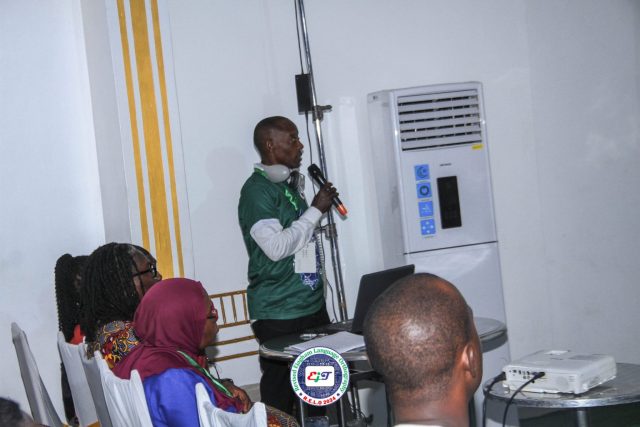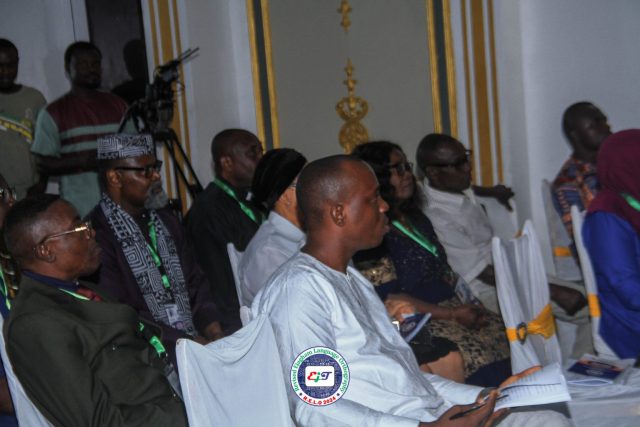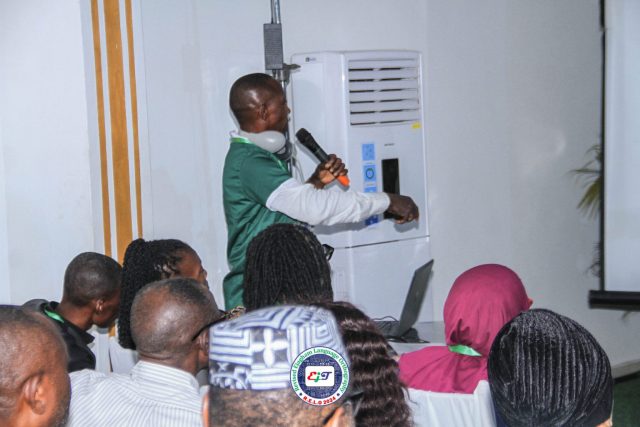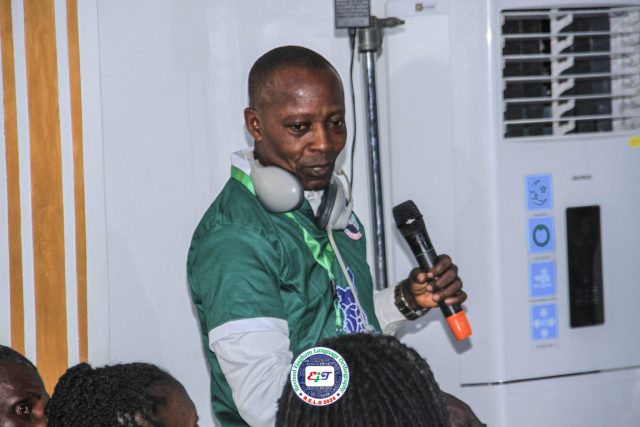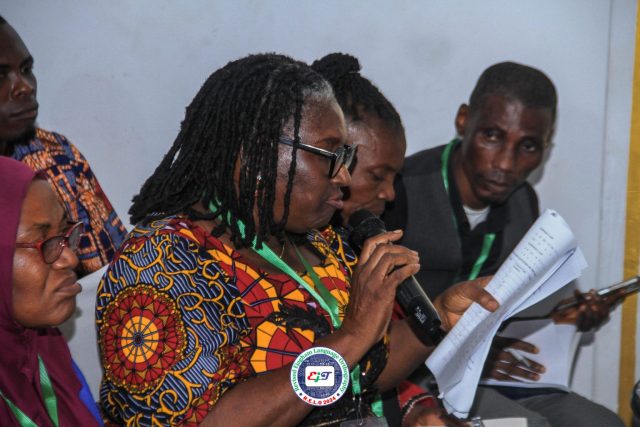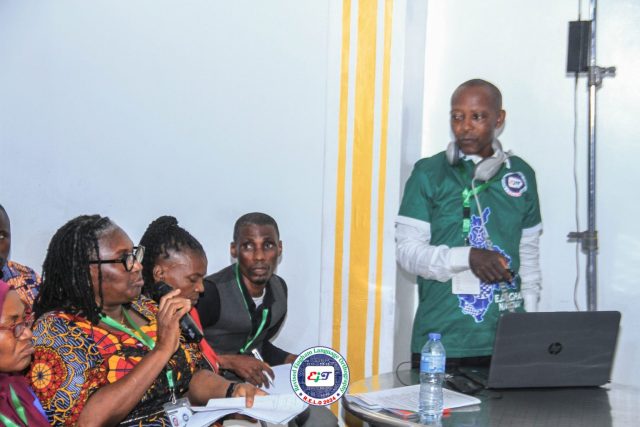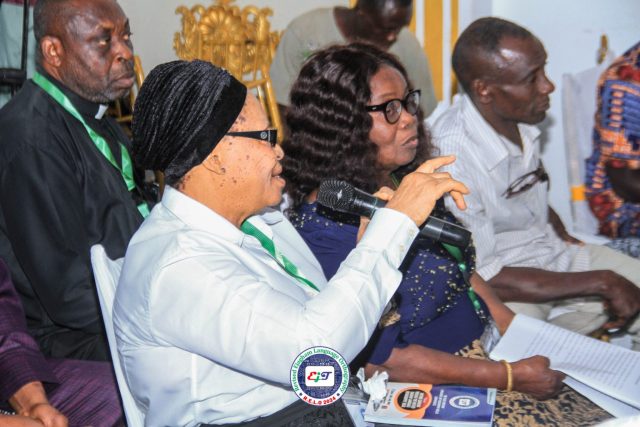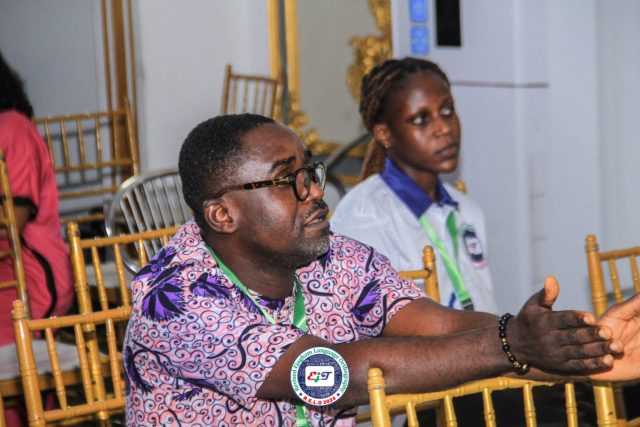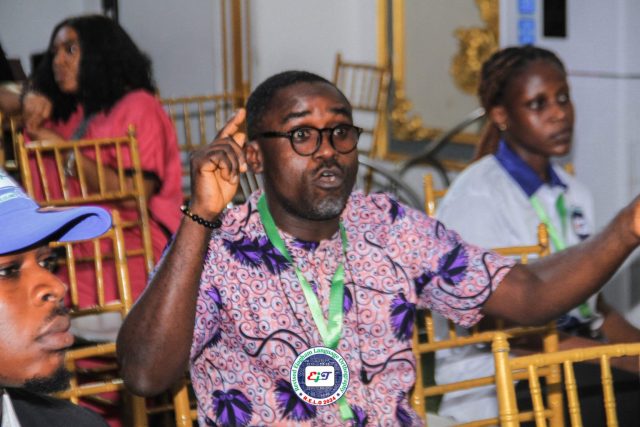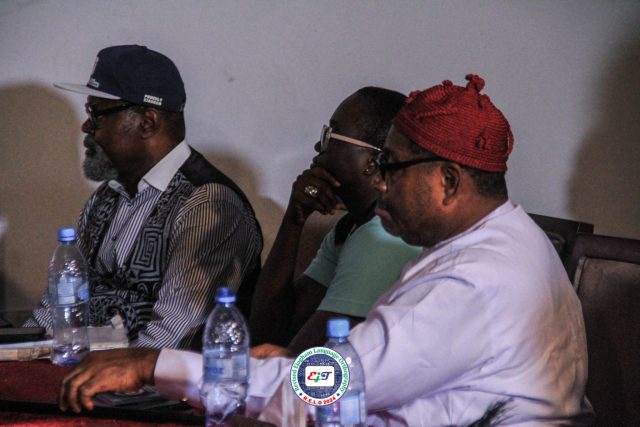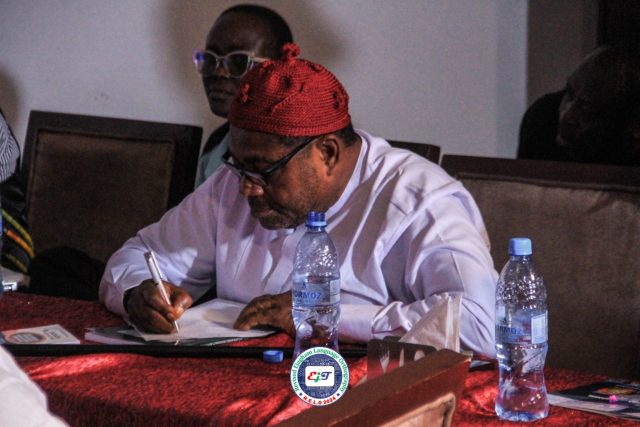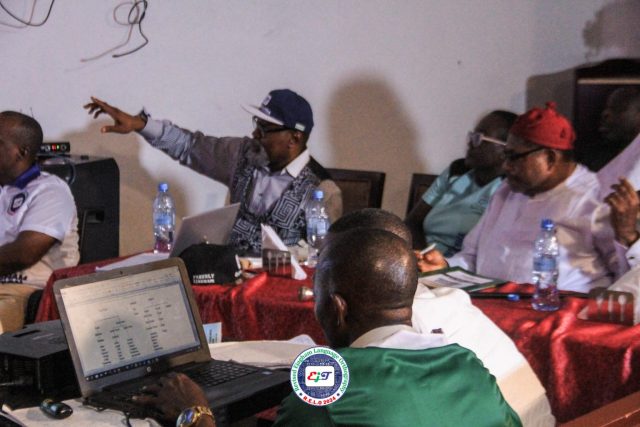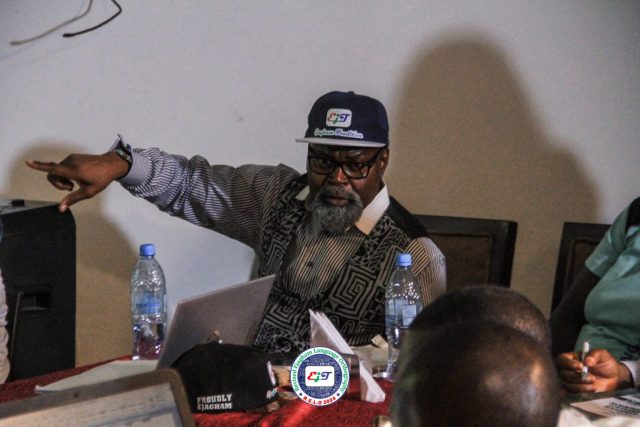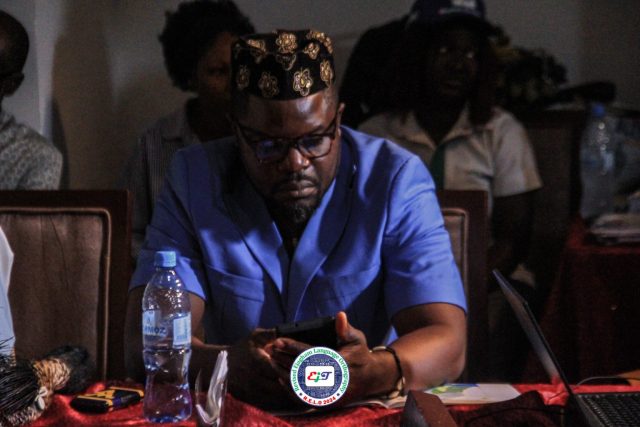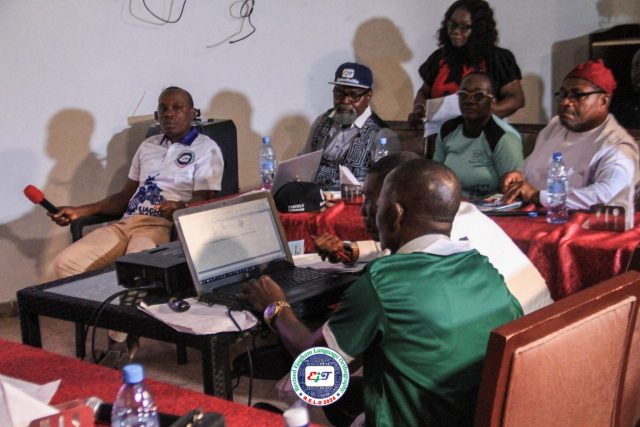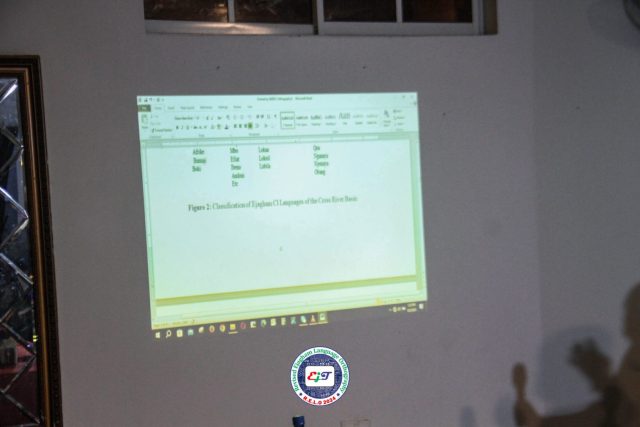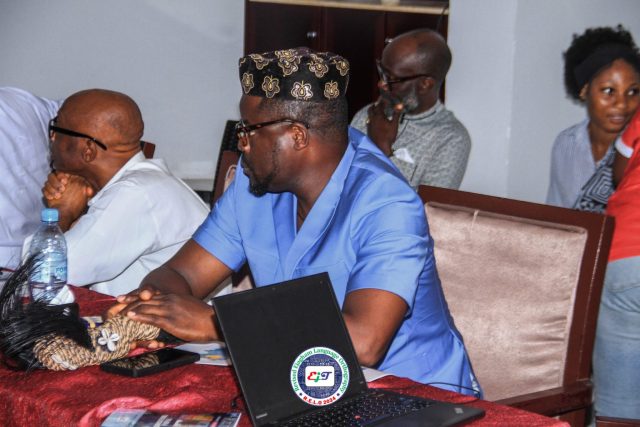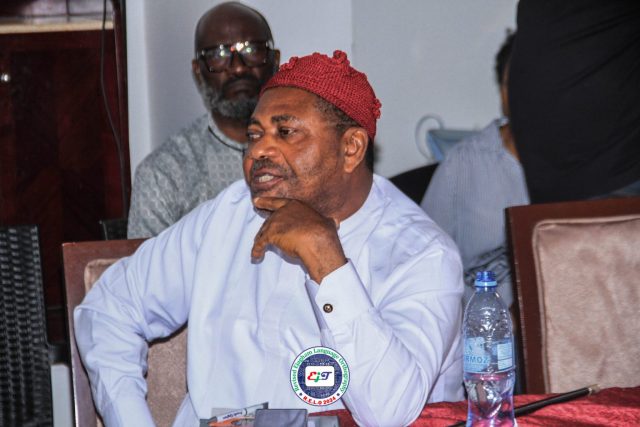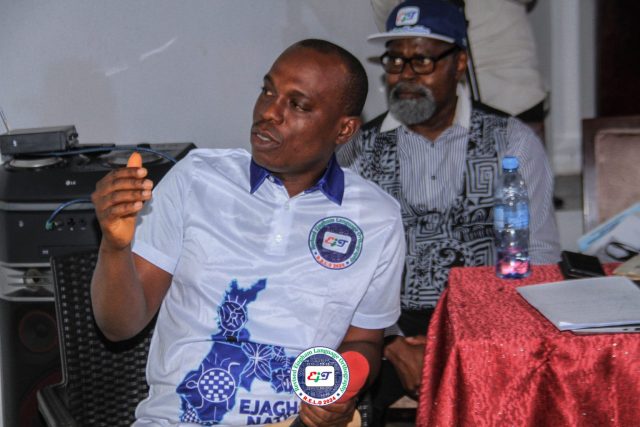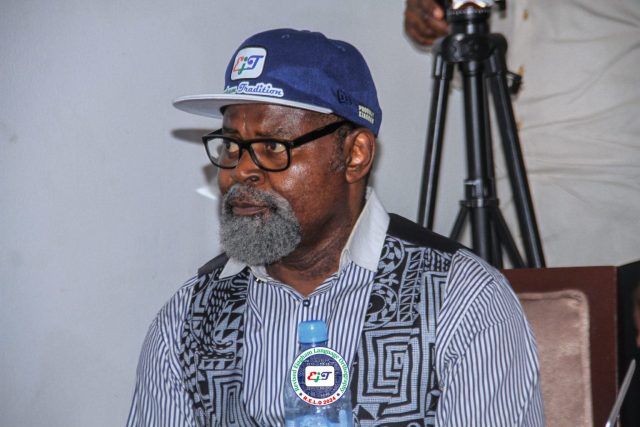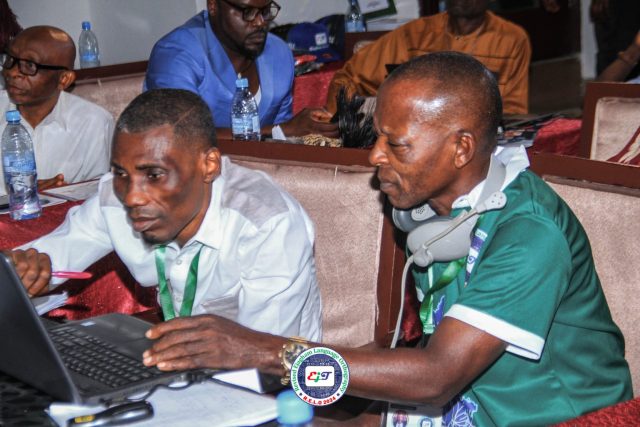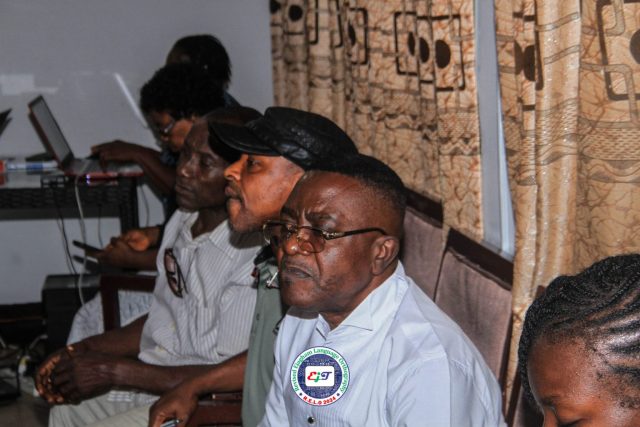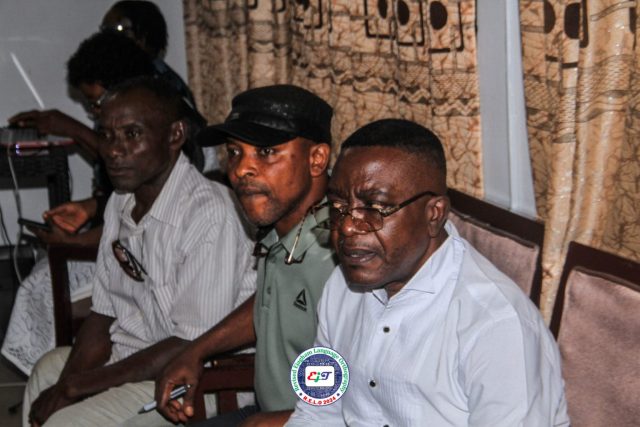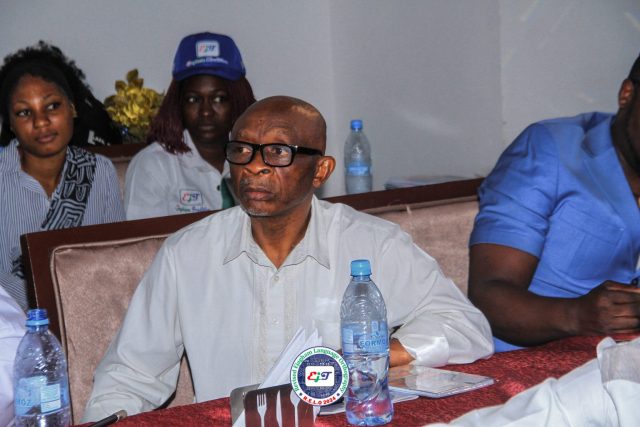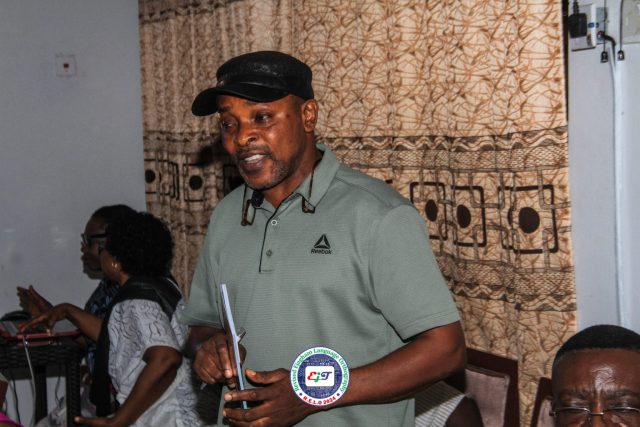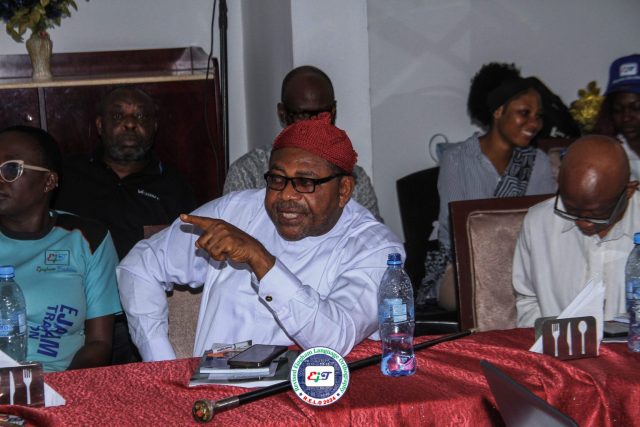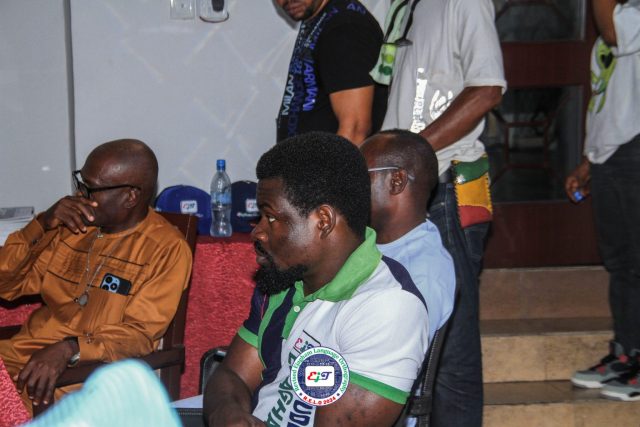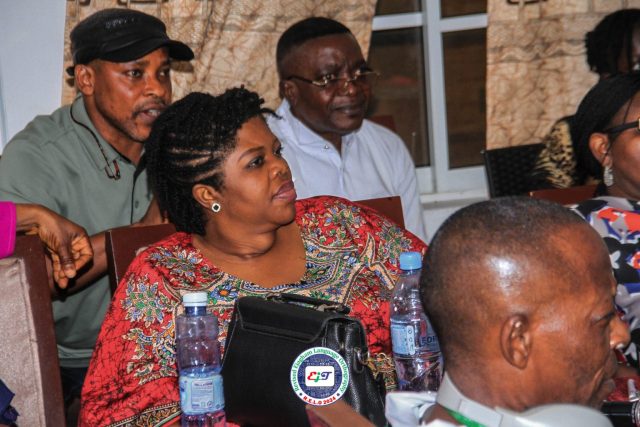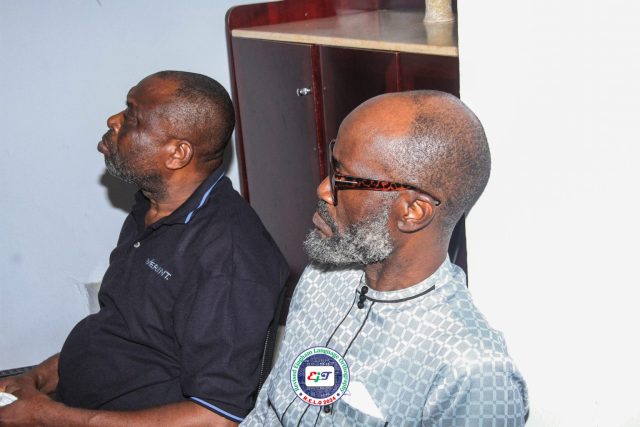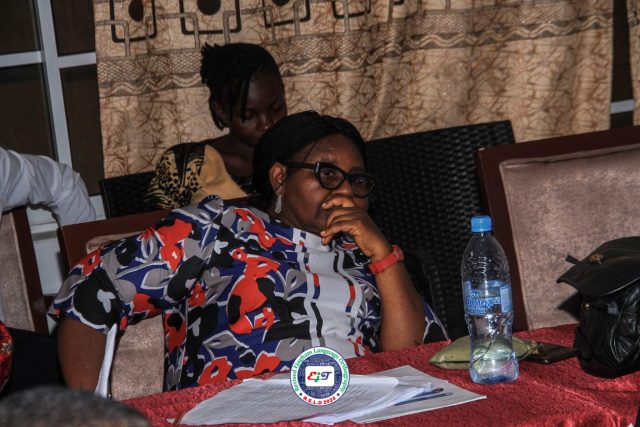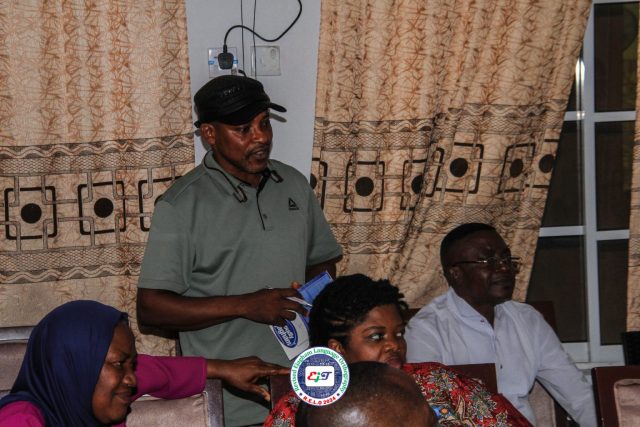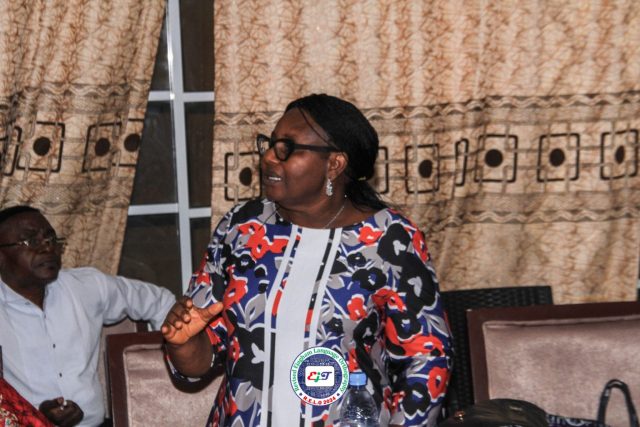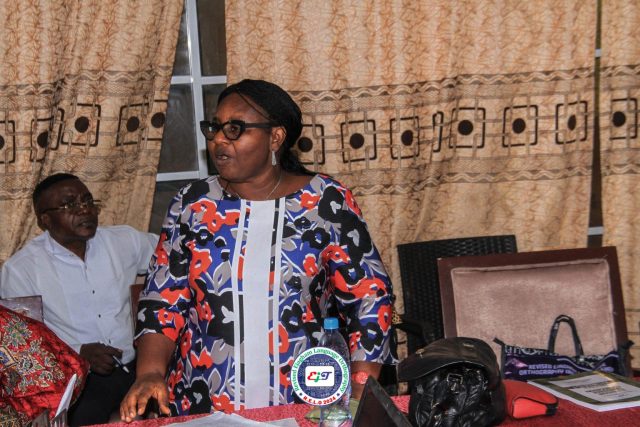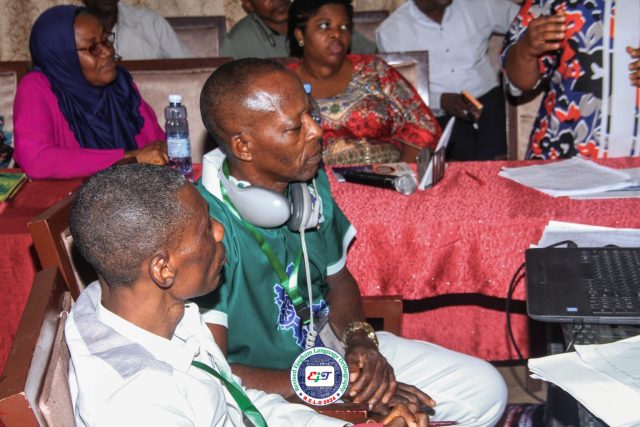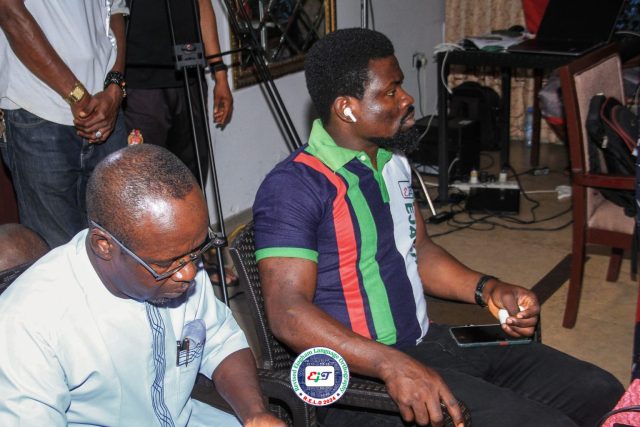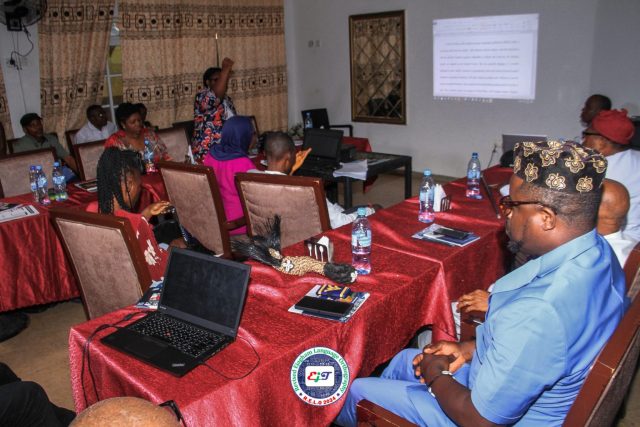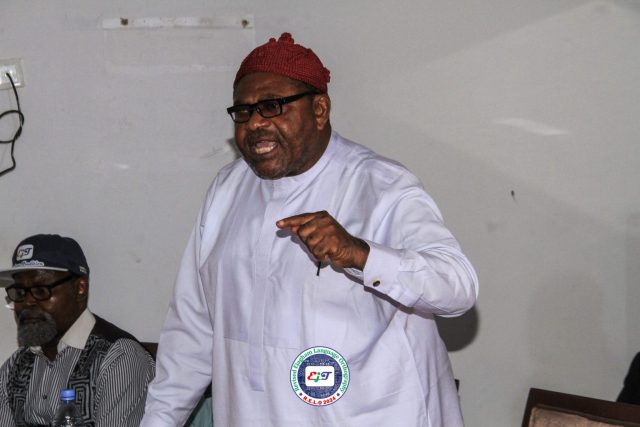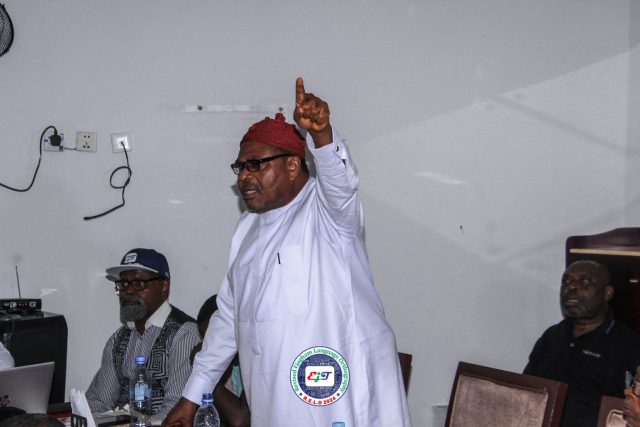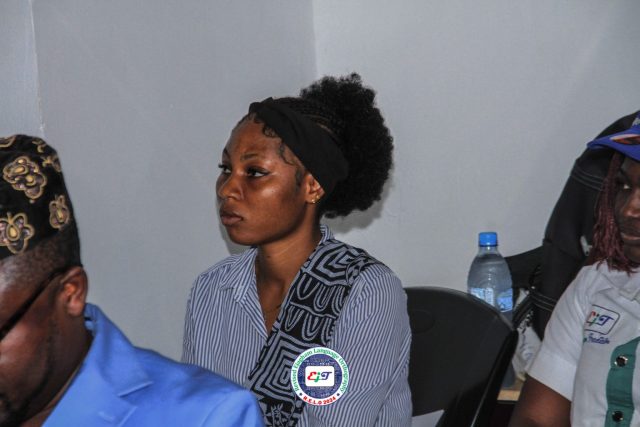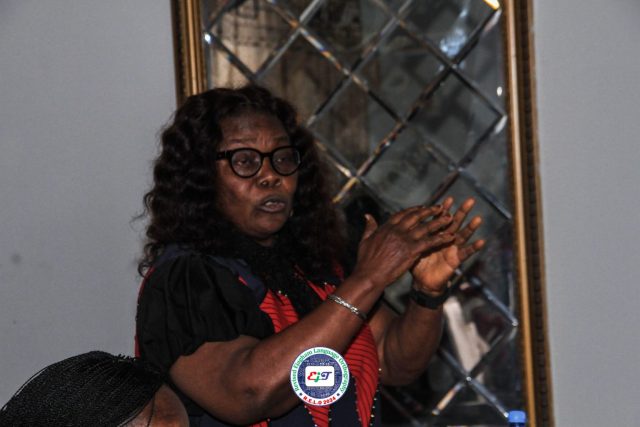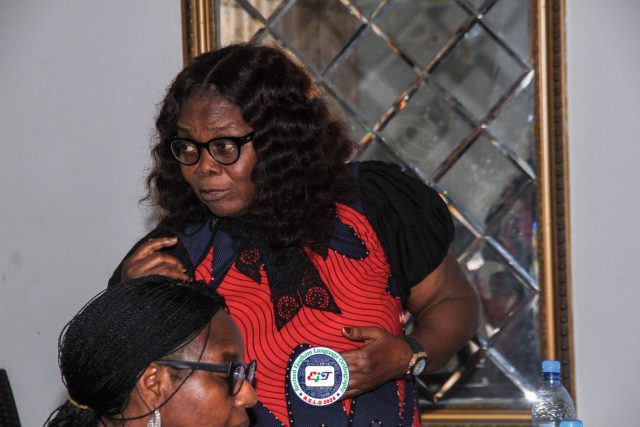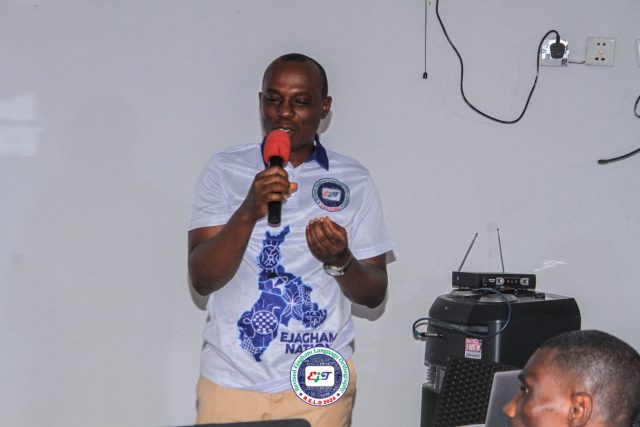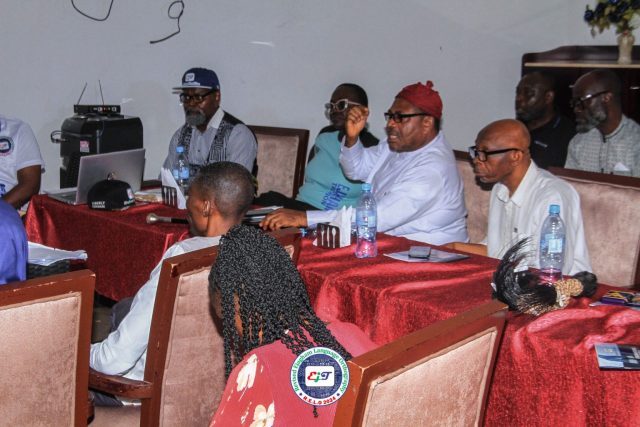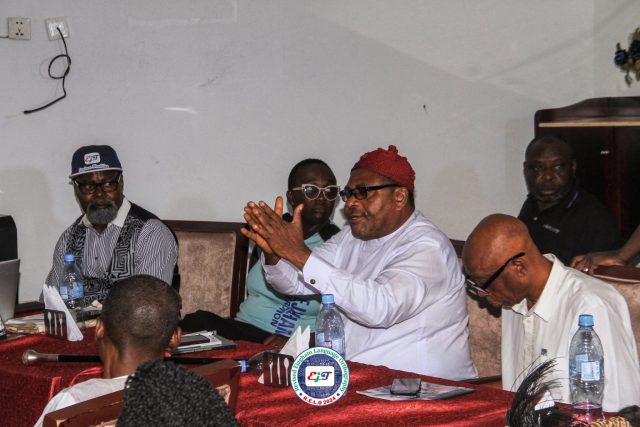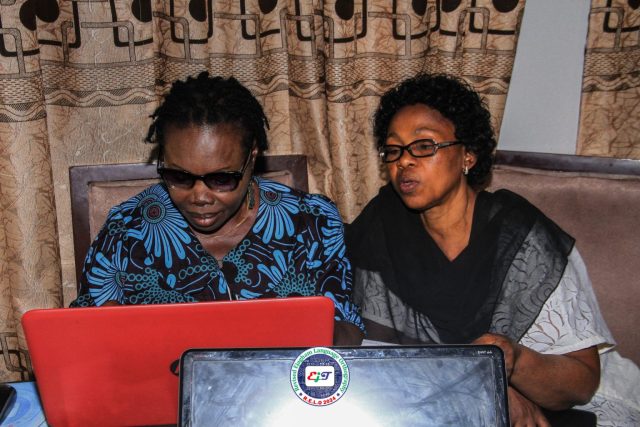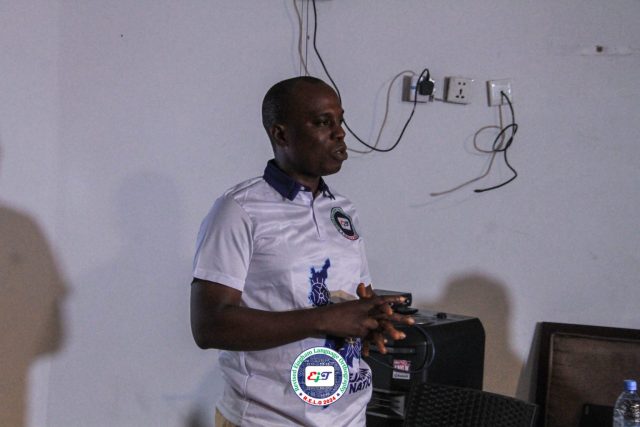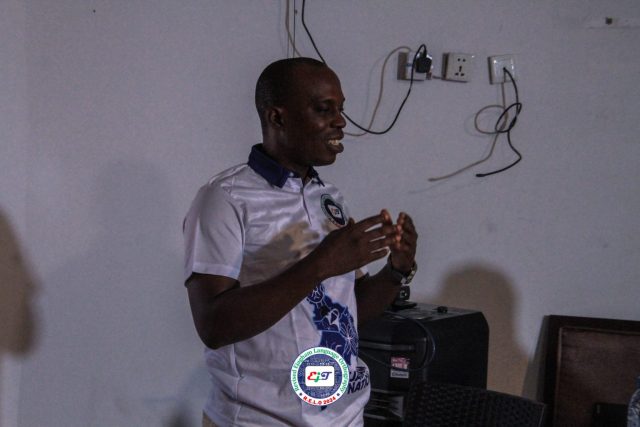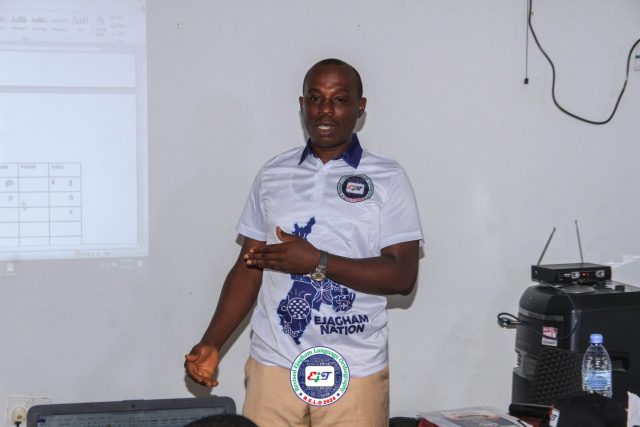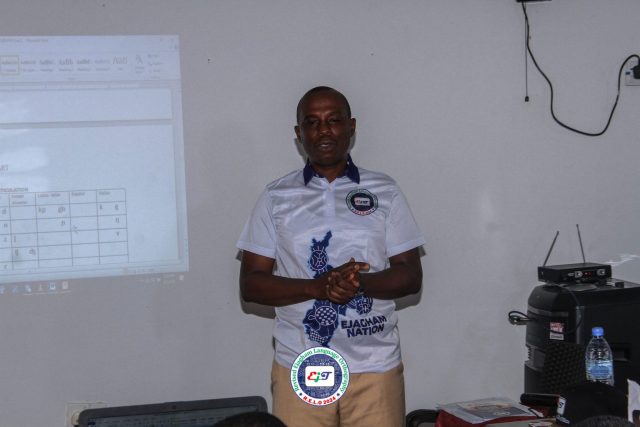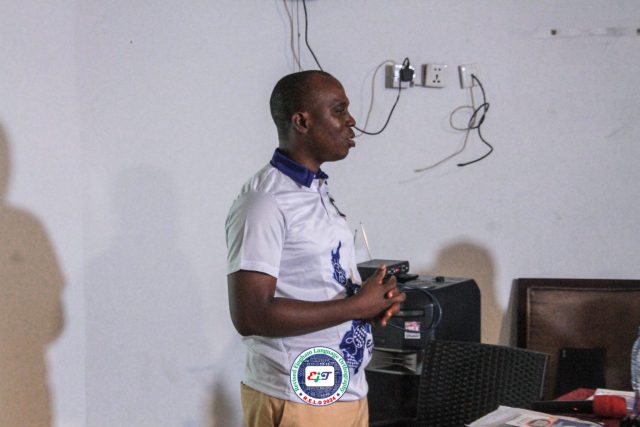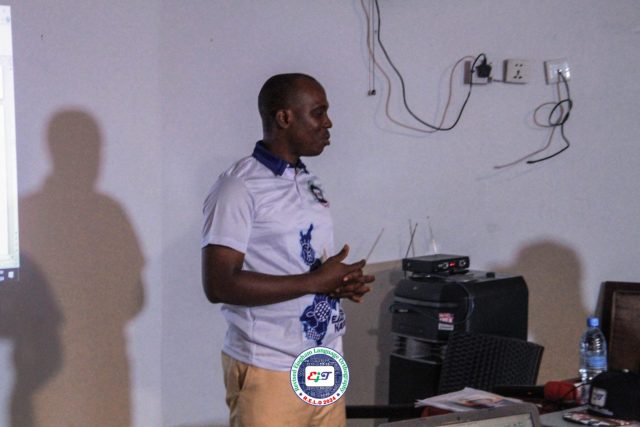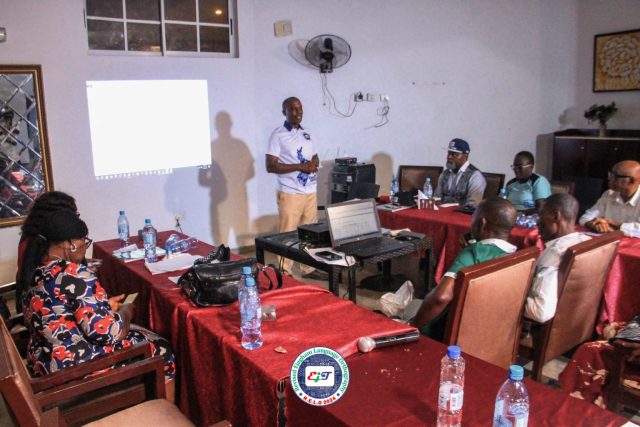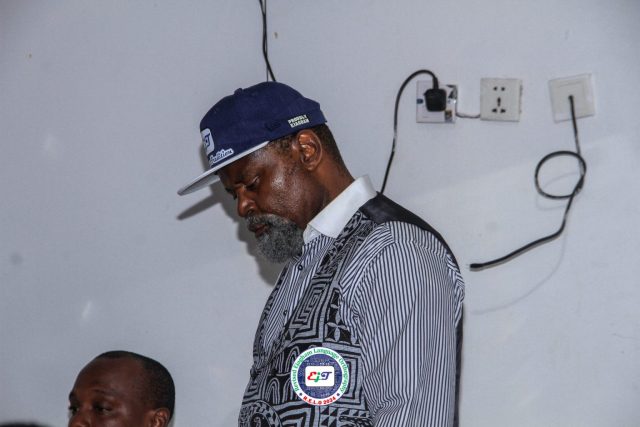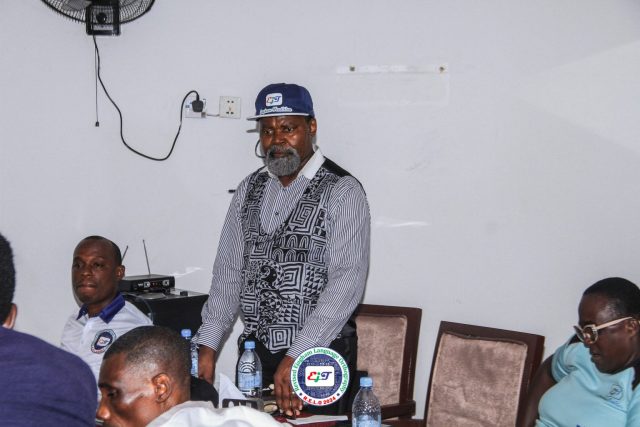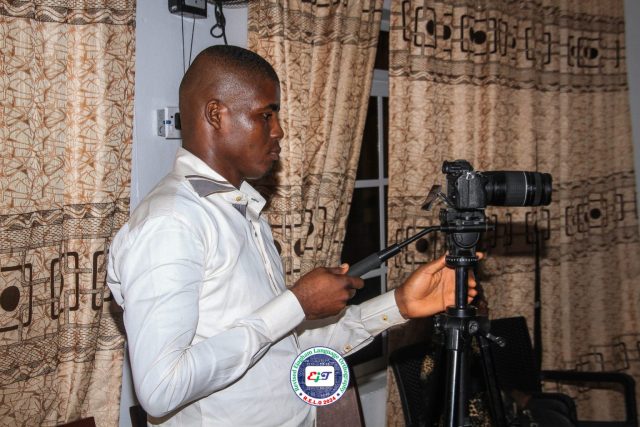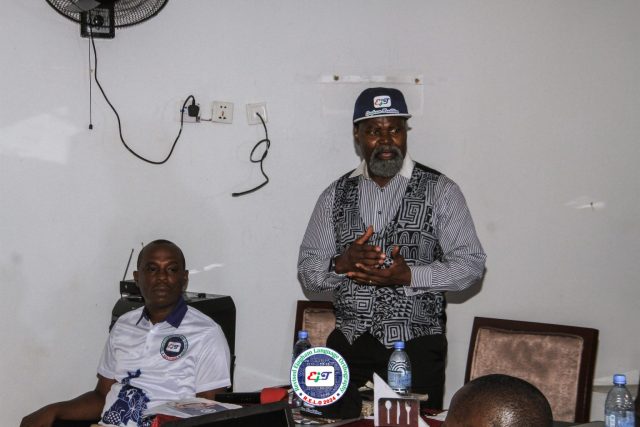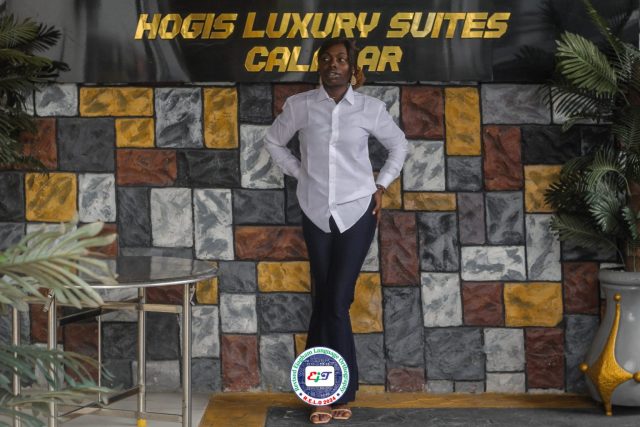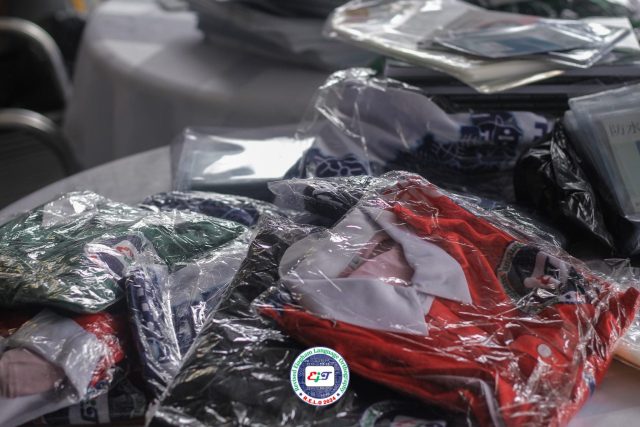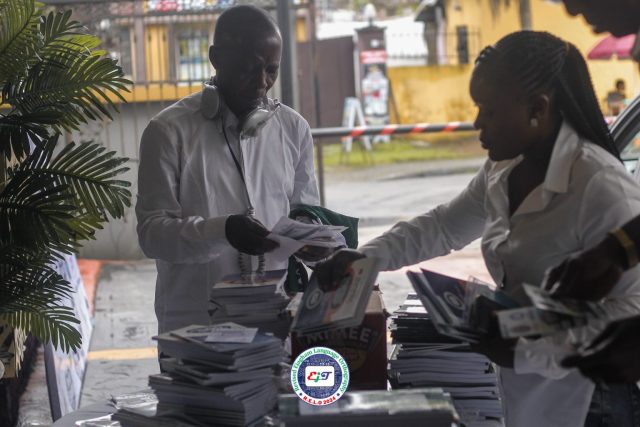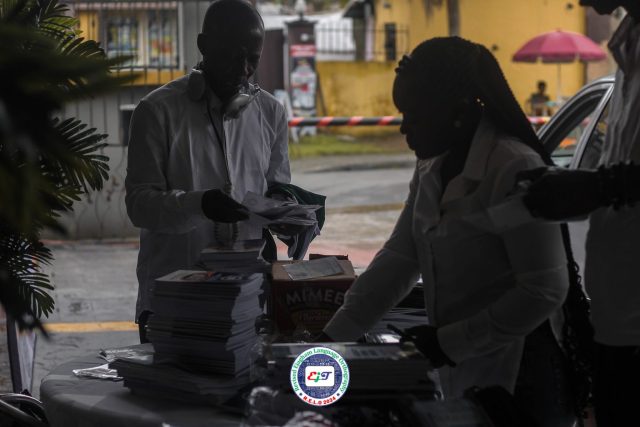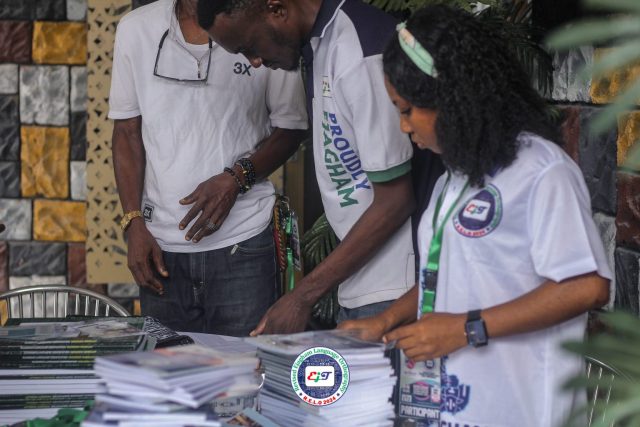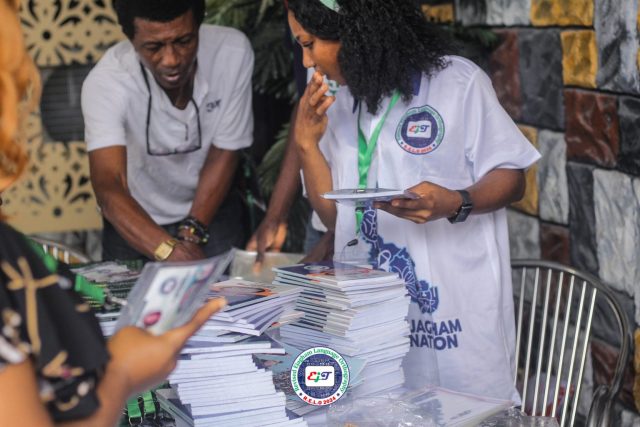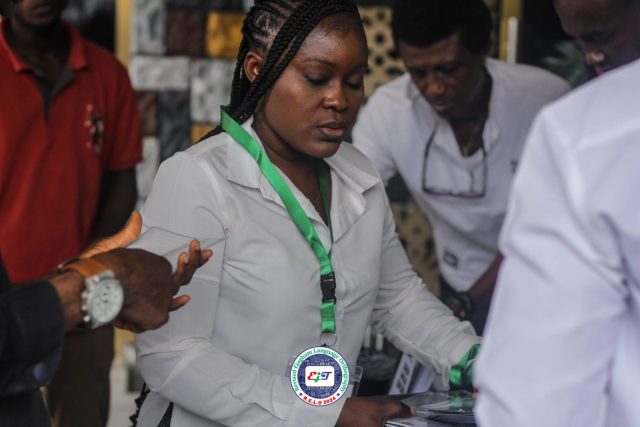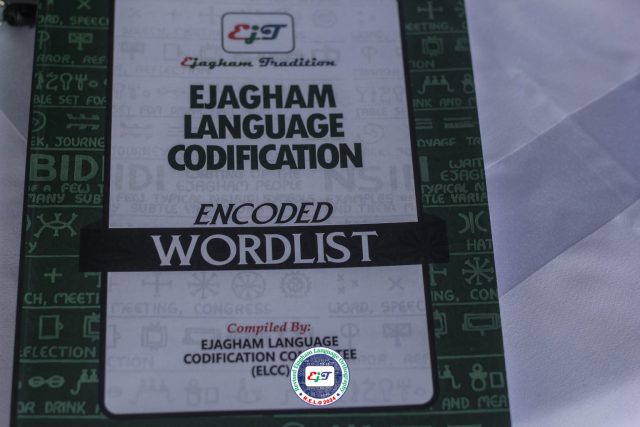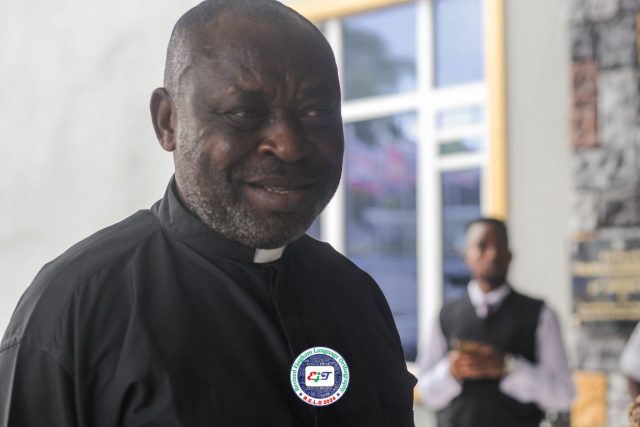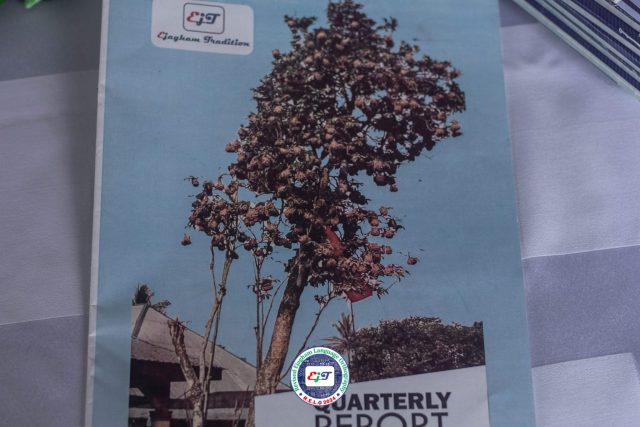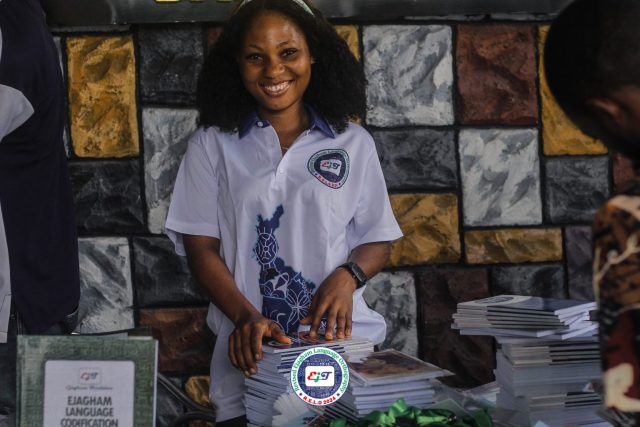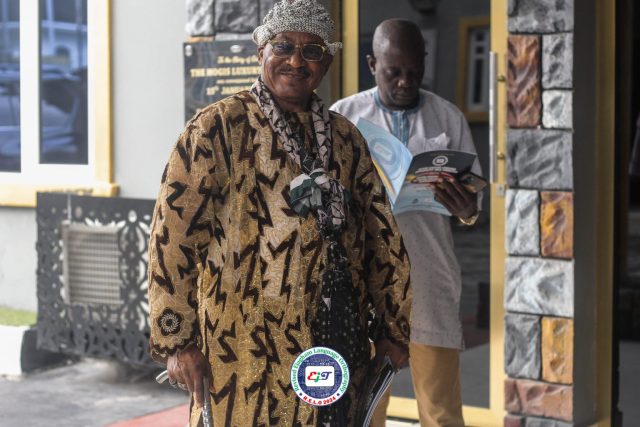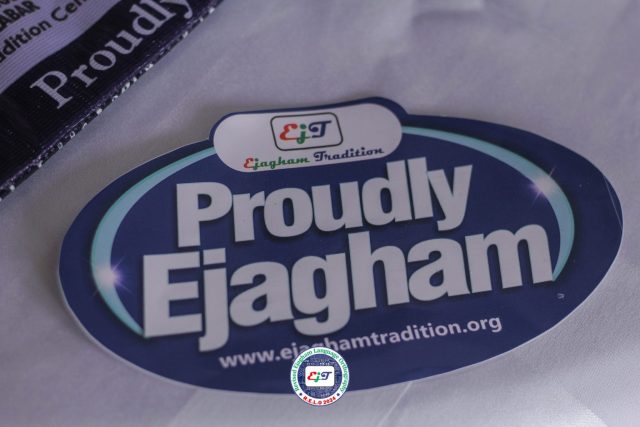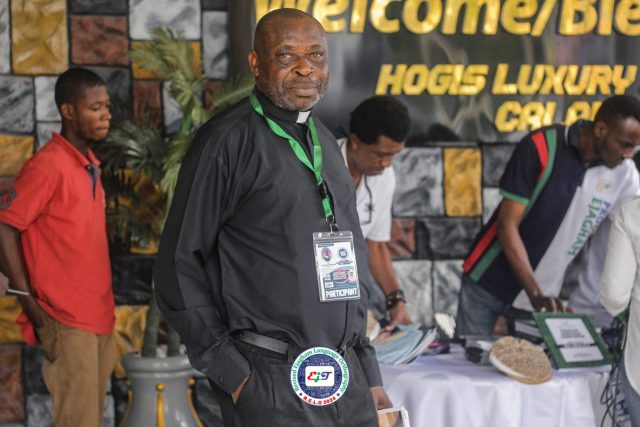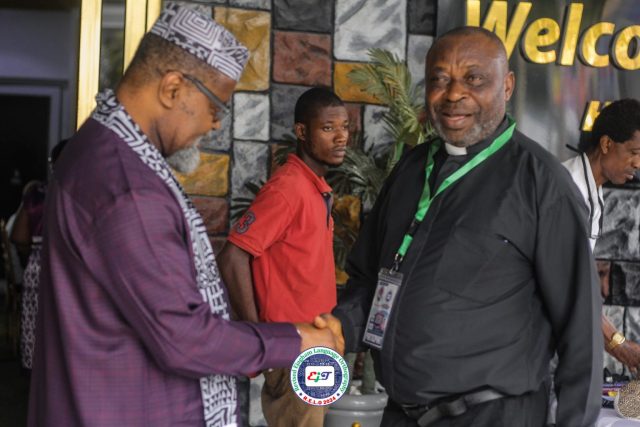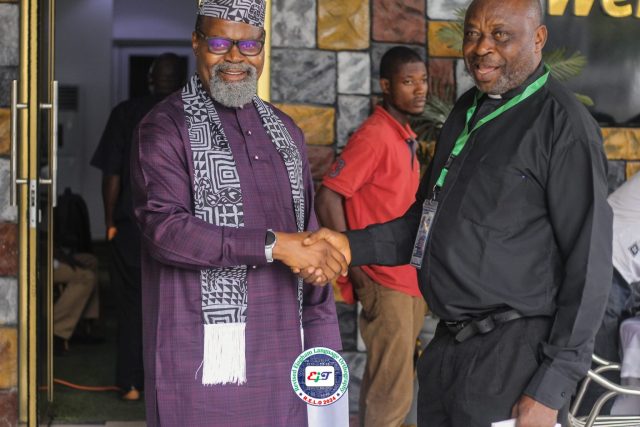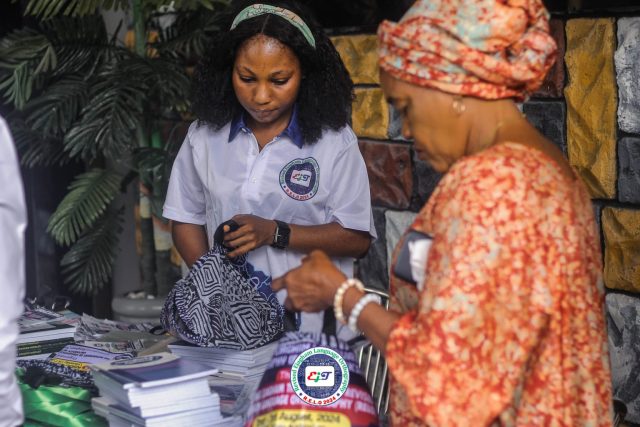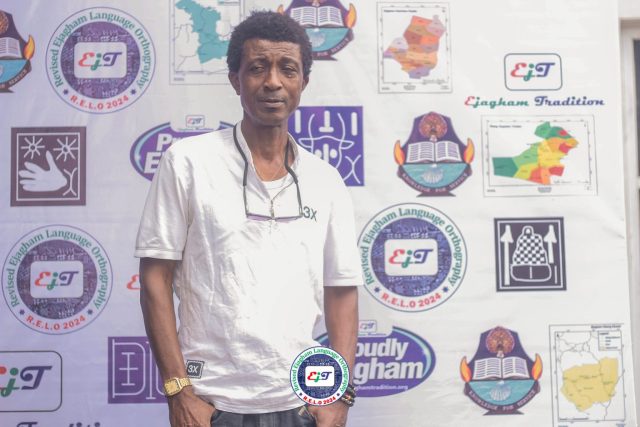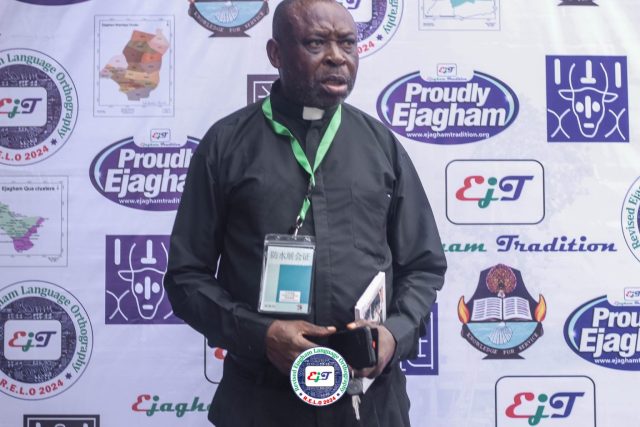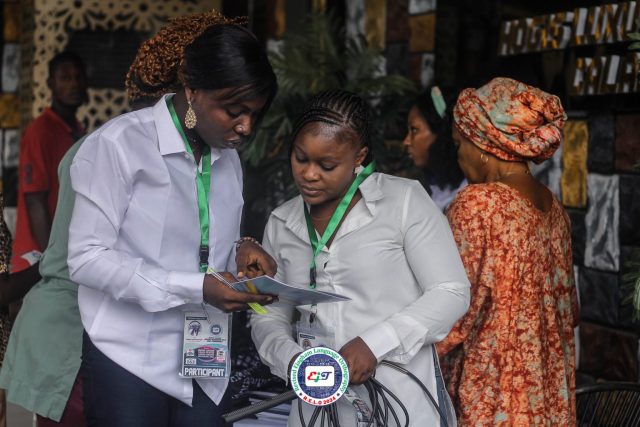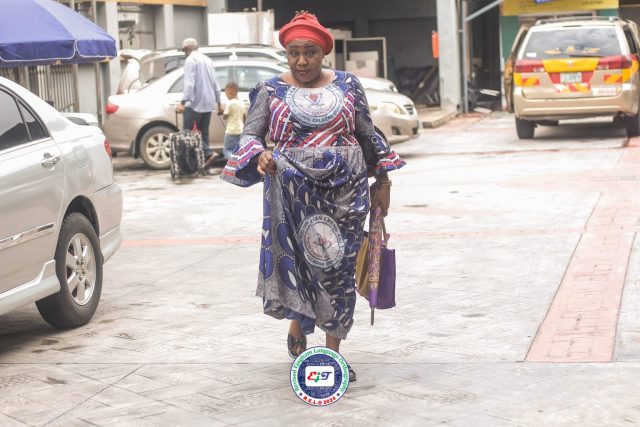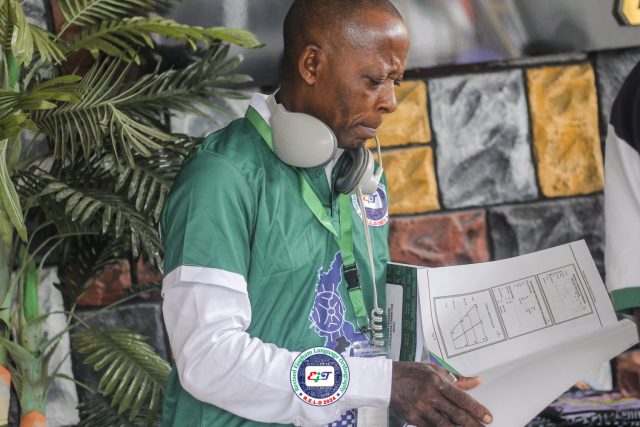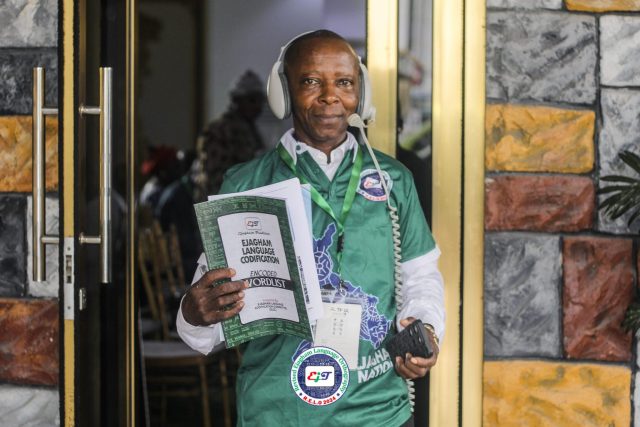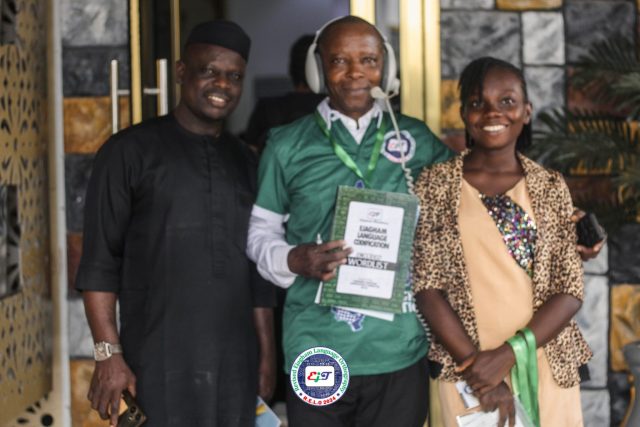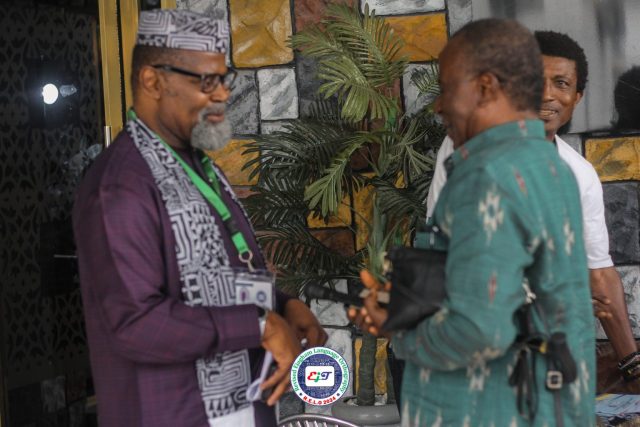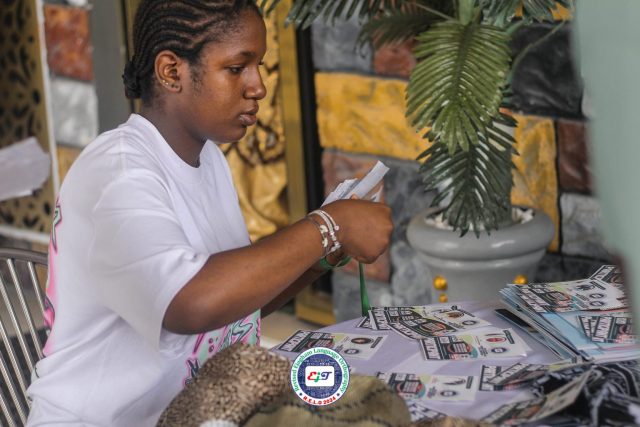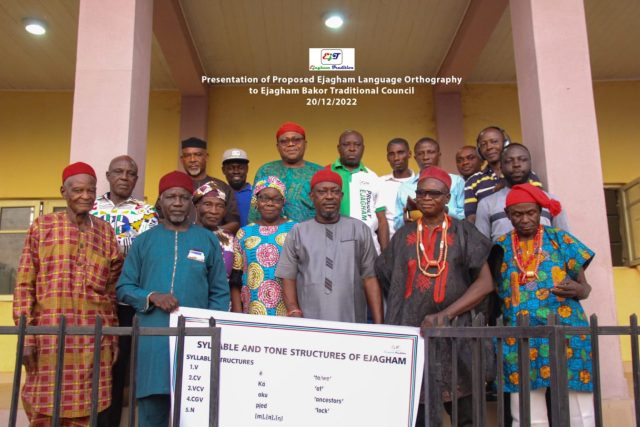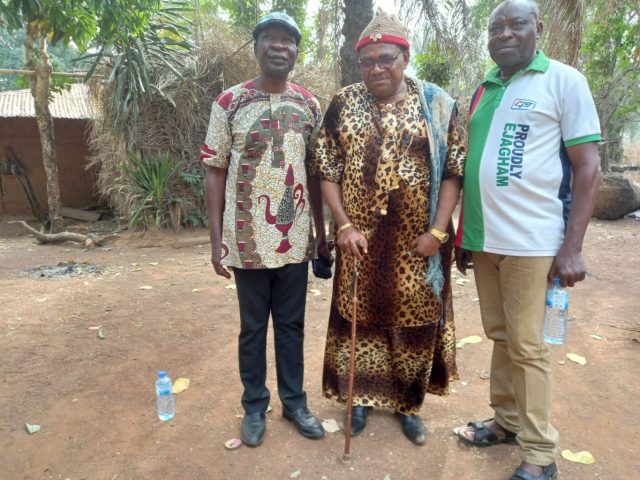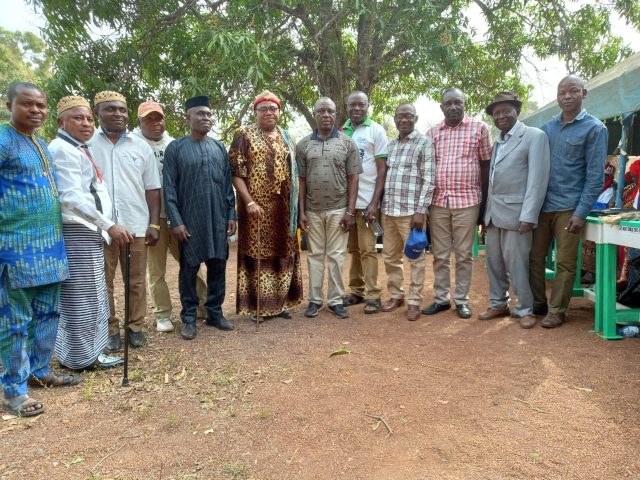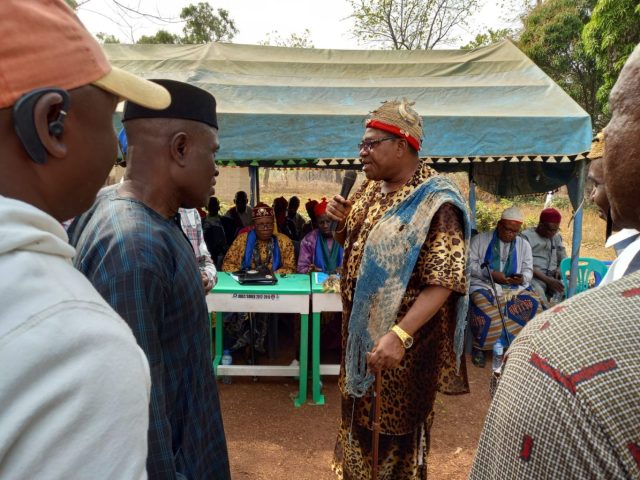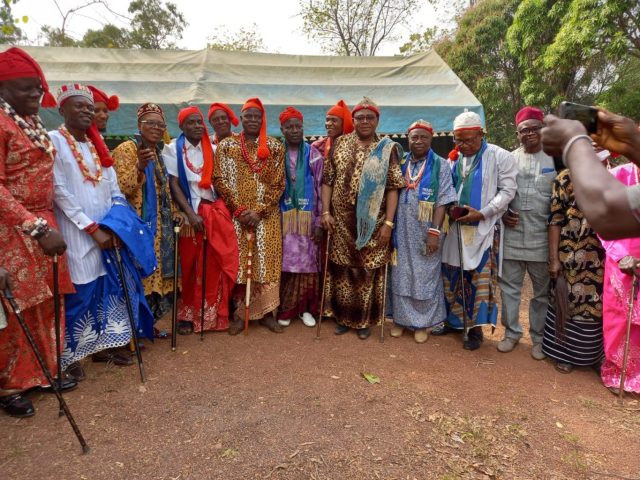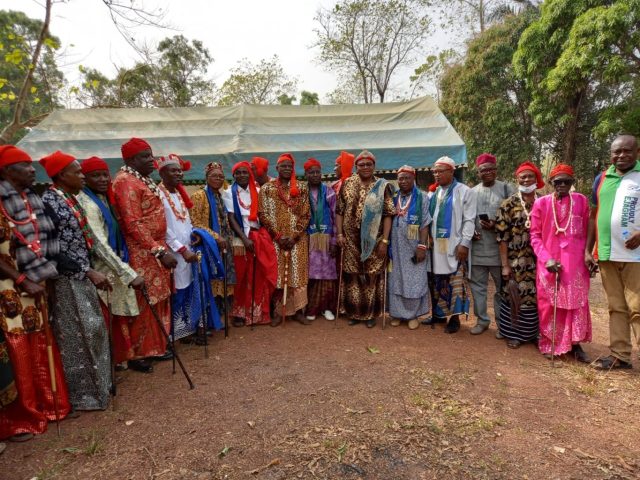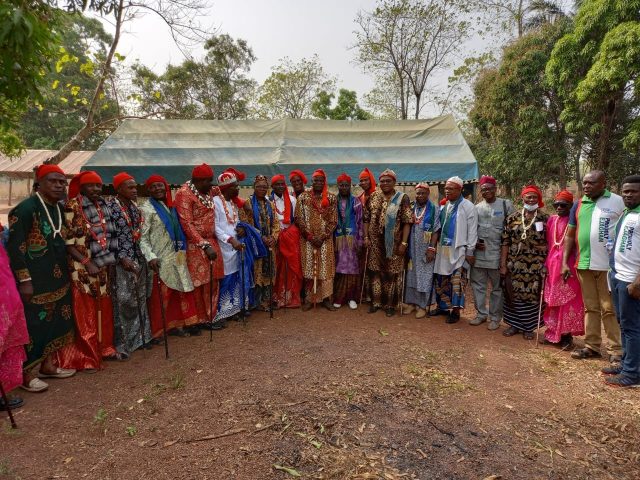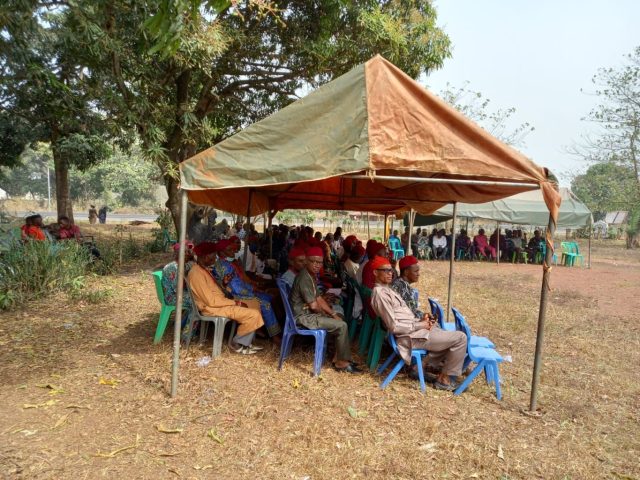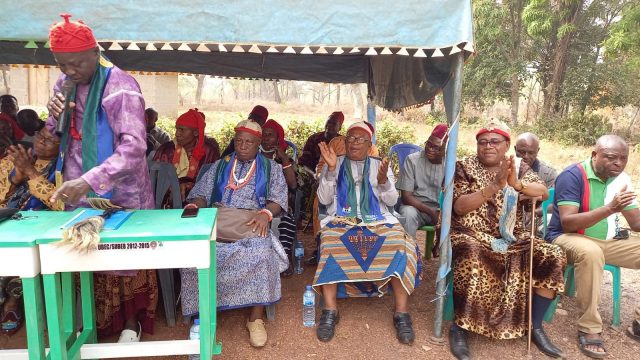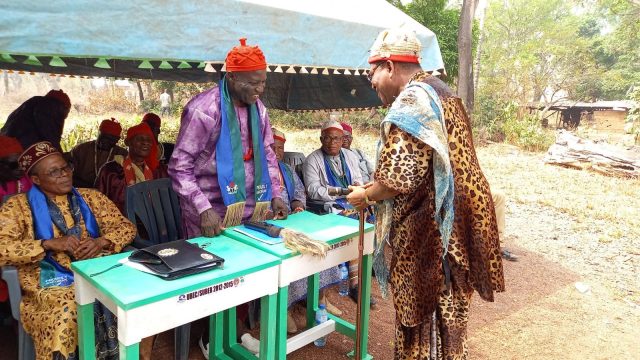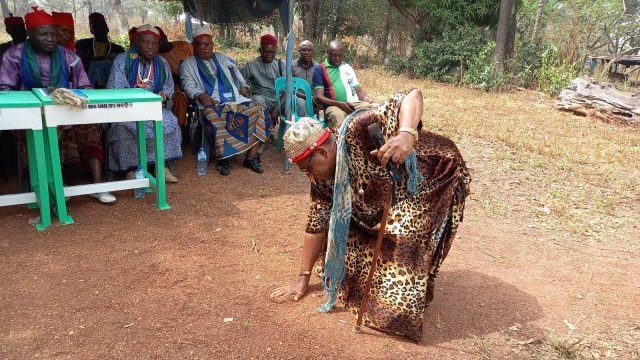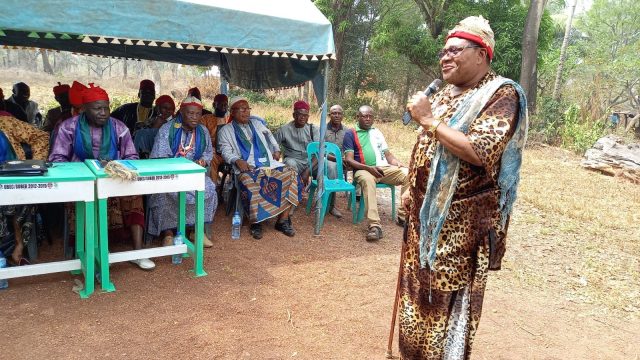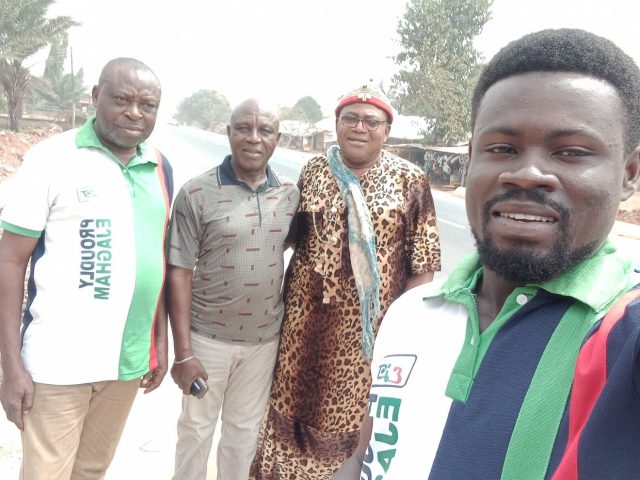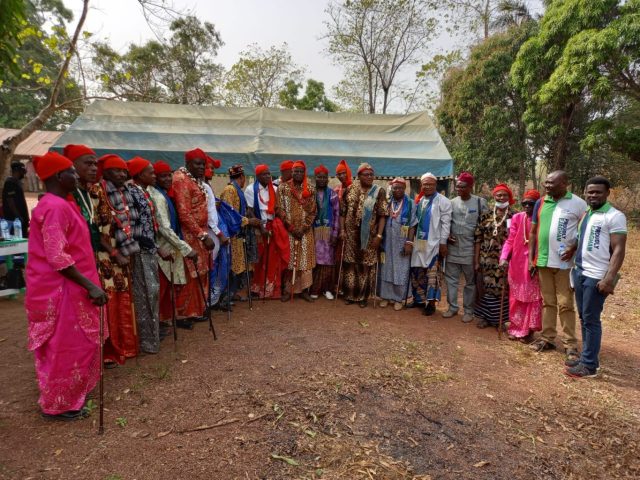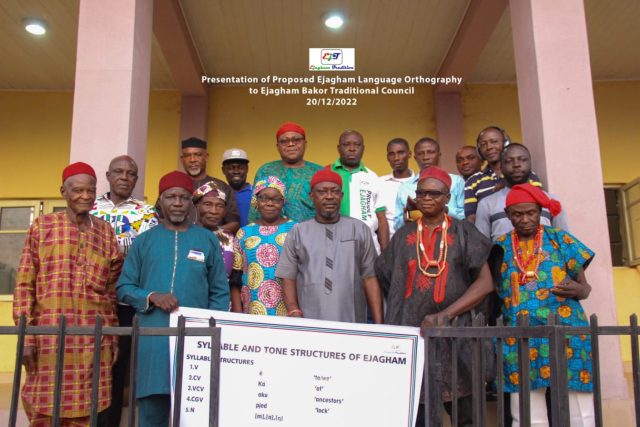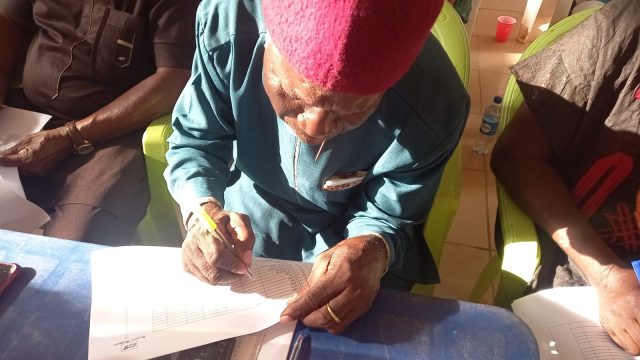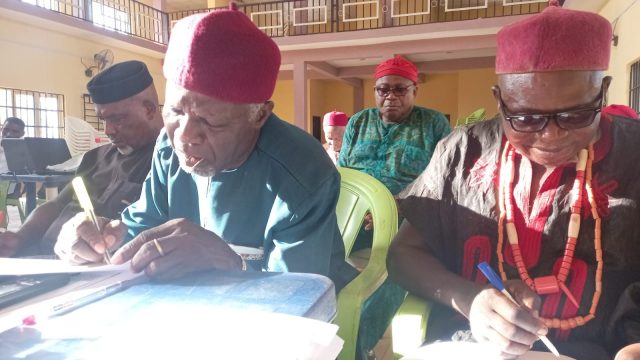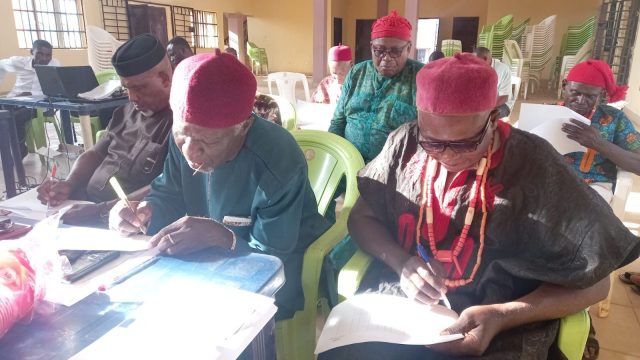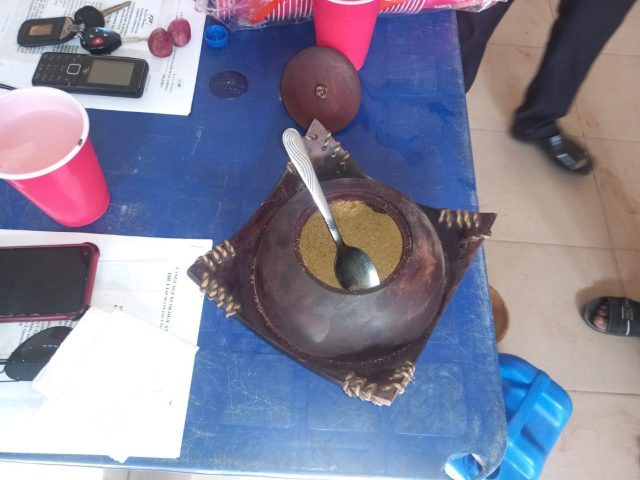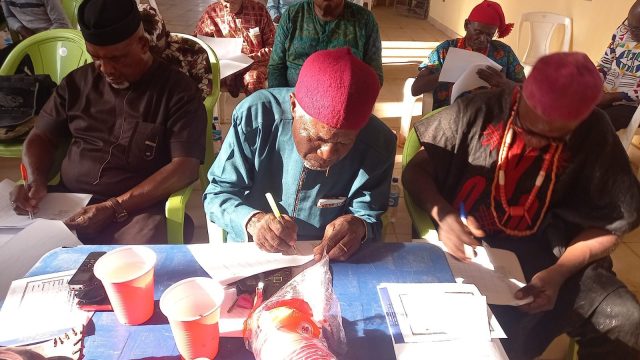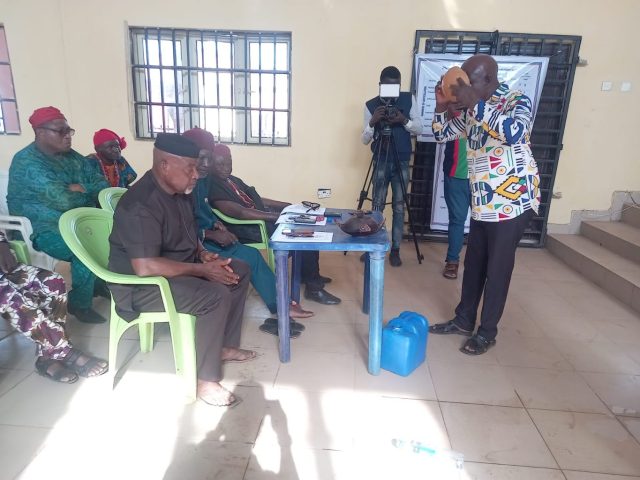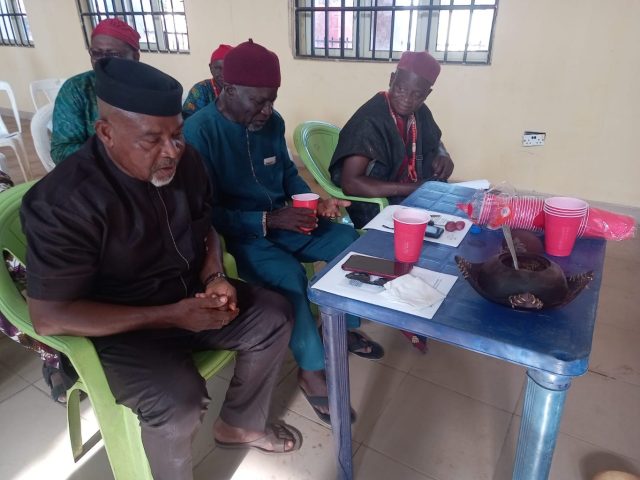The 1947 Ejagham Improvement Union Conference at Kembong, Cameroon
This Ejagham archival record documents the historic journey and proceedings of the 1947 Ejagham Improvement Union Conference held in Kembong, Cameroon, led by His Highness Ntoe Ika Ika Oqua II of Big Qua Town, Calabar. Spanning nearly a month, from June 9 to July 9, 1947, the record offers a detailed account of inter-village travel, ceremonial receptions, cultural performances, and diplomatic engagements across Ejagham communities in Nigeria and Cameroon.
The delegation, comprising prominent chiefs, elders, and cultural custodians, traversed over 100 miles on foot and by vehicle, navigating rivers, dense forests, and mountainous terrain. Along the way, they were received with Ejagham traditional hospitality, including kola nuts, plantain meals, palm wine, and ritual dances such as Mgbe, Ekpa Anakae, Nsibi, and Moninkim. The journey was punctuated by photographic documentation, community feasts, and spiritual observances.
Central to the record is the Ejagham Conference itself, convened in Kembong and attended by colonial administrators, missionaries, and Ejagham leaders. The sessions emphasized unity, cultural preservation, and moral upliftment, culminating in a resolution to shift Afap’s market day from Sunday to Monday in reverence to Christian Sabbath observance.
Beyond its administrative significance at the time, the record captures the vibrancy of Ejagham traditions, the resilience of Ejagham leaders, and the spirit of cross-border solidarity. It stands as a testament to the enduring legacy of Ejagham diplomacy, cultural stewardship, and communal identity in the mid-20th century.
Travel Itinerary and Observations by Ntoe Ika Ika Oqua II of Big Qua Town, Calabar
The delegation to the Ejagham Improvement Union Conference at Kembong comprised of the following individuals:
-
- Ntoe Ika Ika Oqua II (Leader of Delegation)
- Mr. D. U. Essien
- Mr. Oqua O. Ika
- Chief Peter Etim
- Chief U. Usang
- Chief Iso Usang
- Chief Okpa Ita (accompanied by his sons Joe Okpa and Ita Okpa)
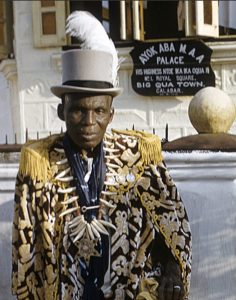 His Highness Ntoe Ika Ika Oqua II
His Highness Ntoe Ika Ika Oqua II
Day 1: Monday, June 9, 1947
The delegation departed Big Qua Town at 2:00 PM, arriving at Atimbo Beach, a strategic river crossing near Calabar, historically used for trade and travel, where a 20-minute river crossing was completed. Upon resuming travel by vehicle, heavy rainfall was encountered en route to Aning Eje, where the group paused for lunch.
Following a half-hour rest, the delegation proceeded to Oban, a culturally significant settlement near the Cross River National Park, where the first night was spent. The Chiefs of Oban welcomed the delegation with two bottles of locally distilled liquor, likely “kaikai” or “ogogoro,” common in ceremonial exchange despite colonial restrictions at the time, reciprocated by the Ntoe with one bottle. Due to lack of accommodation, the delegation slept in the vehicle, enduring severe mosquito bites throughout the night.
Tuesday, June 10, 1947
Departure from Oban occurred at 7:15 AM by car, reaching the 47th milestone, the terminus of constructed road and bridge infrastructure, this denotes the end of motorable infrastructure in 1947, highlighting logistical challenges. Trekking commenced at 7:30 AM.
At the 50th milestone, the delegation crossed Ayok, a significant stream. At mile 51, a large tree identified as “Ayan”, a medicinal and culturally revered tree in Ejagham traditions, was encountered; the back was harvested under the Ntoe’s instruction. Nearby, laborers were observed removing a large stump under the supervision of Mr. Patrick Ibe, Mr. Robert Nwoku, and Mr. G. A. Asong. Ndiedm offered words of encouragement regarding diligence and livelihood.
At the 53¾ milestone, the delegation crossed Ibe, another major stream. Arrival at Aking village (mile 54) occurred at 10:10 AM. A two-hour rest was taken, during which Miss Nkoyo Asuquo, a local host described as ‘good Samaritan’ whose hospitality reflects communal values of Ejagham people, provided a meal of plantain.
The delegation resumed travel at 12:10 PM, reaching Osomba village (¼ mile from Aking). At mile 56½, road-clearing operations were noted to have ceased. Mango stream was crossed at mile 59. Arrival at New Ndebiji occurred at 5:00 PM, where the second night was spent.
Evening activities at New Ndebiji included Mgbe performances by the men and Ebuyo games by the women, a traditional women’s game or dance, often performed during communal gatherings, reflecting traditional Ejagham cultural practices. The local community offered a bottle of liquor in hospitality.
Wednesday, June 11, 1947
Departure from New Ndebiji occurred at 6:30 AM. The delegation crossed Ako stream and Ayok stream at the 65½ milestone, arriving at Orem village by 8:30 AM. Progress continued through Ntebachot (mile 67¼), Nyaje (mile 71), and Ikpai (mile 72).
At Ikpai, notable infrastructure was observed: a courthouse, a Roman Catholic Mission school named St. Joseph’s, a Roman Catholic Mission institution, indicative of early missionary educational outreach in Ejagham territories, and the presence of court clerks, messengers, and teachers. The school operated up to Standard 2, staffed by three teachers.
The journey continued through Owom (mile 73), crossing Asan stream at mile 74½, and arriving at Old Ndebiji (mile 77½). A steep ascend followed, approximately two miles, over Igoi Ojok hill, a prominent geographical feature, possibly used as a territorial marker or spiritual site, situated between Old Ndebiji and Ojok villages. Akup stream was crossed before reaching Ojok village at mile 80 by 4:45 PM.
The Chiefs of Ojok welcomed the delegation with a bunch of plantain, a goat, and two bottles of locally distilled liquor. That evening, the women performed Ekpa Anakae, a traditional
Thursday, June 12, 1947
The delegation departed Ojok at 7:30 AM, reaching Nkame village at mile 83¾. Nkame stream was crossed en route to Mfuni (mile 86). At noon, the group crossed Oha stream, a natural boundary between administrative divisions, significant for colonial-era mapping and jurisdiction.
Arrival at Meban village (mile 87) was followed by passage through Ekomenan (mile 89). The delegation reached Ayaoke at 6:30 PM, after a strenuous nine-mile trek through dense forest under heavy rainfall lasting two hours.
At Ayaoke, the Chiefs presented a bunch of plantain, a basin of cocoa yams, a rooster, and a bottle of liquor. The delegation rested here for the night.

Sketch of planned journey route: Calabar-Mamfe-Calabar
Friday, June 13, 1947
Departure from Ayaoke occurred at 7:00 AM. The delegation arrived at Inokun at 11:30 AM, having crossed Akarem stream, noted for its size and difficulty, highlighting the physical challenges of the inter-village travel. It was the roughest encountered at mile 102. The crossing took 20 minutes by boat.
The Chiefs of Inokun welcomed the delegation with a ram, two bunches of plantains, and assorted beverages. That evening, Mgbe performances were held, attended by a large crowd from 8:00 PM to 11:00 PM.
The delegation was persuaded to stay at Inokun for two days. During this time, the Ntoe fell ill with cold and catarrh.
Saturday, June 14, 1947
The entire day was devoted to Mgbe performances. Activities paused at 2:00 PM for a three-hour rest, resuming at 5:00 PM. The Ntoe contributed one head of tobacco and a shilling. Notable performers who joined in the dance included Madame Matakan and Madam Meshami, each of whom received six shillings in appreciation.
Later in the evening, women led a vibrant drumming and dance session from 10:00 PM to midnight, with Madam Meshami as lead performer. She was as a prominent female performer and a cultural custodian within the community.
Sunday, June 15, 1947
The delegation departed Inokun at 6:00 AM, crossing Osahim stream, which marks the boundary between Inokun and Onaku villages. The route passed through Onaku and Eyang, followed by a three-mile trek to Aya Mbakang Stream, which was crossed by canoe, a significant waterway requiring canoe transport, marking a transitional point in the journey.
At Aya Mbakang, Mr. D. U. Essien photographed the delegation using his Agfa hand camera, a popular mid-20th century photographic device, used here to document key moments of the delegation’s journey. After covering another 1½ miles, he took a second photograph of the author seated on a fallen tree, poised as if aiming to shoot.
Approaching Mbakang village, the delegation was met by villagers who walked two miles to receive them, accompanied by a traditional performance known as Nsibi, a traditional performance, involving music, dance, or dramatization, used to welcome distinguished guests. Announcing their approach at the village’s first spring, a ceremonial exchange of gunshots occurred, two fired by the delegation, followed by multiple responses from the villagers.
At the junction of four roads leading into Mbakang, Mr. Essien captured a group photograph featuring women and local hunters. As the procession advanced, additional gunshots were fired in celebration. A formal pause was made at the town’s entrance (City Gate), where Mgbe performers and an Okum-e-Mgbe escort, a ceremonial escort associated with the Mgbe society, often involving masked dancers and ritual symbolism, joined the delegation.
Another group photograph was taken at the town’s entrance, featuring two young men carrying ritual pots (juju). A grand procession of approximately 300 people led by the Mgbe players guided the delegation through the town and into the Mgbe hall (shrine). Lodging was arranged at the Chief’s compound.
Throughout the day, the delegation received numerous visitors, men, women, elders, youth, and children. Food and beverages were generously served. The women presented the Ntoe with a ceremonial dish of kola nuts. Chiefs from surrounding villages arrived with gifts including kola nuts and drinks.
In the evening, the delegation visited the saltwater lake, where locals demonstrated traditional salt extraction by boiling the water over fire for several hours, a local resource used for traditional salt production, reflecting indigenous knowledge systems.
Monday, June 16, 1947
The delegation departed Mbakang at 7:00 AM for Kembong, a distance of six miles. En route, they passed through Afap, Ogomoko, and Ewele villages. Arrival at Kembong occurred at 10:00 AM.
At the town’s entrance, men and women gathered to honor the arrival of Ntoe Ika Ika Oqua II. Residents emerged from their homes to witness the long-awaited visit. The Okum-e-Mgbe and its members escorted the delegation to the head of the Mgbe hall (shrine) and then to the designated Gest House.
Among the welcoming party was Mr. Agbo Joseph, who presented the Ntoe with a printed programme for the Conference of the Ejagham Improvement Union, Nigeria and Cameroons, held in Mamfe Division, formal document representing cross-border Ejagham collaboration and cultural diplomacy.
Due to fatigue from prolonged travel, the Ntoe postponed the formal meeting to the following day. Chiefs from Mamfe, Mbakang, and Kembong presented the delegation with gifts including:
-
- Kola nuts
- One bottle of René Niel Brandy
- Two bottles of beer
- Cups of rice, pepper, and salt
- Two large onions
- Two bunches of plantains
- One tin of Guinea Gold cigarettes
- Small yams
- A leg and side portion of a native cow
In the evening, the Ntoe toured the town with local chiefs. Upon reaching the Native Court House, a severe rainstorm with strong winds struck. While sheltering in the hall, Chief Obin offered a bottle of brandy, which was shared among the group.
The night concluded with traditional Mgbe performances, ritual enactments central to Ejagham spiritual and social life, often involving masked dances, drumming, and communal participation.
Tuesday, June 17, 1947
The delegation convened at the Native Administration (N.A.) Court Hall in Kembong for the scheduled conference meeting. Due to poor attendance, the meeting was postponed to Saturday, June 21.
Wednesday, June 18, 1947
Departure from Kembong to Mamfe occurred at 12:00 noon via motor lorry. The route passed through Mfuni, Nchang, and Bisong Abang, arriving in Mamfe at 1:00 PM. At the Mamfe aerodrome, Mr. D. U. Essien photographed the Ntoe.
En route, Ntoe Ika Ika Oqua II greeted the Chief of Bisong Abang, who was returning from his farm. Lodging was arranged at the residence of Mr. E. O. Ettah, Chief Nurse of the African Hospital, Mamfe. Mr. Ettah had preserved a goat for the delegation, which was prepared by his wife and assistants into a celebratory meal.
In the evening, the delegation toured Mamfe, visiting notable sites including the U.A.C. beach, John Holt & Co. Ltd. beach, the library, abattoir, and market. The Ejagham community in Mamfe Division gathered at Mr. Ettah’s compound for an evening of celebration.
Thursday, June 19, 1947
At 10:00 AM, the author visited the District Officer’s office. Plans to tour the town in the evening were interrupted by heavy rainfall. However, at 10:00 PM, Mr. Eyo of Creek Town sent a motor lorry to convey the delegation to his residence under special invitation. He presented two bottles of brandy and hosted a two-hour conversation. The delegation returned to Mr. Ettah’s residence at midnight.
Friday, June 20, 1947
The delegation departed Mamfe at 9:00 AM, returning to Kembong. A brief detour was made to Oseng village, six miles from Kembong. A visit was also made to Mfonem N.A. School, located two miles from Kembong. The school, established in 1922, operated up to Standard 4 with six teachers and 234 pupils. Arrival at Kembong occurred at 10:30 AM. That evening, a preparatory meeting was held with local chiefs.
Saturday, June 21, 1947 – Conference Meeting
First Session: 9:00 AM – 12:00 Noon
Mr. Kay, District Officer of Mamfe Division, attended and delivered a speech encouraging unity and love among the Ejagham people.
Second Session: 2:00 PM – 5:00 PM
Rev. W. Mall, missionary at Bisong Abang, addressed the gathering with a message of unity and the gospel. He concluded with a prayer in the Cameroonian language. After full-day’s deliberations, the session ended at 5:00 PM with a closing prayer by Ntoe Ika Ika Oqua II.
Sunday, June 22, 1947
A thanksgiving service was held at the Kembong Court House from 8:00 AM to 12:00 noon. The delegation departed Kembong at 2:00 PM. At Afap, the group was detained and offered drinks. Despite heavy rainfall, the delegation reached Mbakang at 8:00 PM.
Monday, June 23, 1947
The Ntoe fell ill due to exposure to rain during the journey and remained in bed throughout the day.
Tuesday, June 24, 1947
The Ntoe and Mbakang chiefs visited the Salt Lake, where the Ntoe personally fetched a calabash of salt water.
Wednesday, June 25, 1947
Visits were made to Nkimechi and Agbobi, two Mbakang suburbs. Chiefs offered drinks, and a basin of cooked plantain and bush meat was sent to the delegation.
The evening featured a Moninkim performance. Miss Ajom Ayuk Bassey and Nchong Achabi, two “fattened girls”, danced to great admiration. Each was gifted 2 shillings, a bottle of drink, and two Union flags. Additional gifts were offered by the delegation. Moninkim is a traditional rite of passage in many Cross River communities, where young women are secluded, nourished, and taught cultural values in preparation for adulthood or marriage. Their public dance performances are often ceremonial and celebratory.
Thursday, June 26, 1947
A village meeting was convened in Mbakang, attended by chiefs from Mbakang, Afap, Ebinsi, Nkimechi, Ajayukndip, Ayukaba, Bakwele, and others. The Ntoe addressed the gathering on unity and the gospel, and proposed changing Afap’s market day from Sunday to Monday in reverence to the Sabbath. The chiefs unanimously agreed, with the new schedule to begin Monday, July 7, 1947.
Friday, June 27, 1947
The Ntoe remained indoors to rest.
Saturday, June 28, 1947
The delegation, accompanied by Mbakang chiefs, visited Ebinsi, Ayukaba, and Nkimetchi. Chiefs presented kola nuts and palm wine.
Sunday, June 29, 1947
The Ntoe attended Afap market and formally announced the change of market day from Sunday to Monday.
Tuesday, July 1, 1947
Departure from Mbakang to Inokun occurred at 12:30 PM. Arrival at 4:45 PM. Chief Aru Ngu hosted the delegation with food and hospitality.
Wednesday, July 2, 1947
The delegation departed Inokun at 7:00 AM and arrived at Nkame at 3:30 PM. Chief Nkpot, the warrant chief, received the group warmly.
Thursday, July 3, 1947
The delegation departed Nkame and lodged at Nyaje. Chief Ekpe provided generous hospitality.
Friday, July 4, 1947
Departure from Nyaje to Oban. Chief Asuquo Offiong served a well-prepared dish of plantain.
Sunday, July 6, 1947
Departure from Oban at midnight. Arrival at Aning Eje at 5:30 AM. The delegation rested at Mr. U. O. Emah’s residence, awaiting transport. Mr. Emah received the group with kindness.
Wednesday, July 9, 1947
Departure from Aning Eje at 2:30 PM. Arrival in Calabar at 5:00 PM, marking the conclusion of the journey.
Acknowledgment: Information provided by Dr. Kadimo Oqua
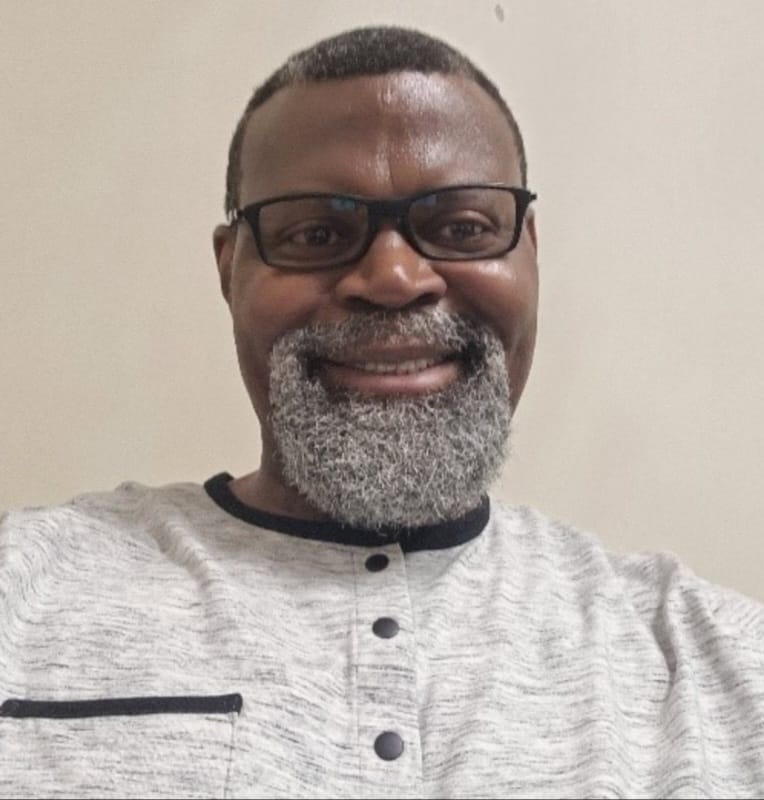
Ntufam Engr. Chris Anom CEng, CMarEng, FIMarEST, FRINA
